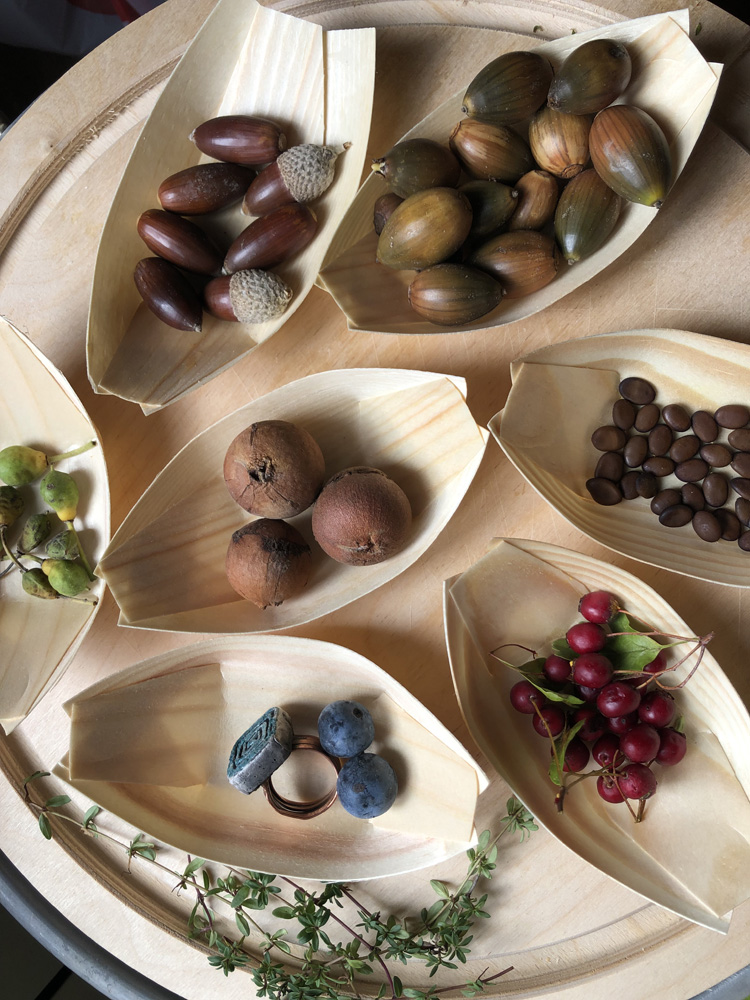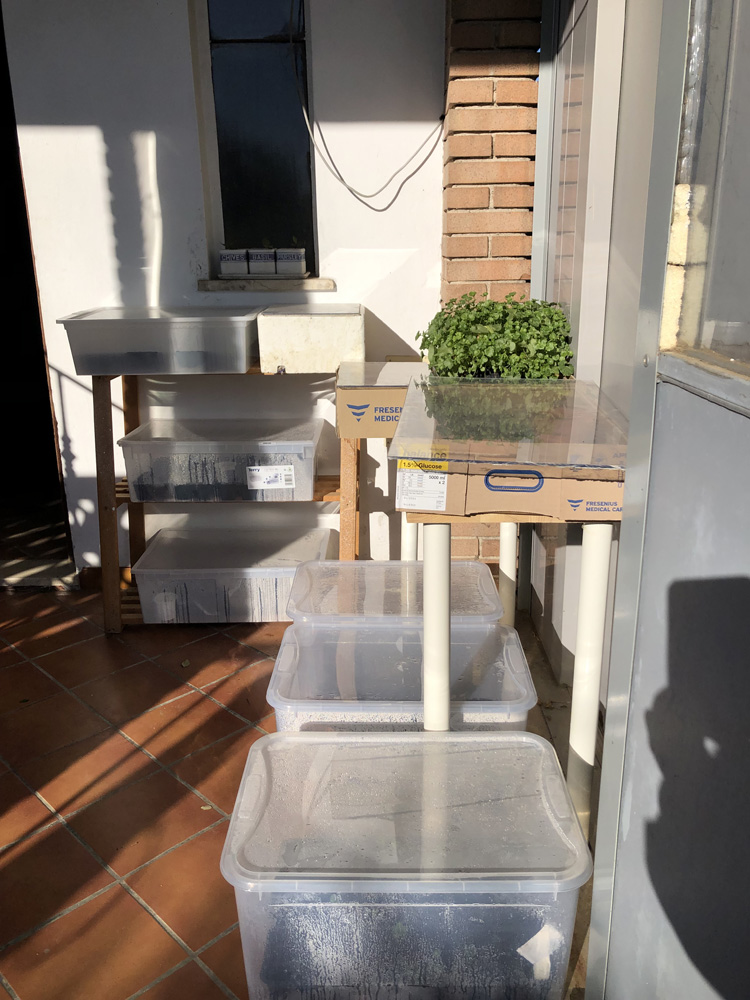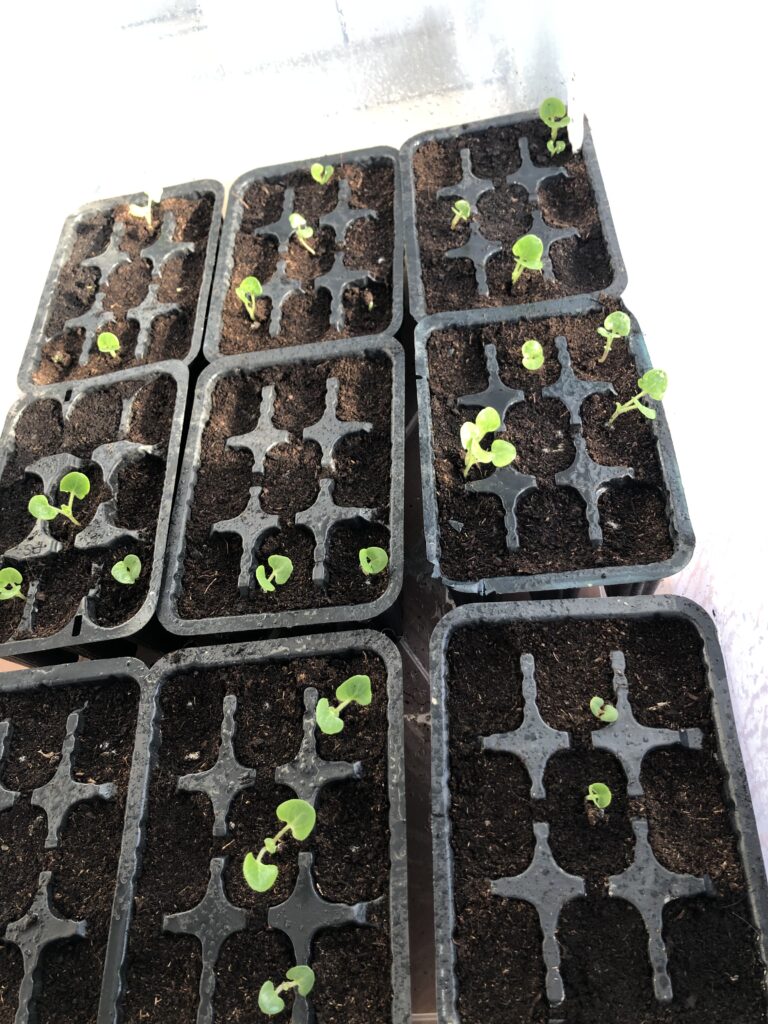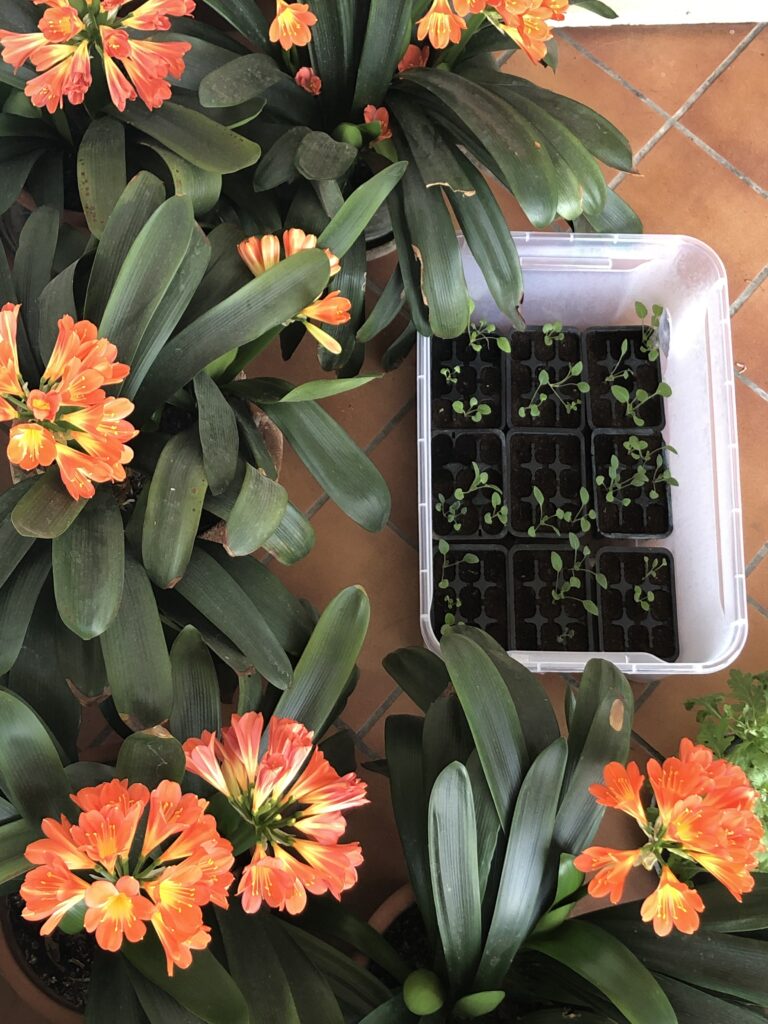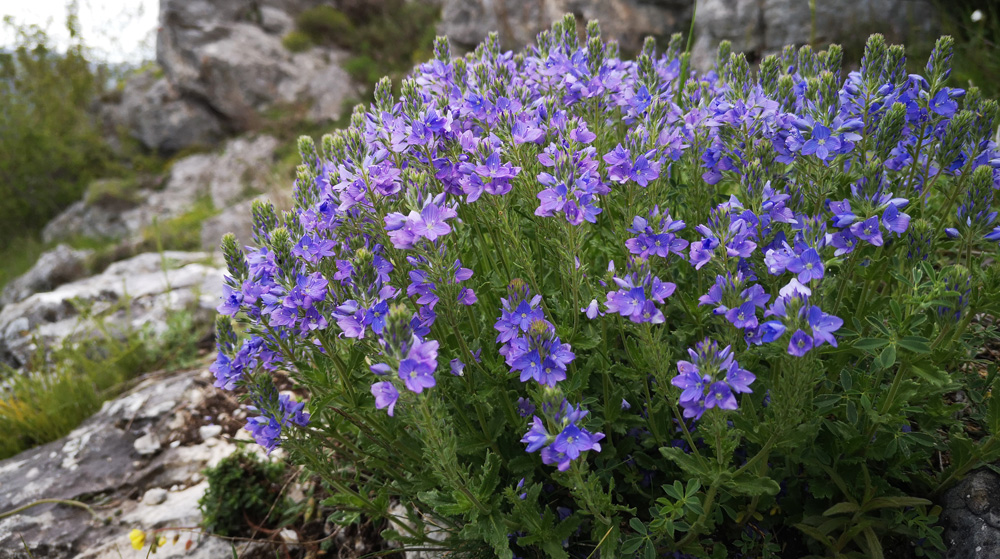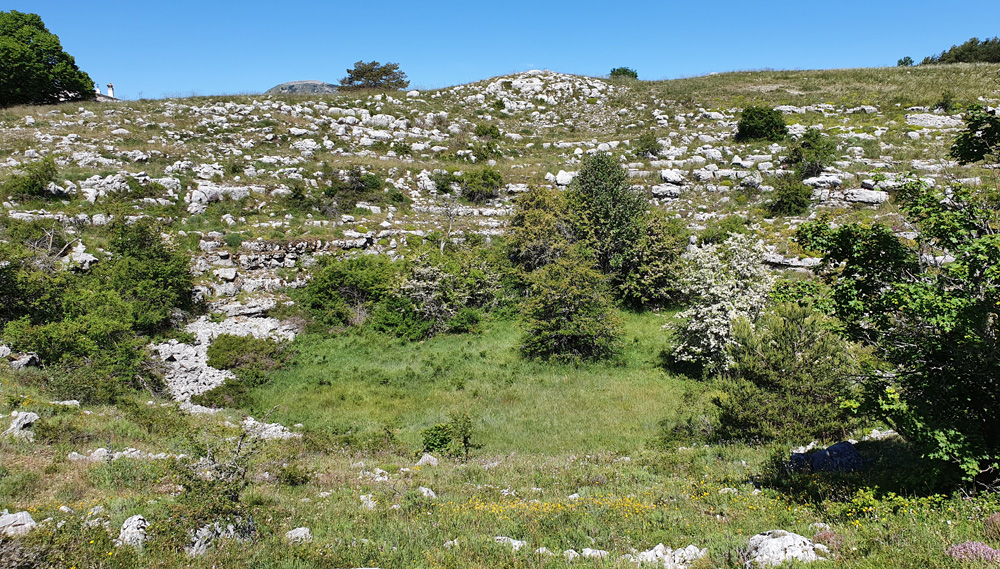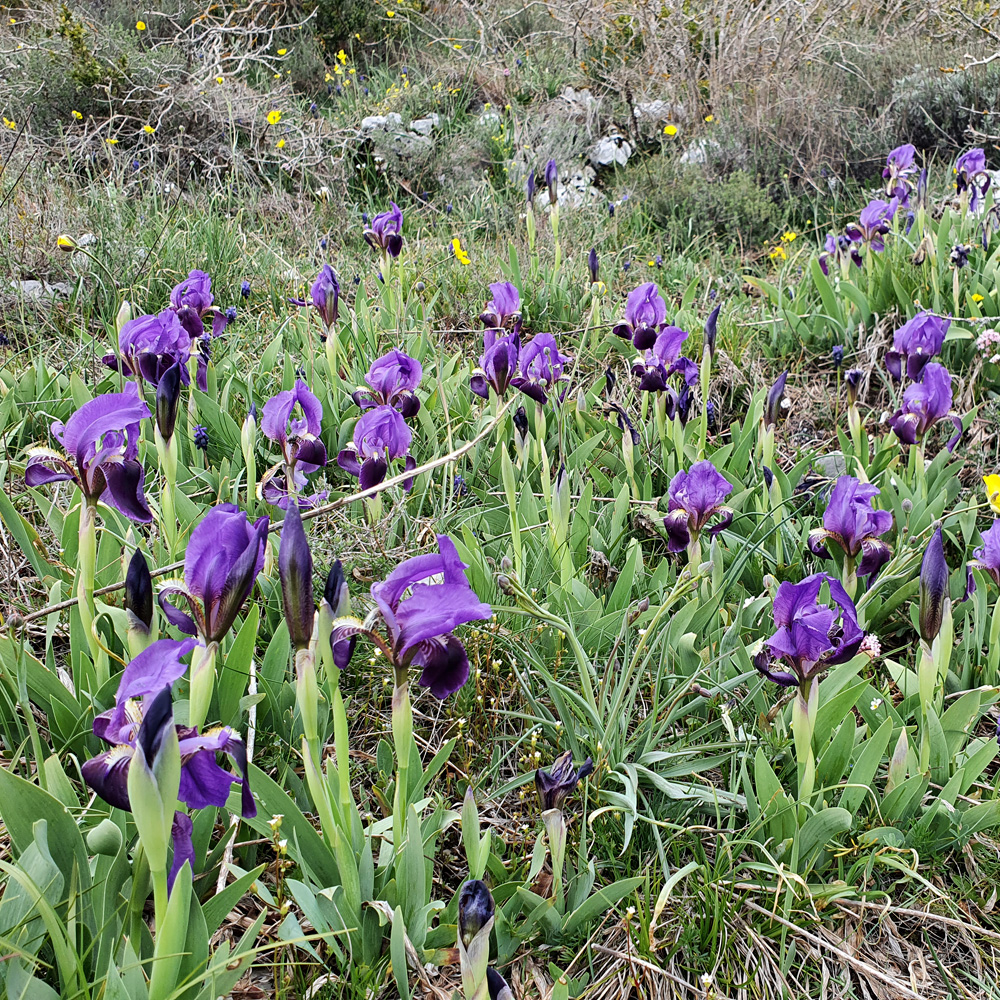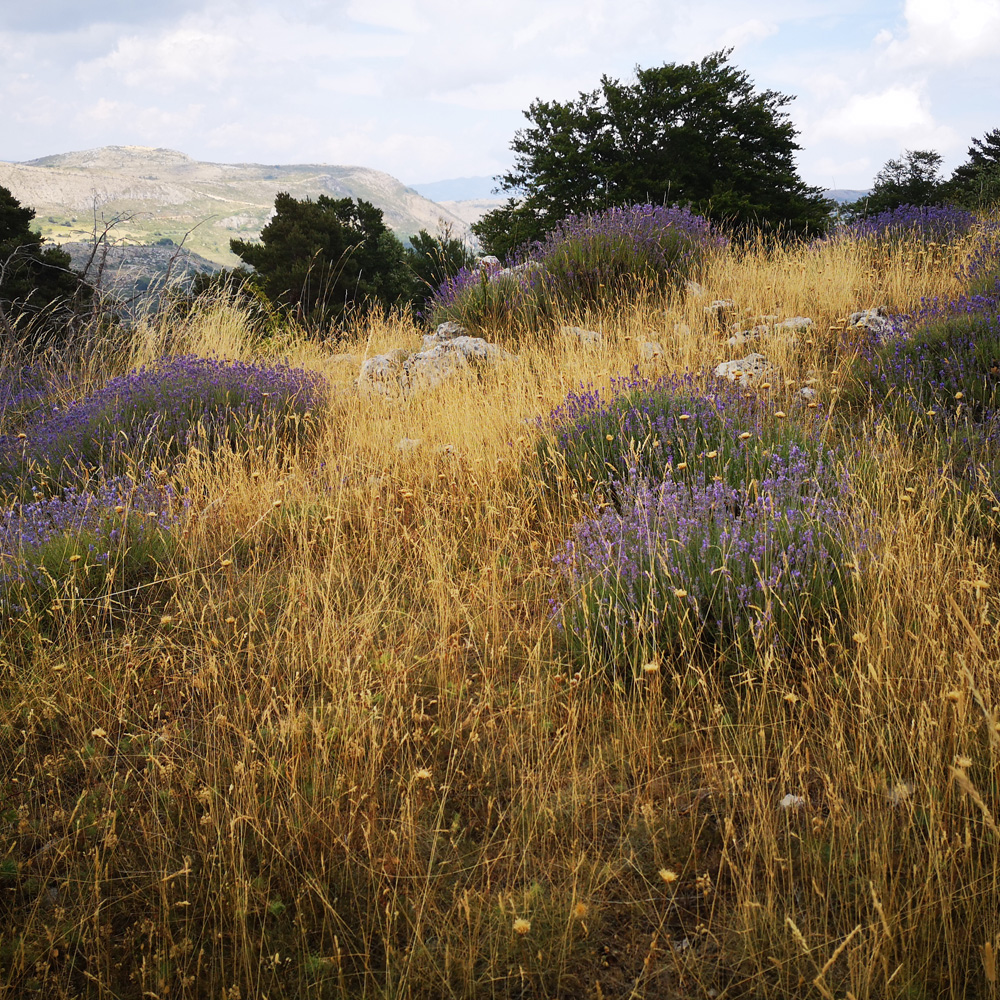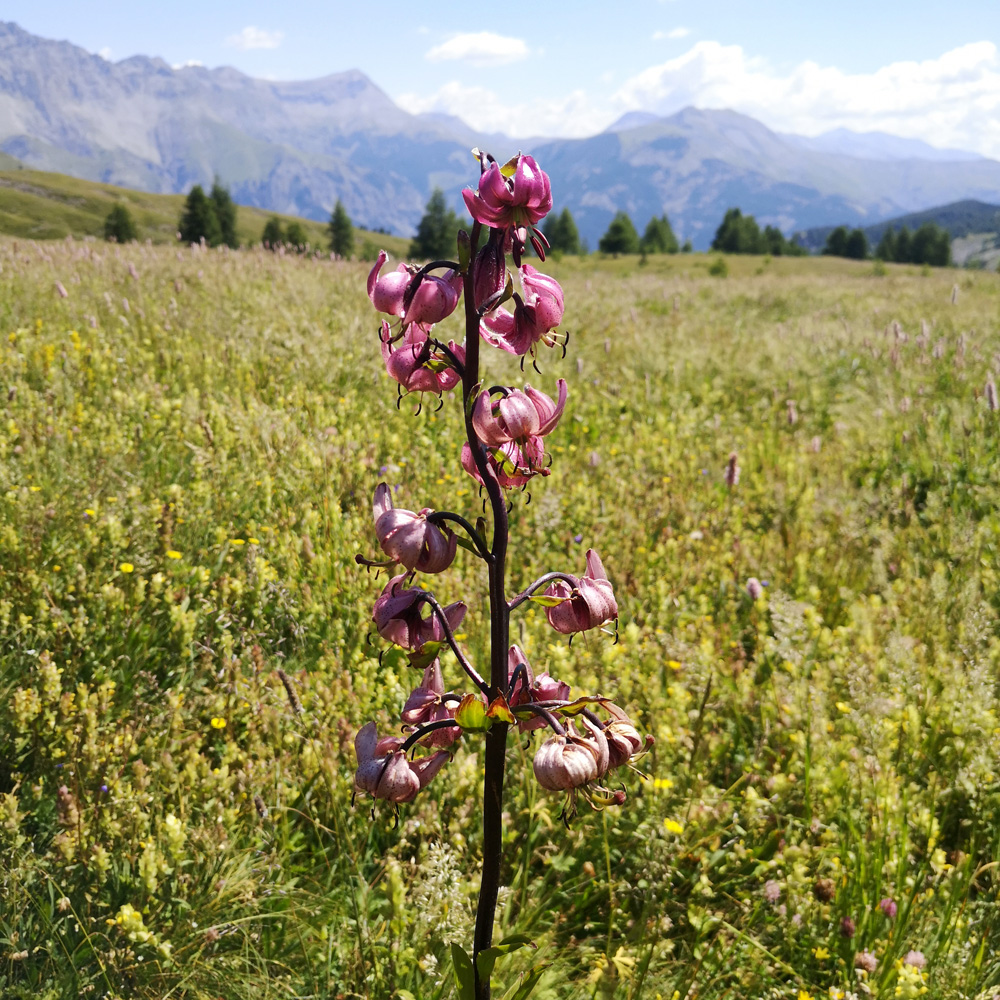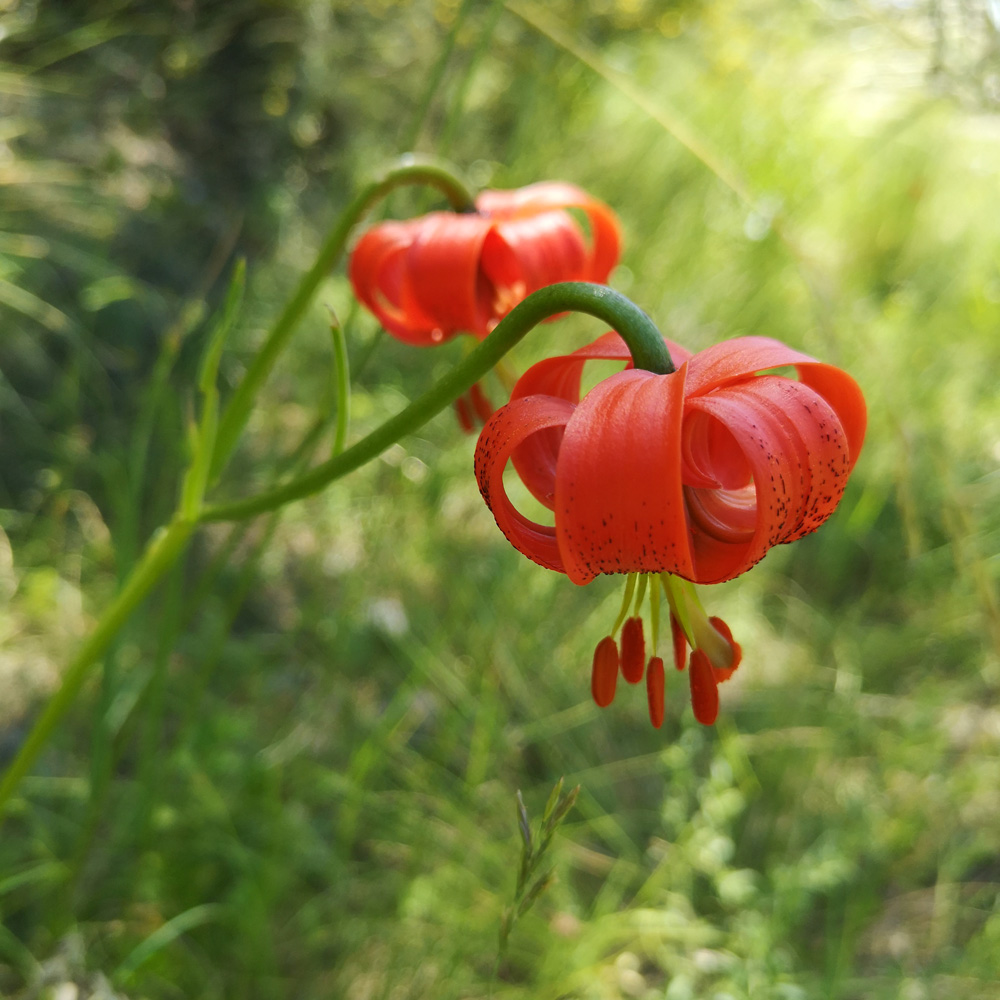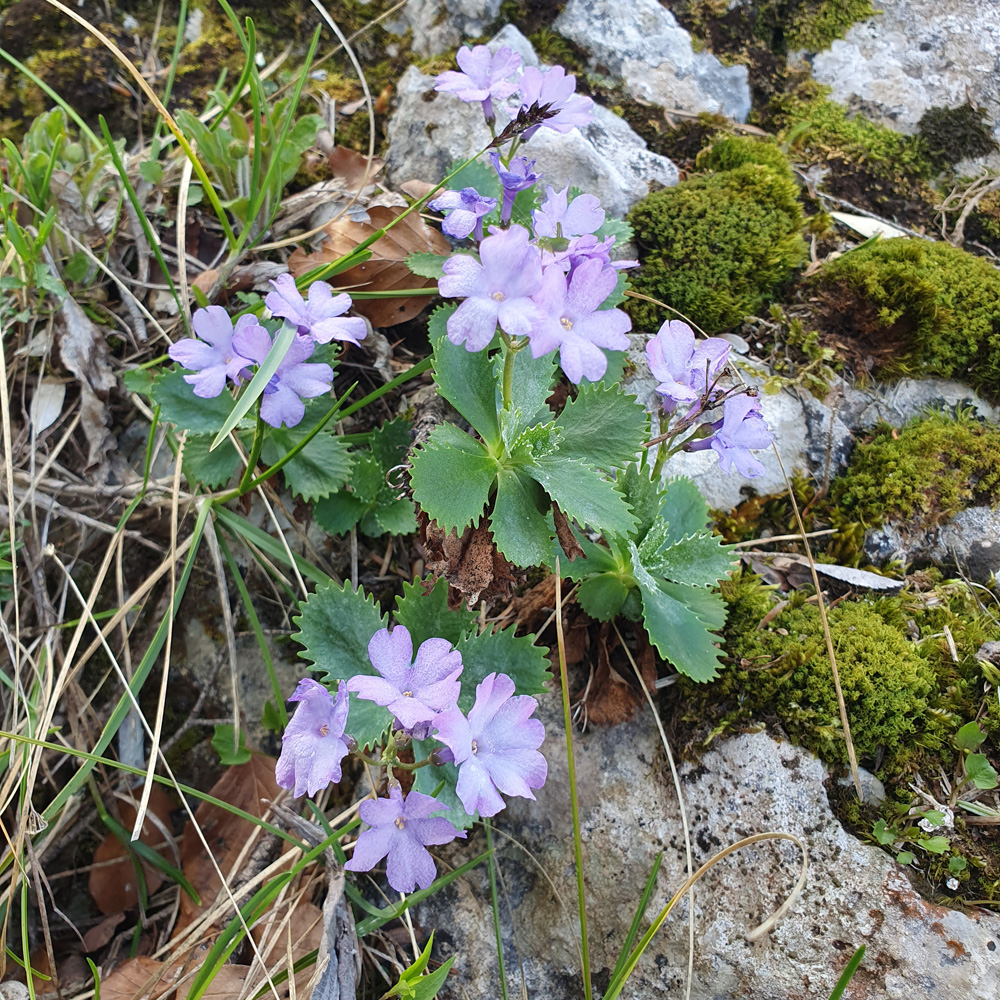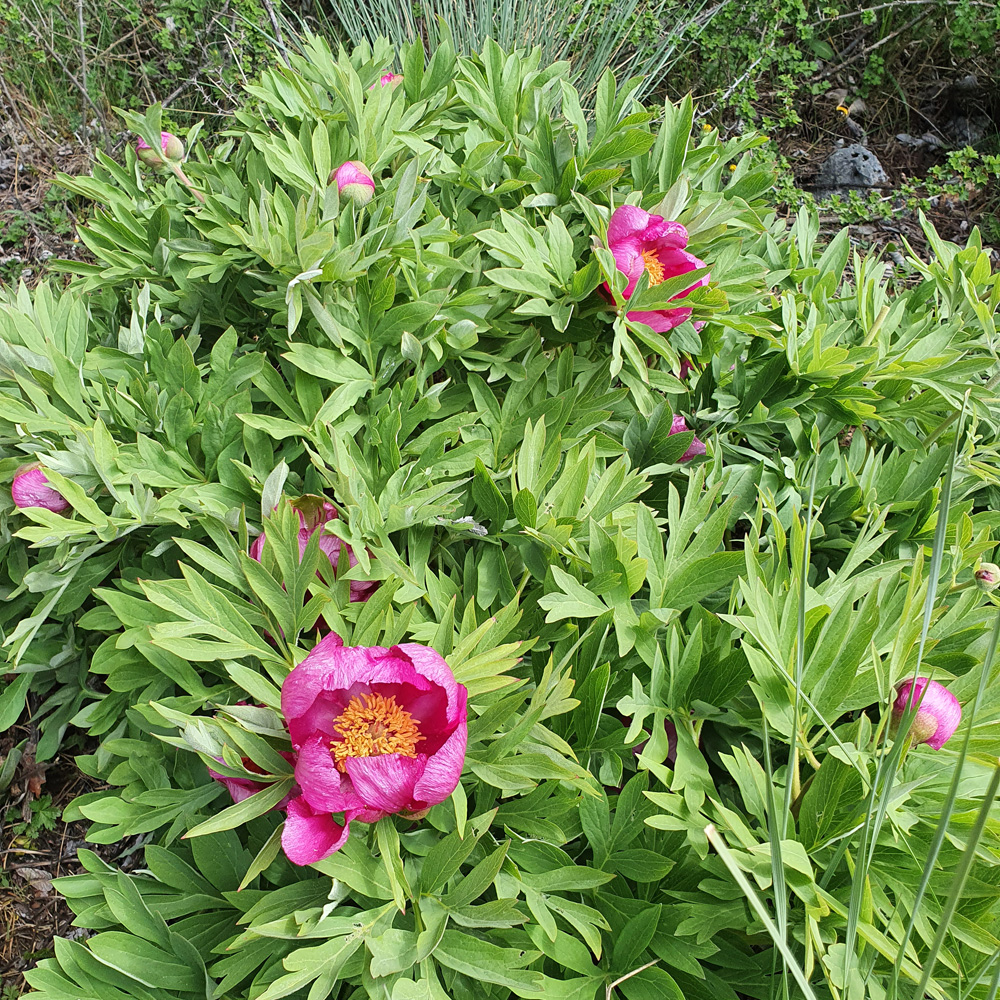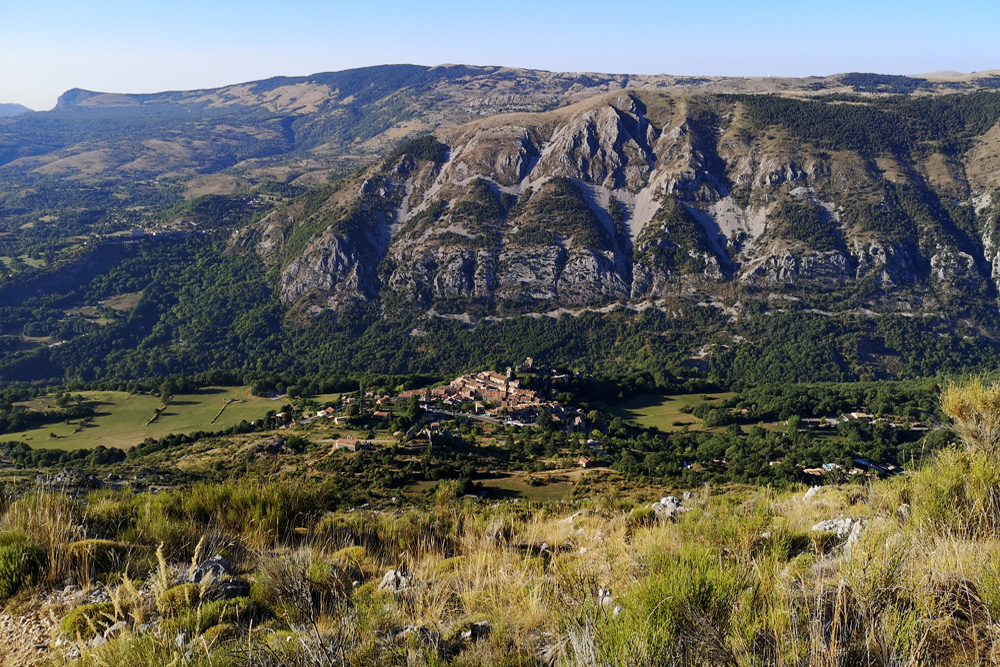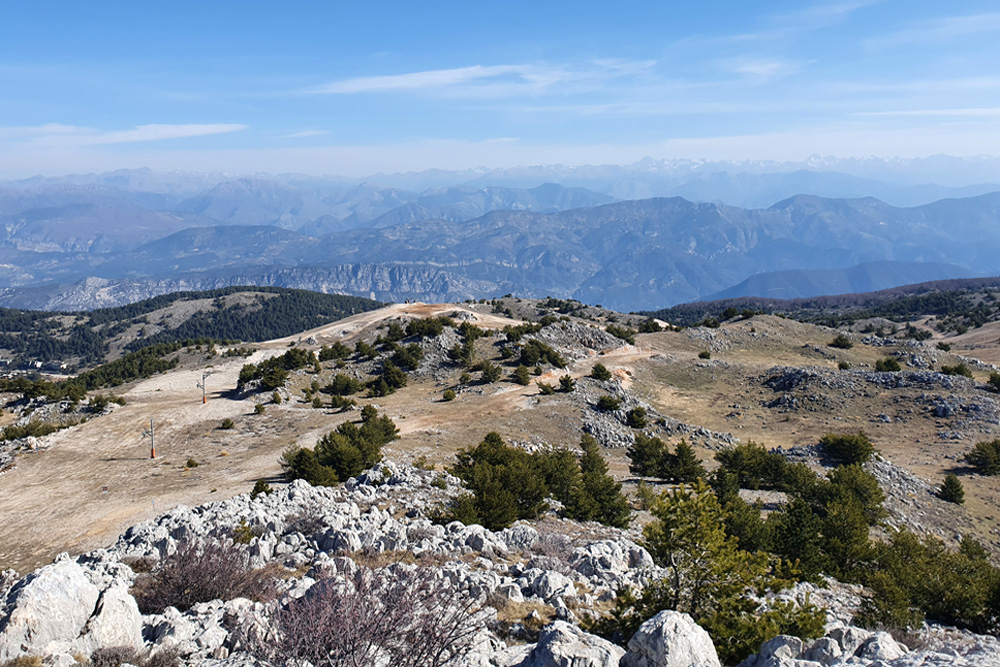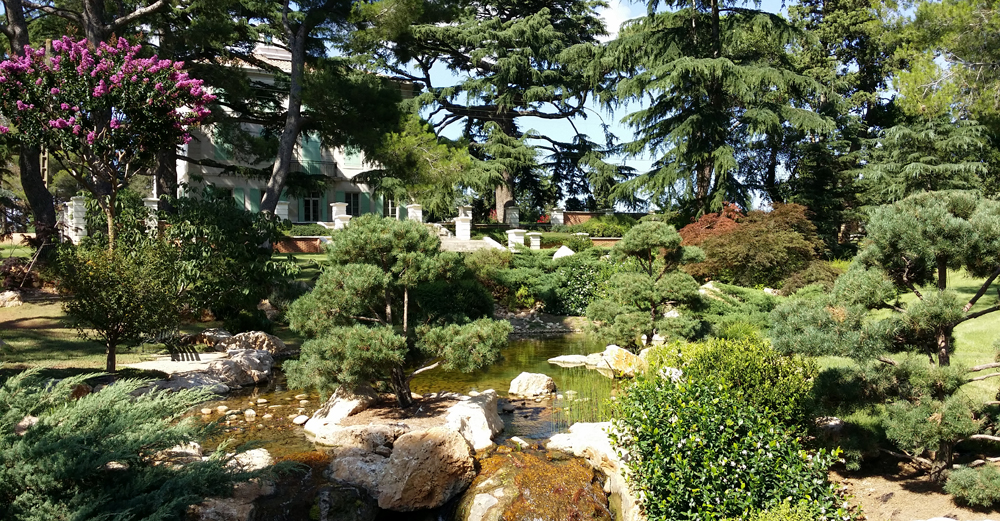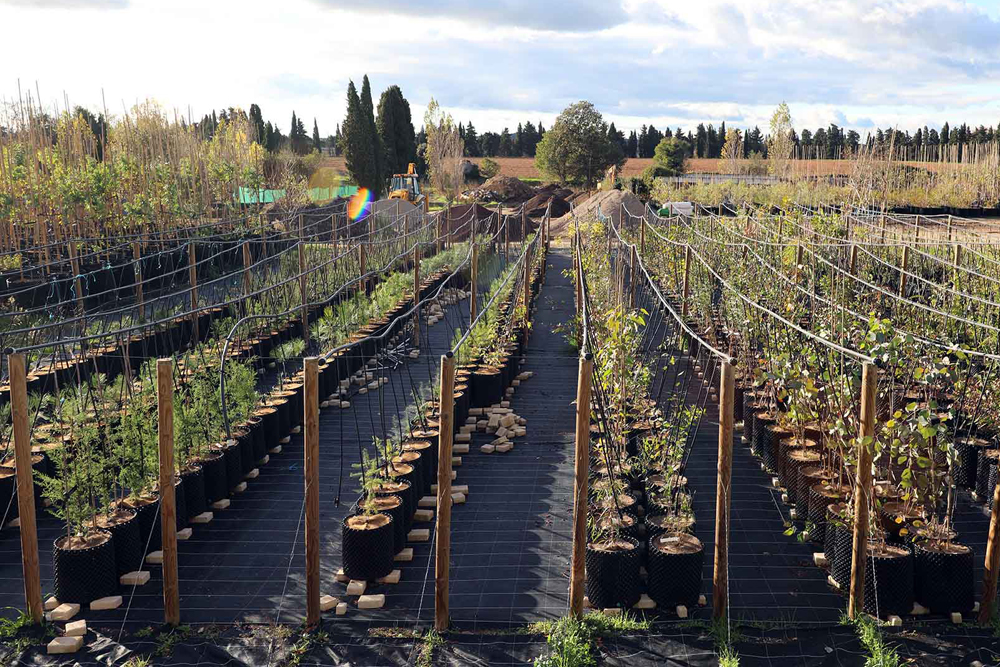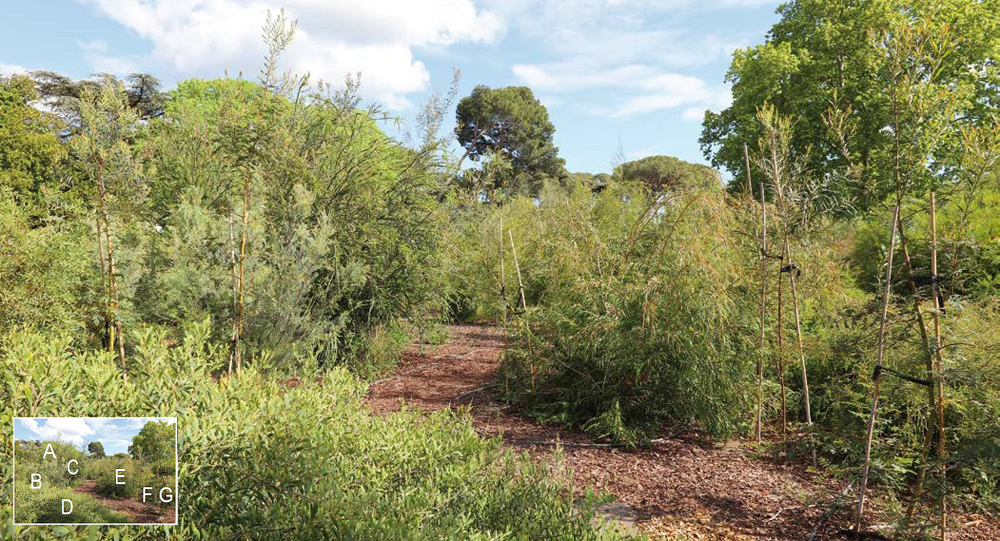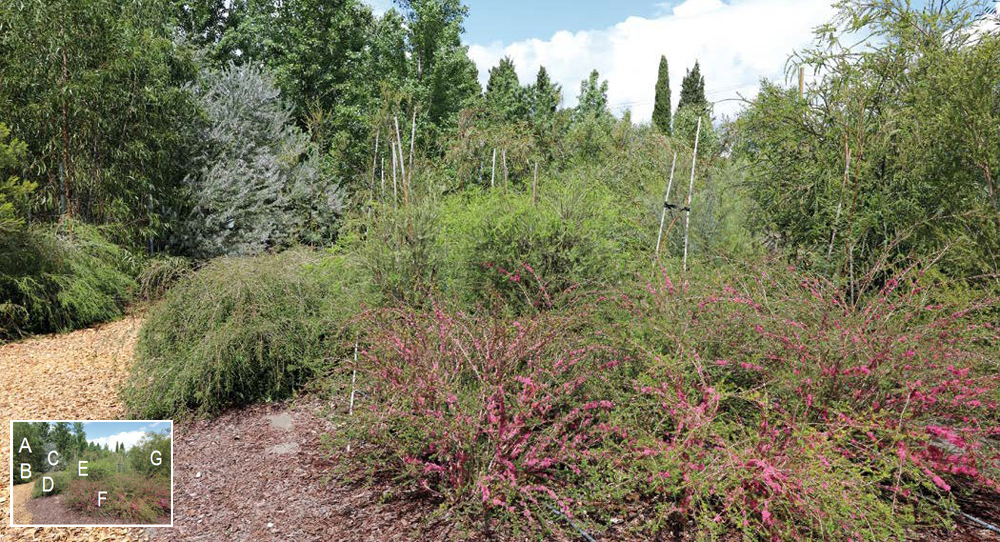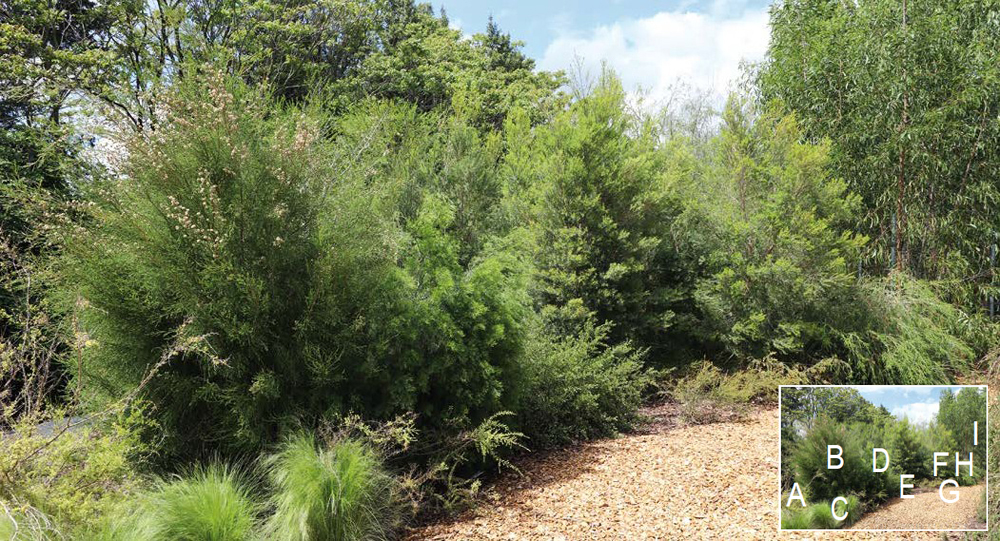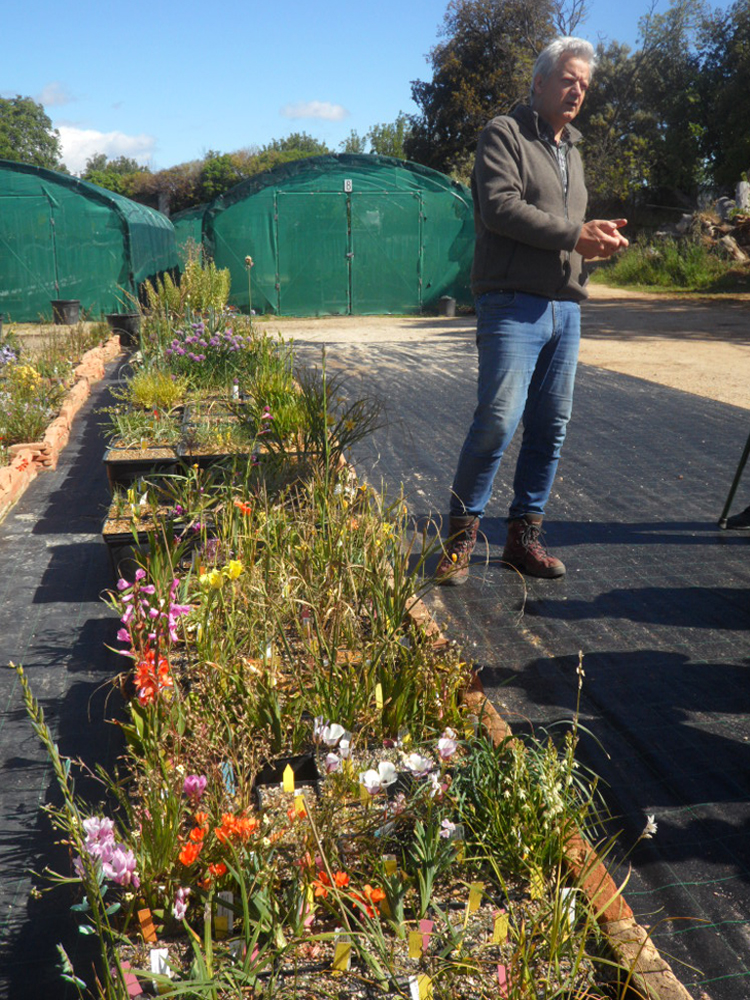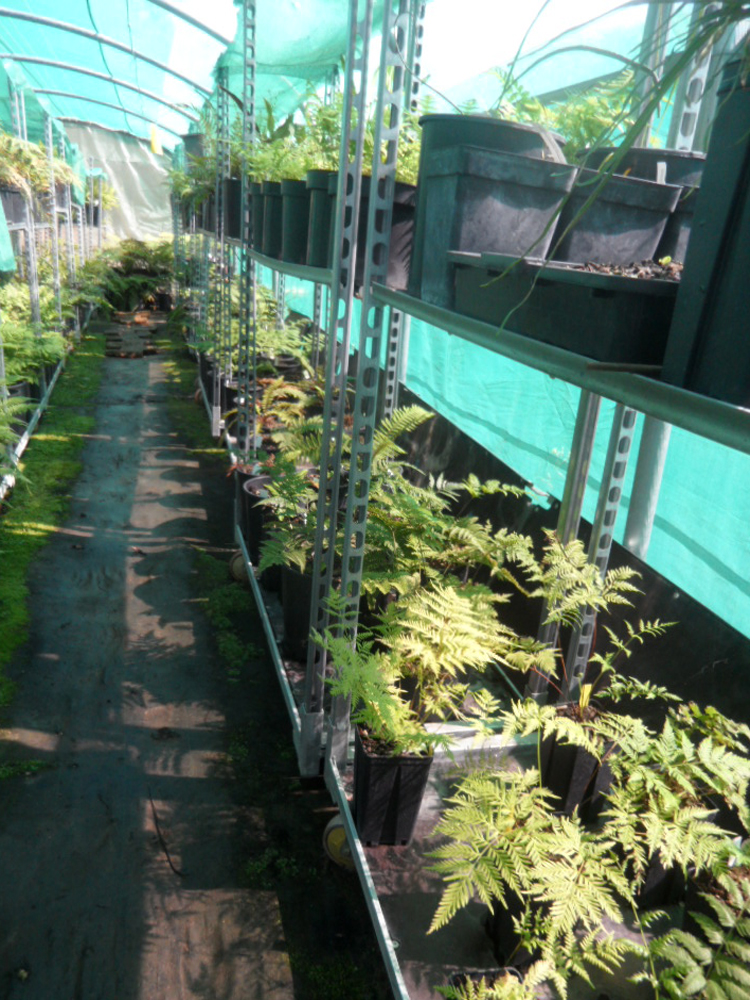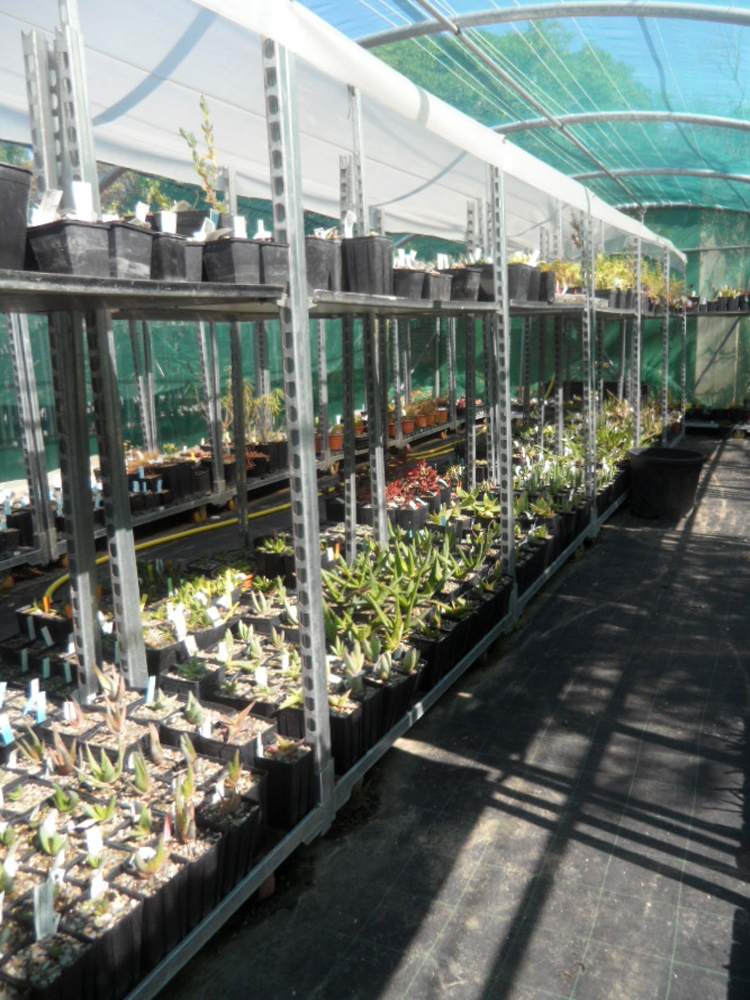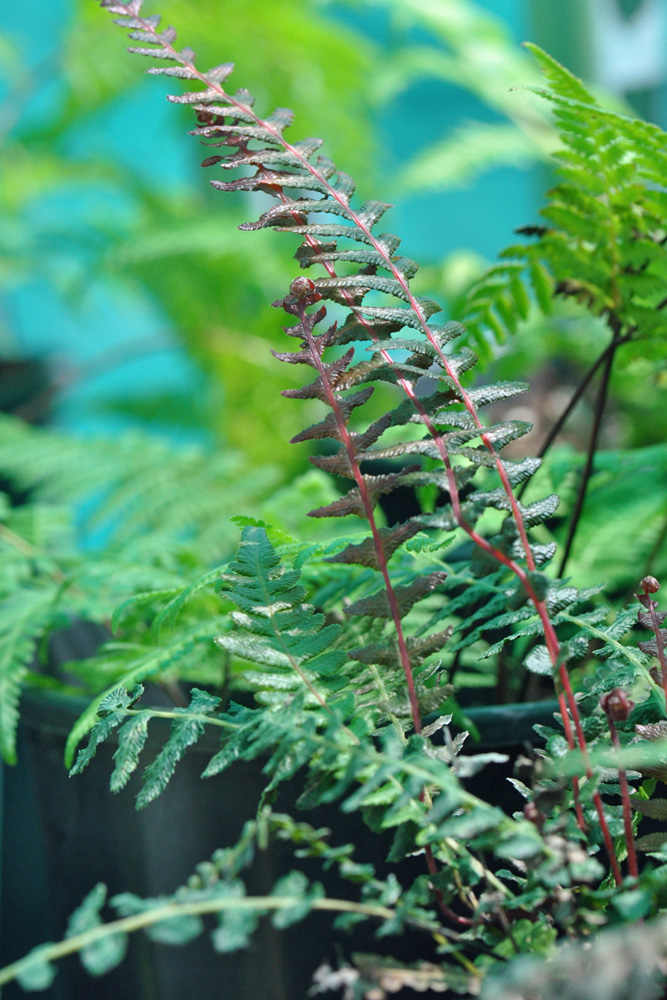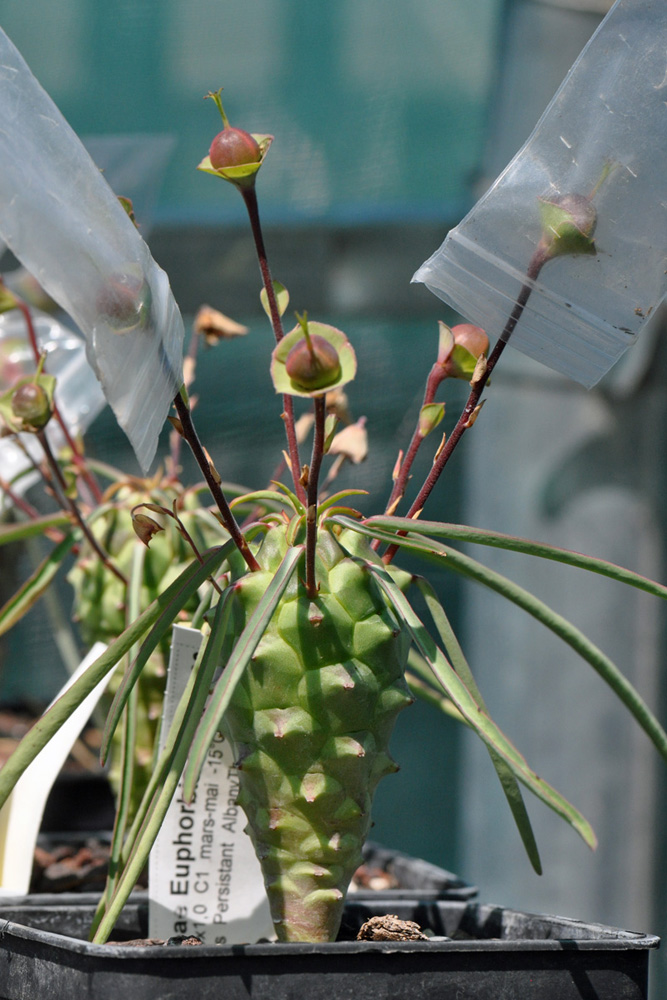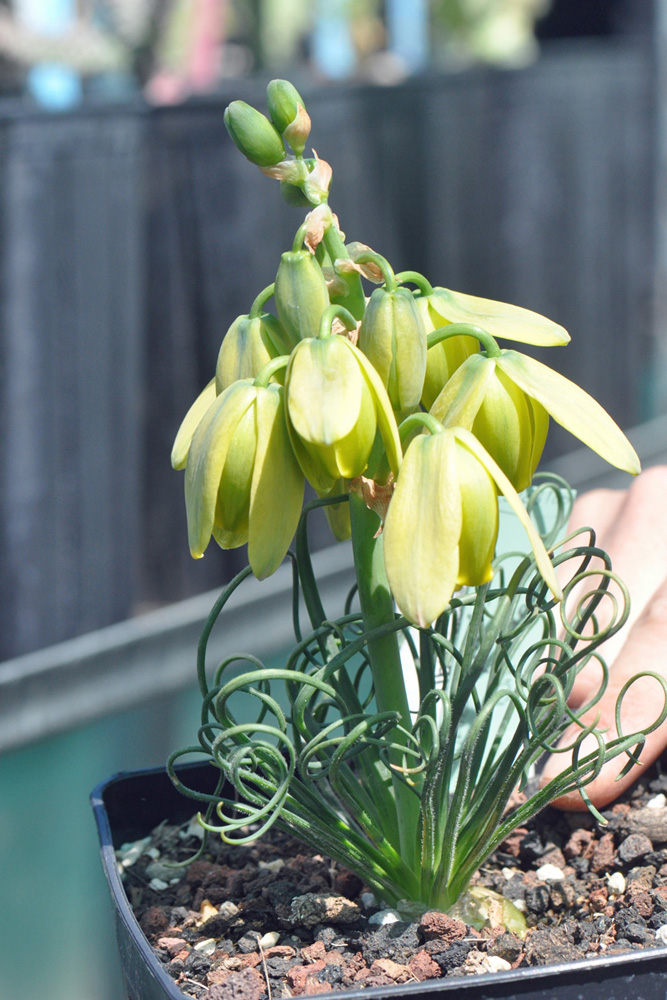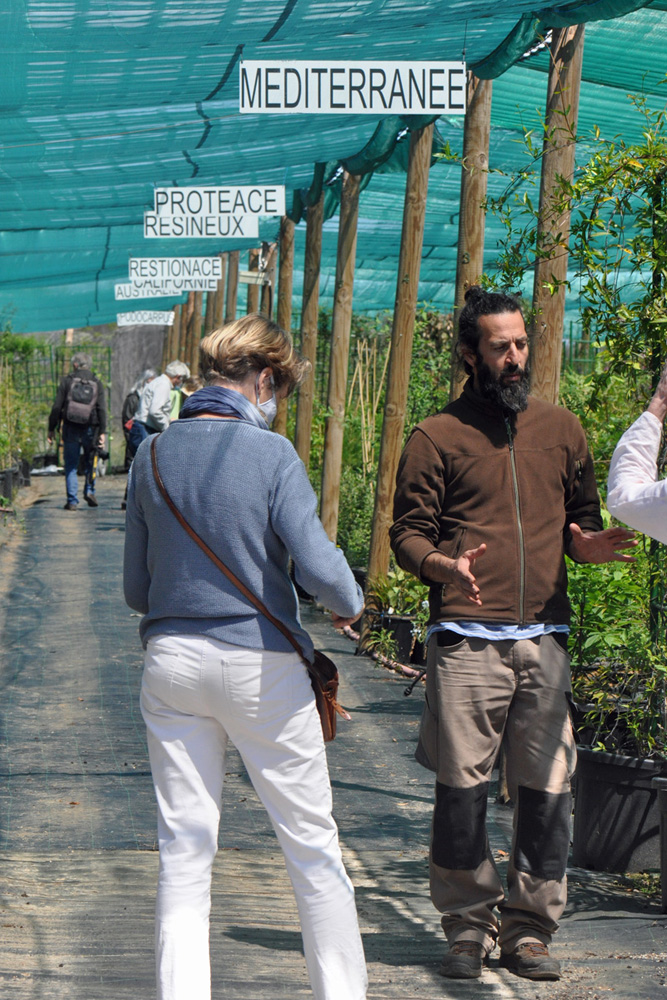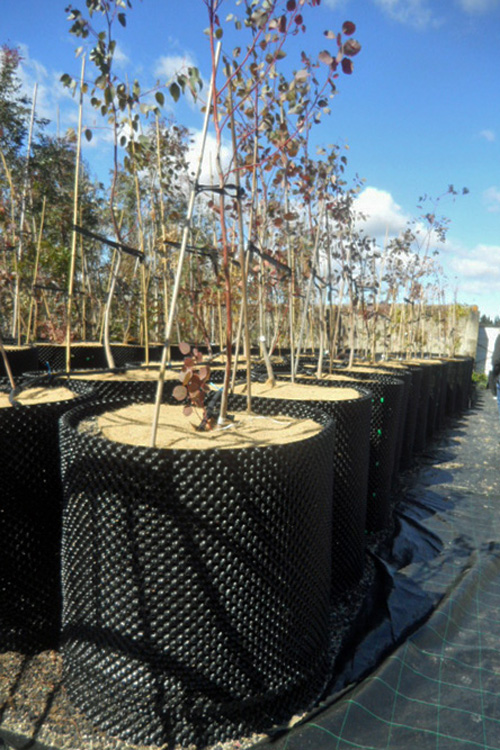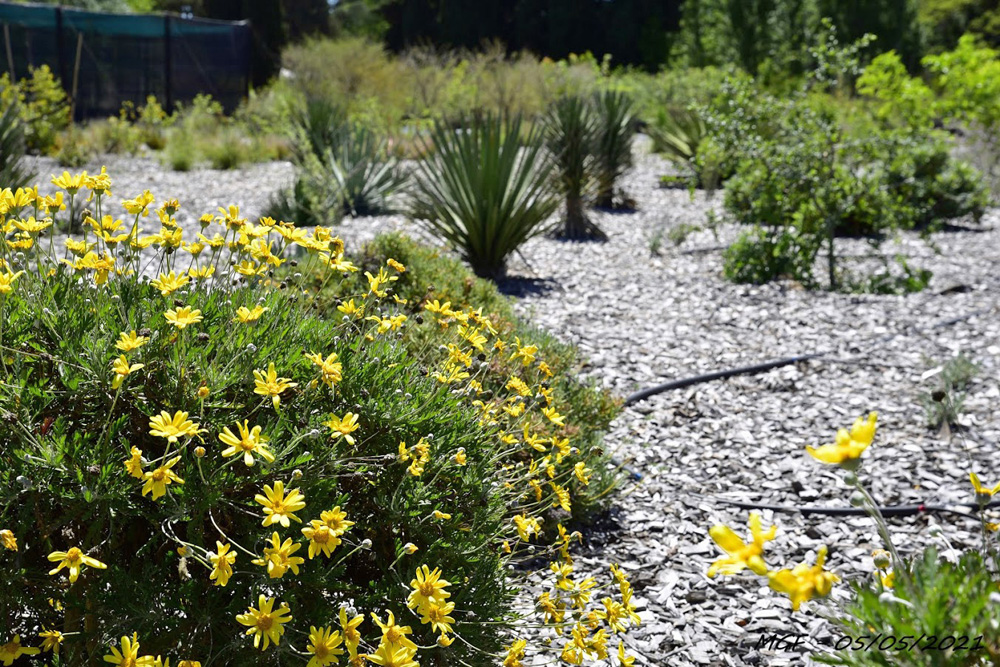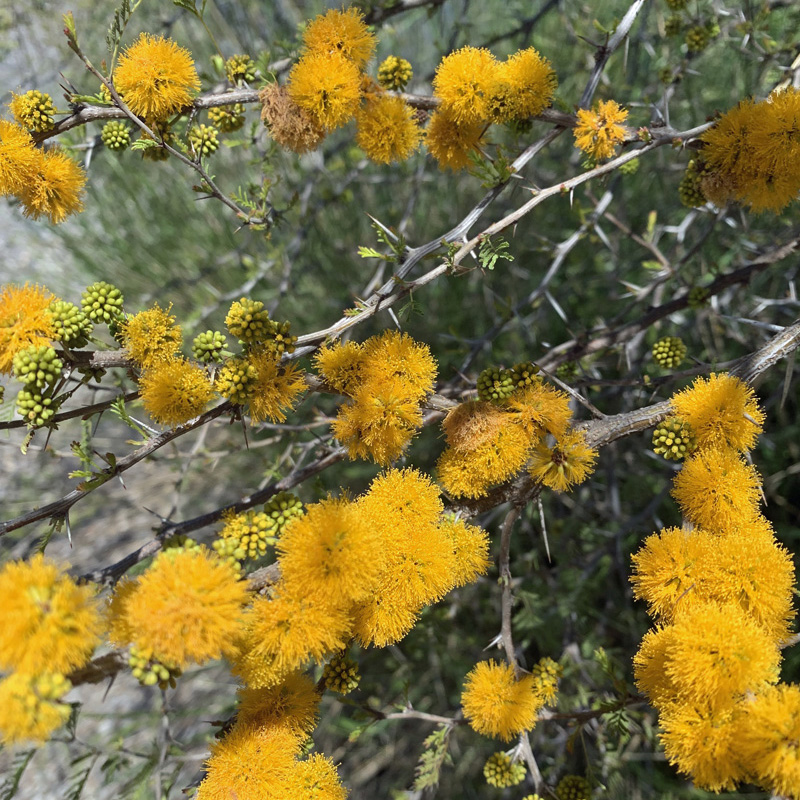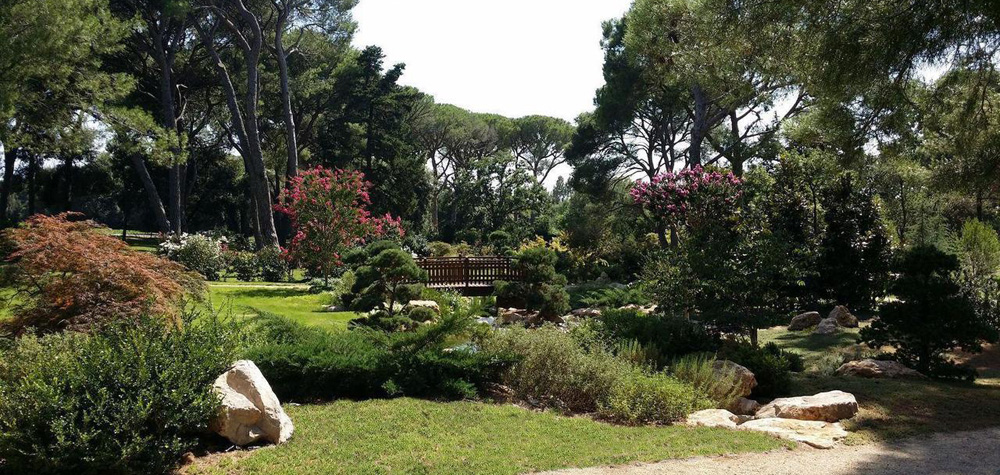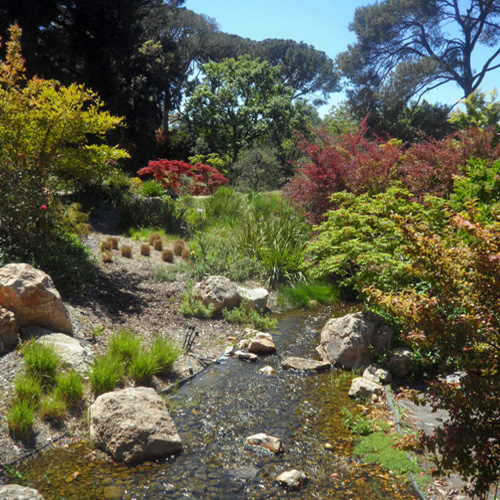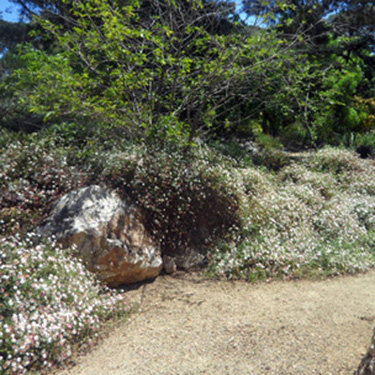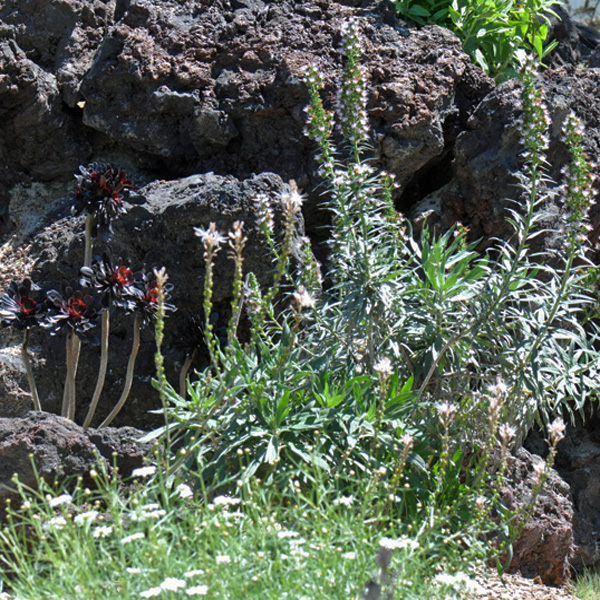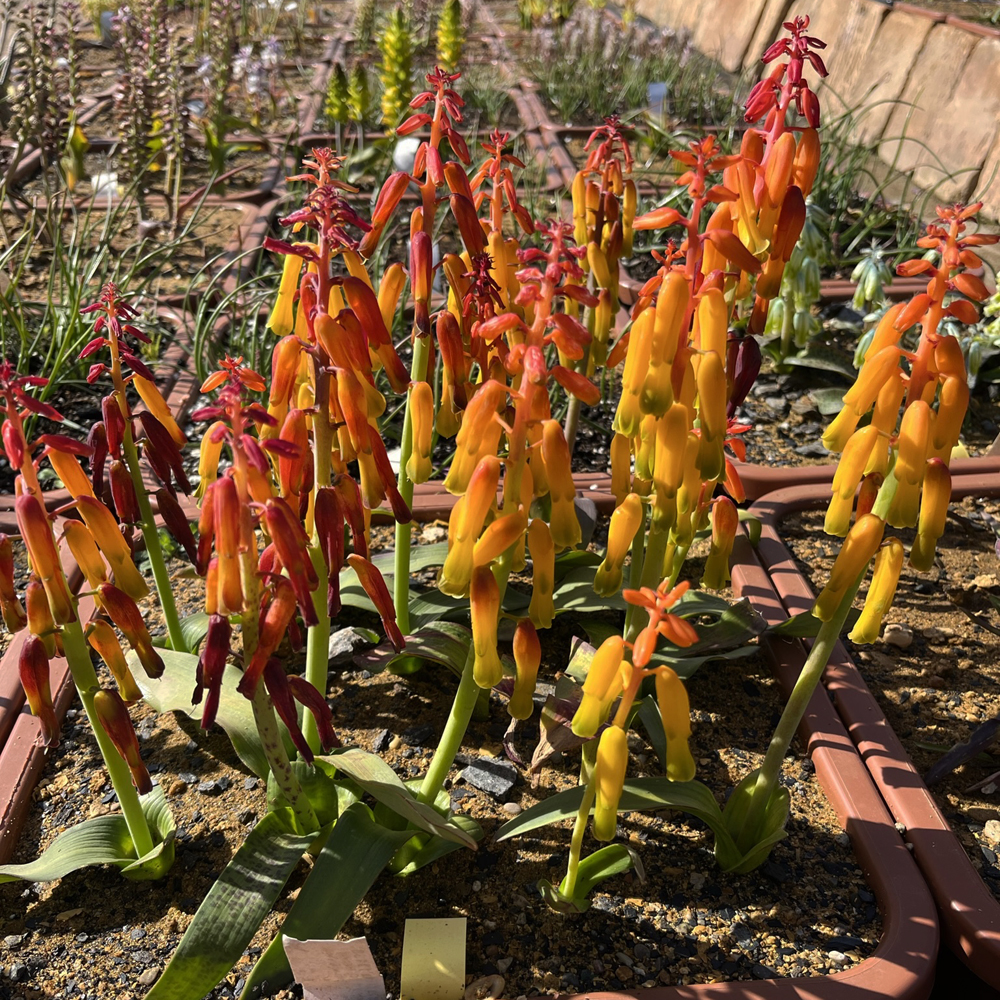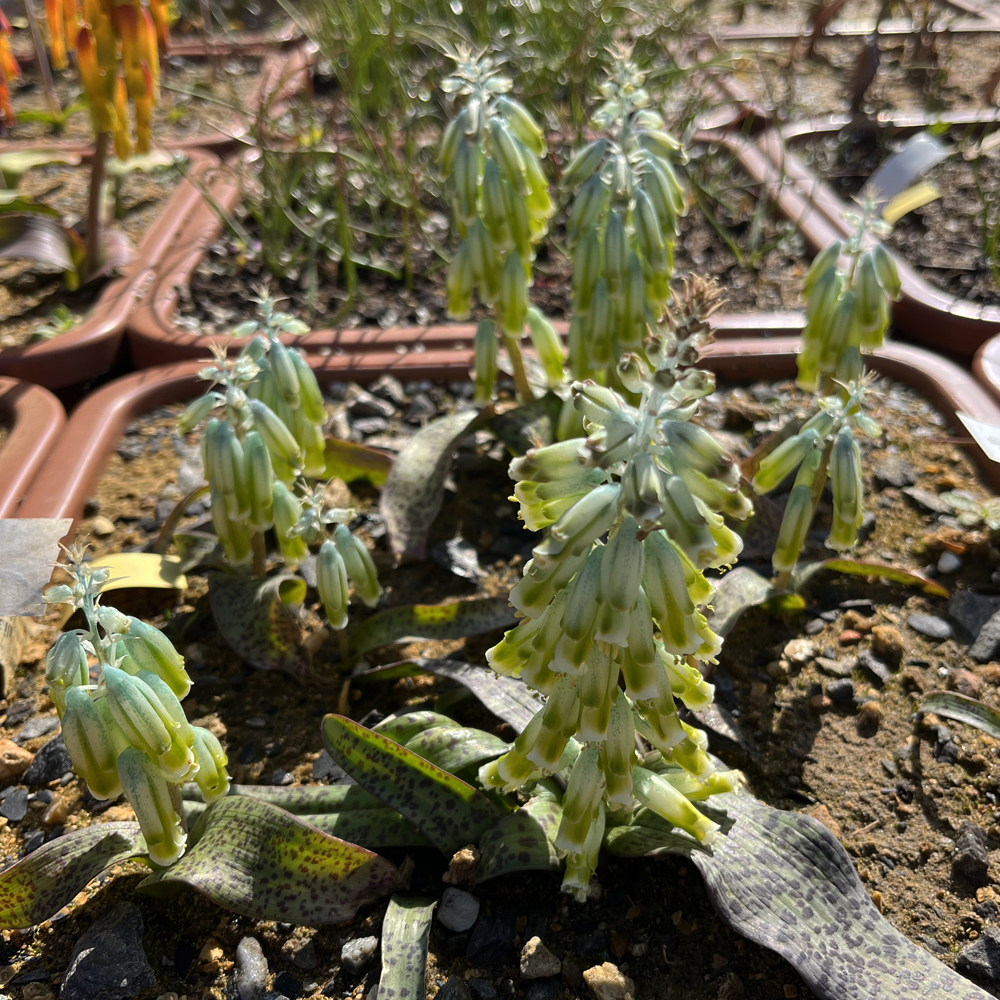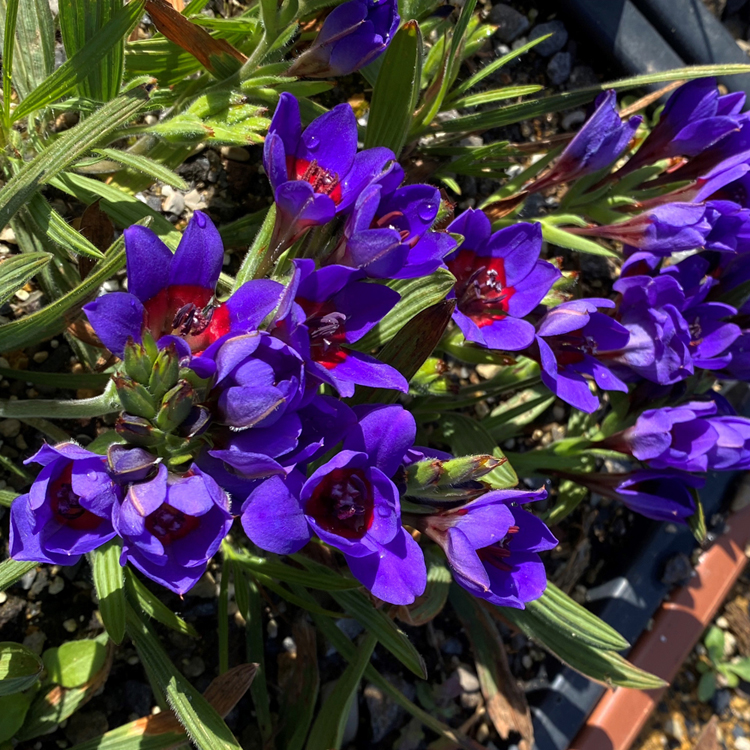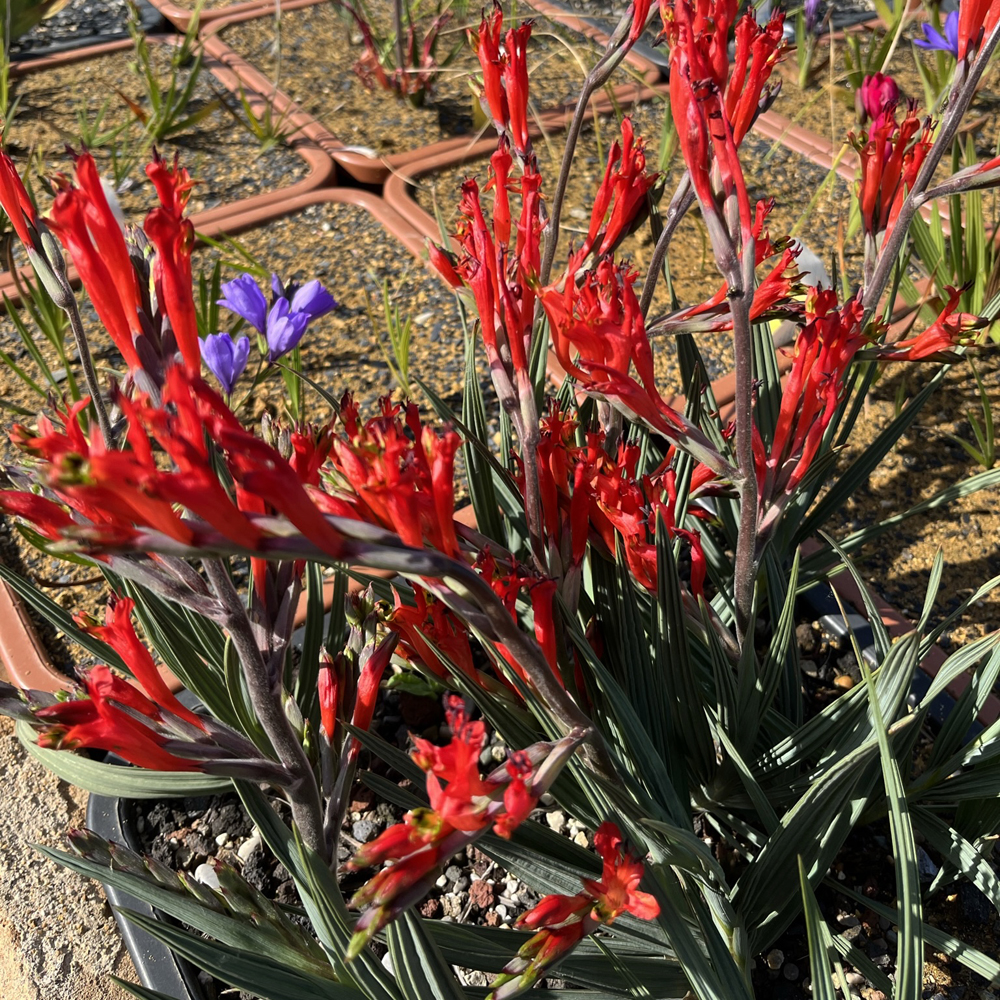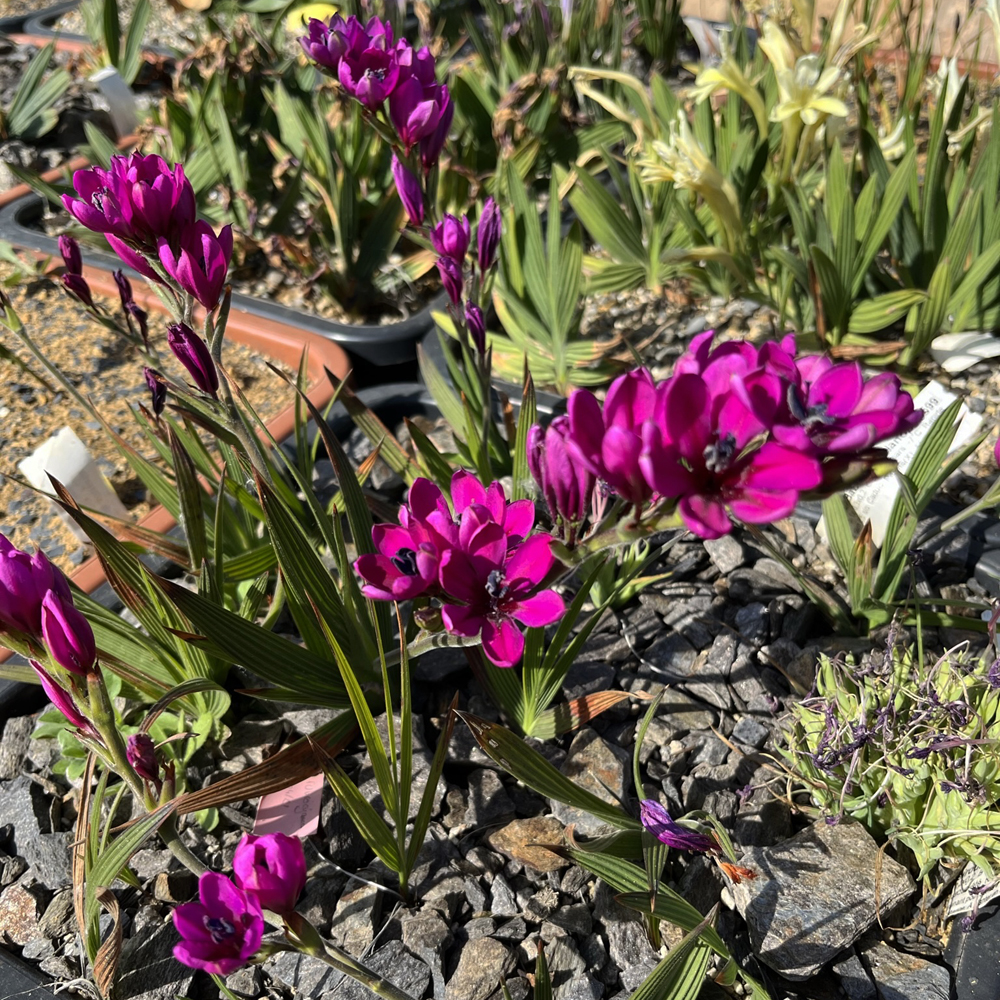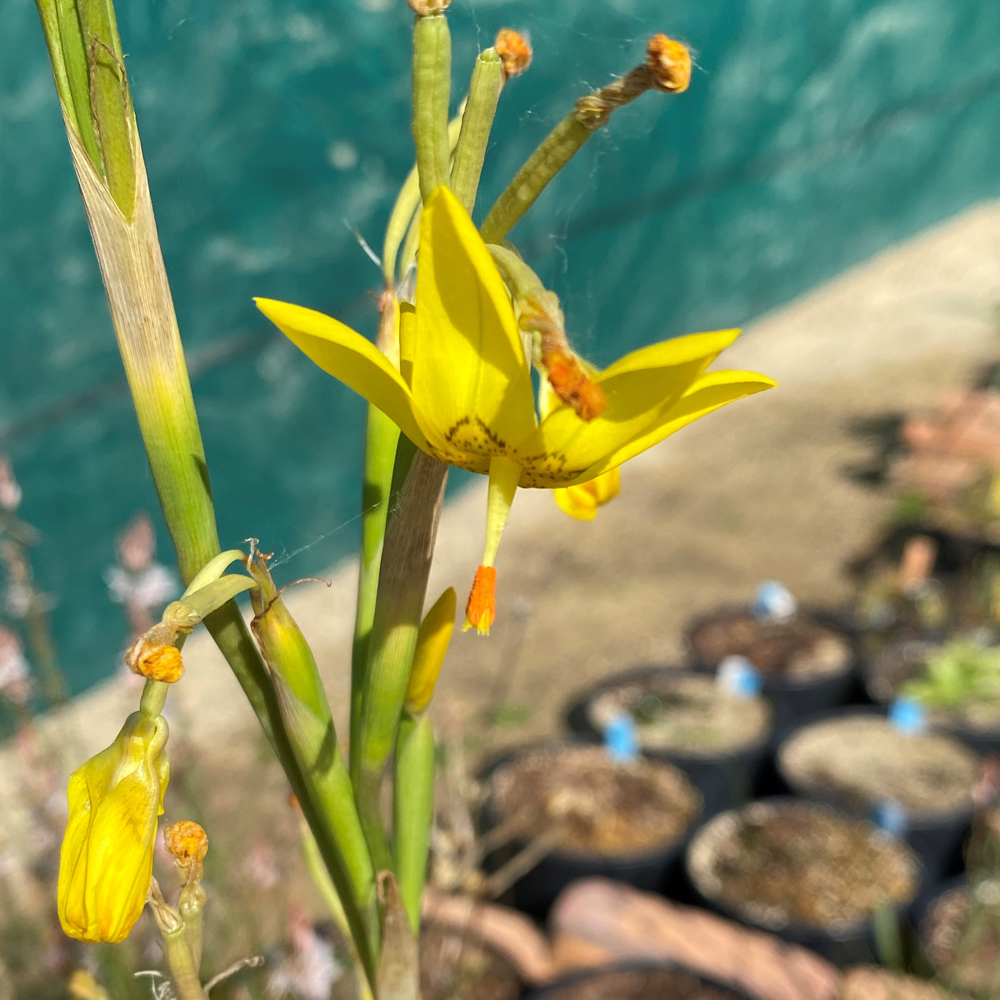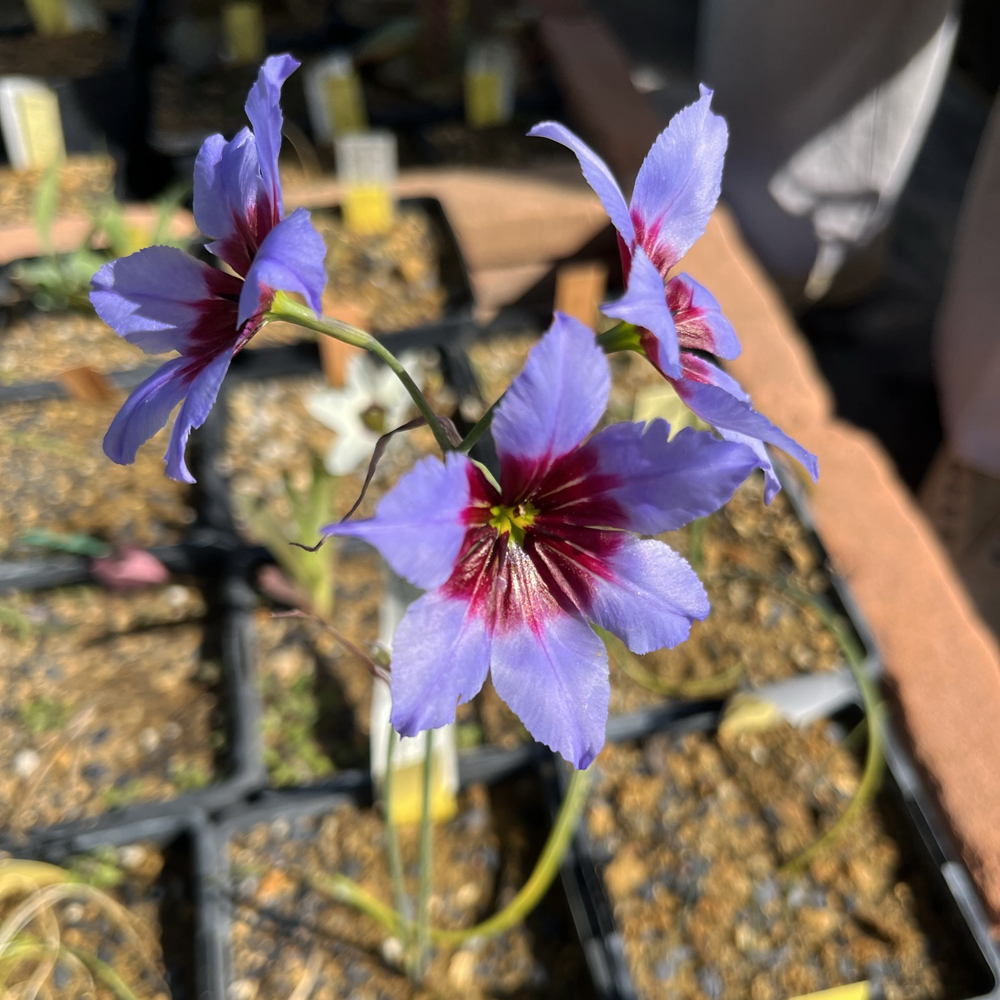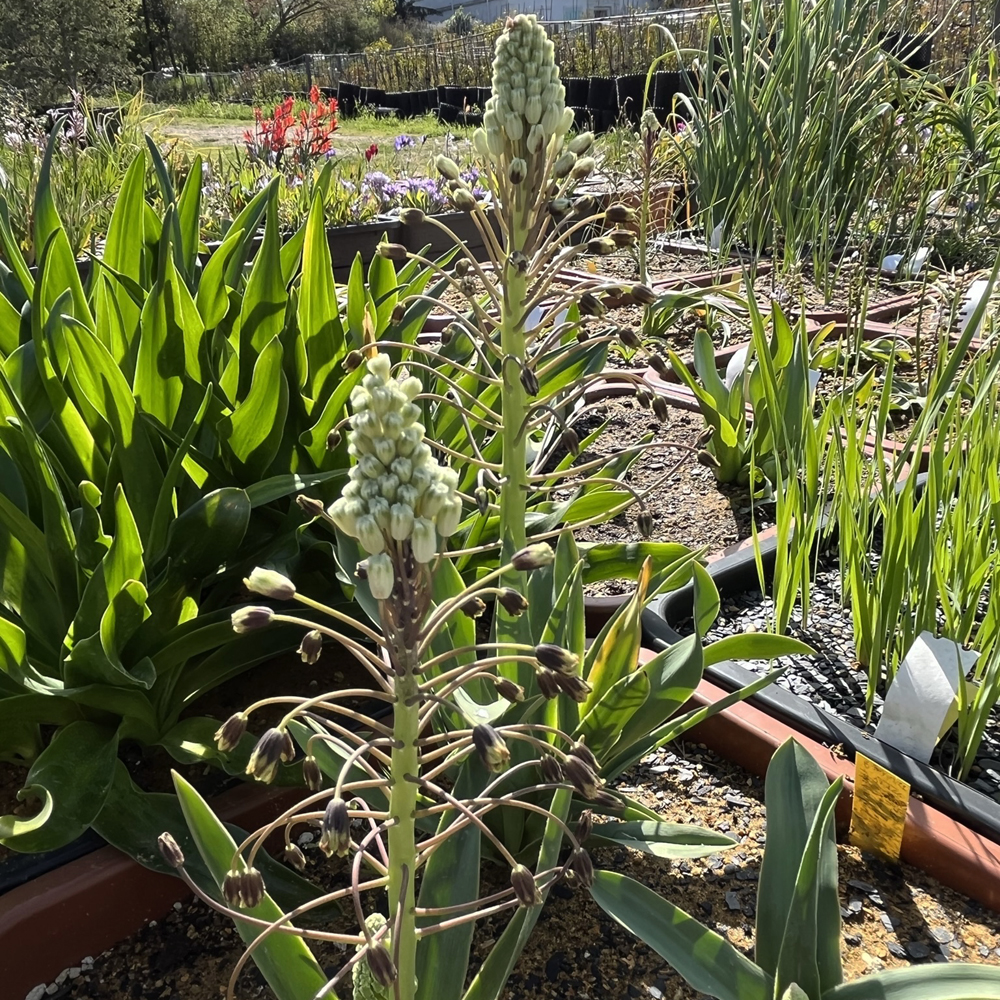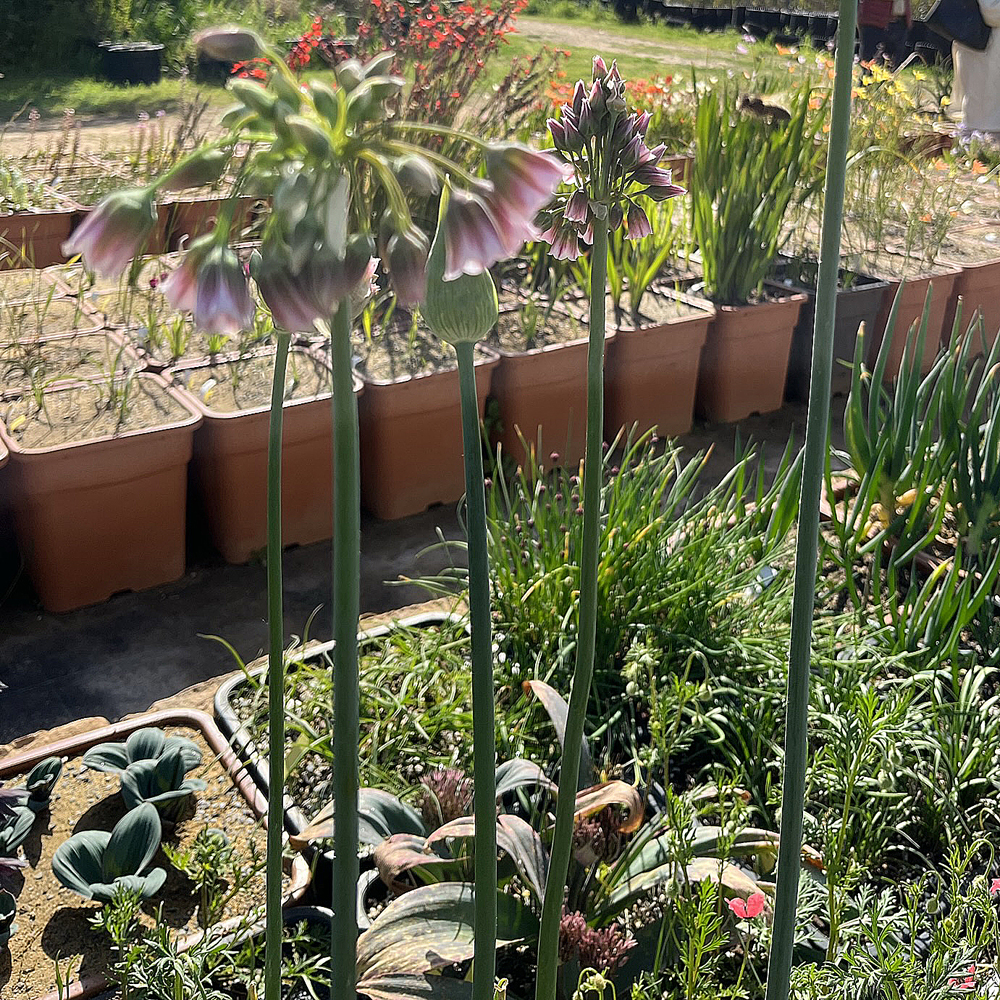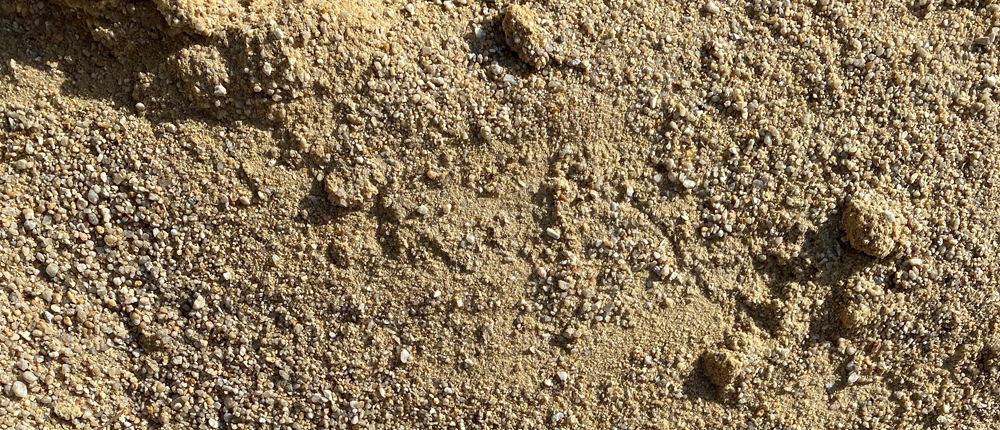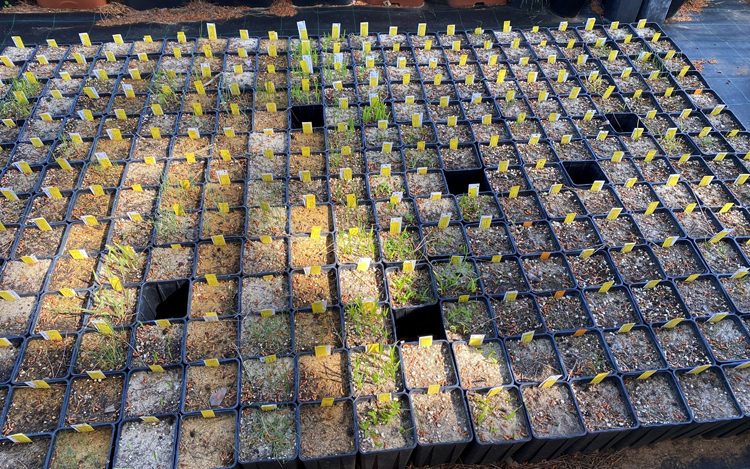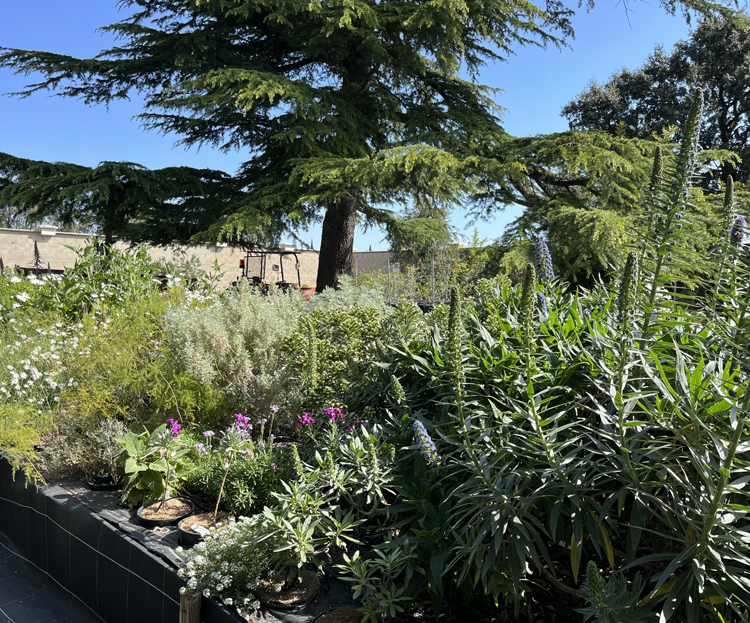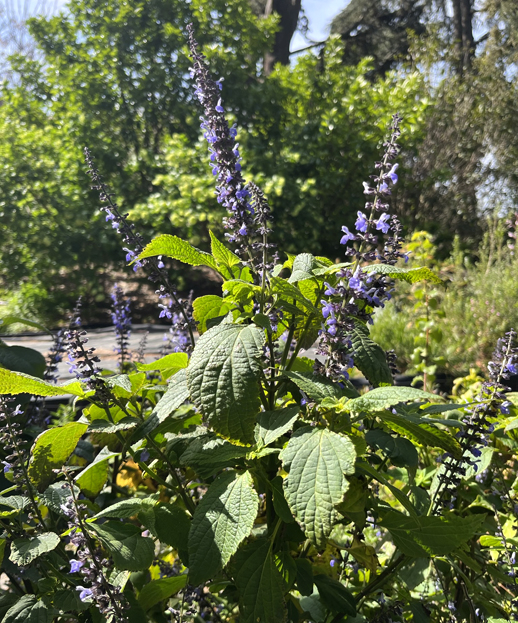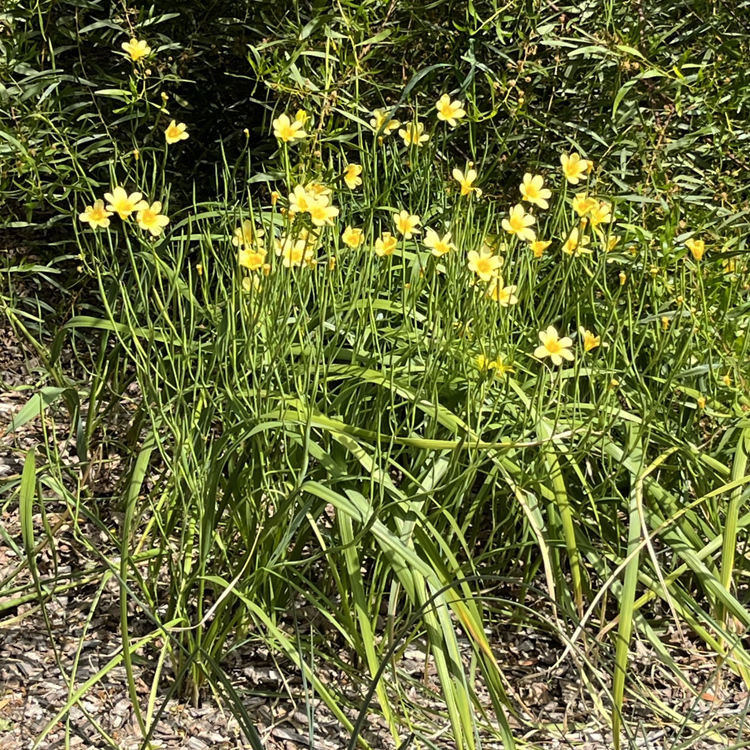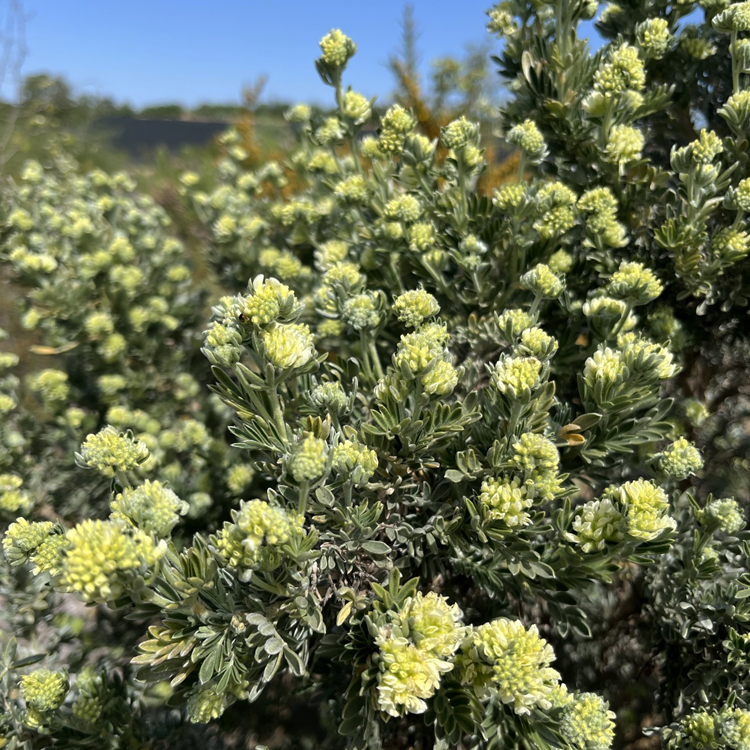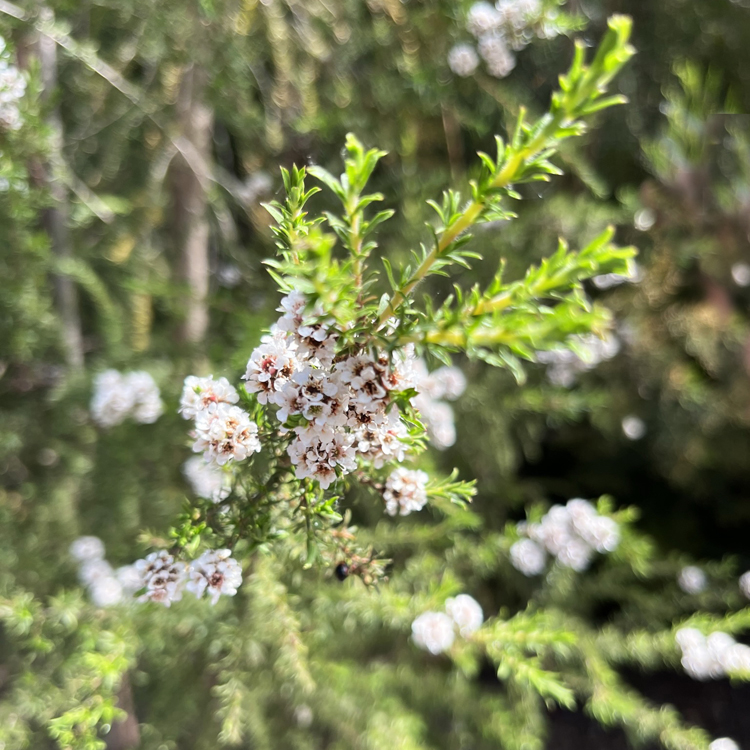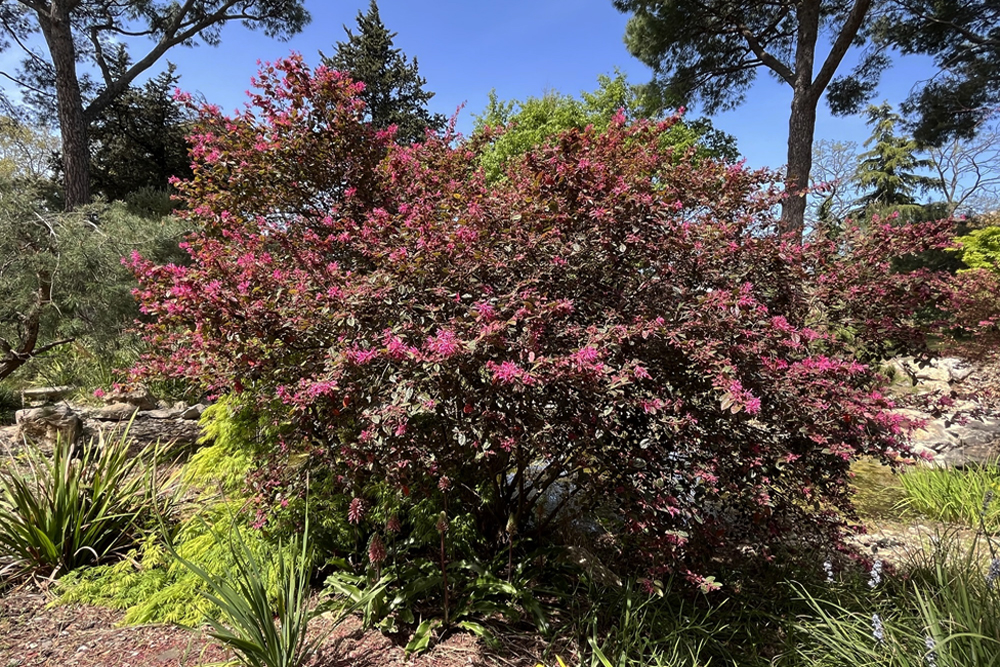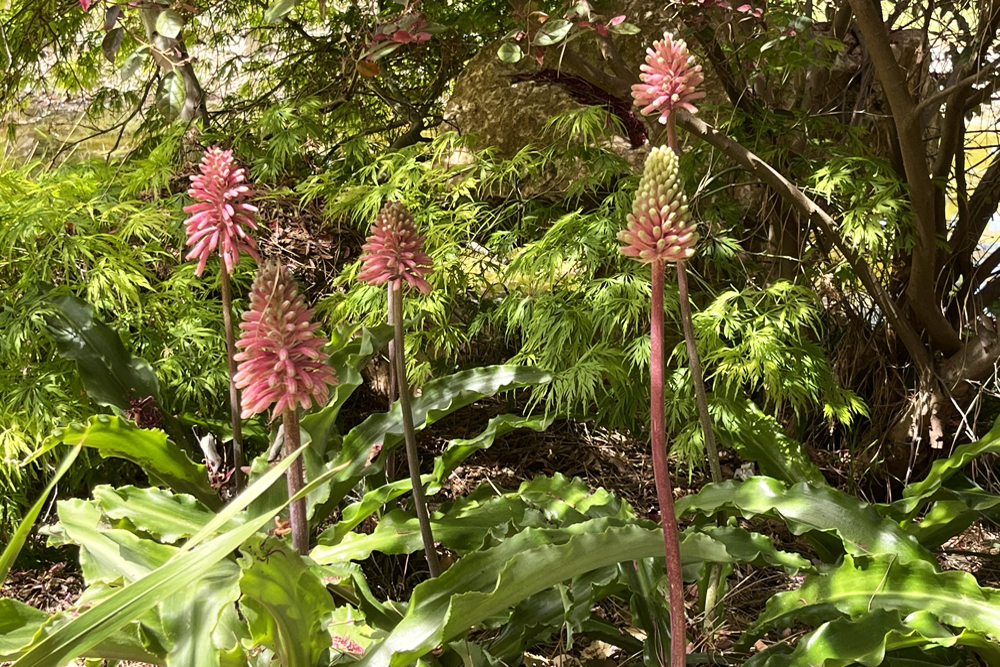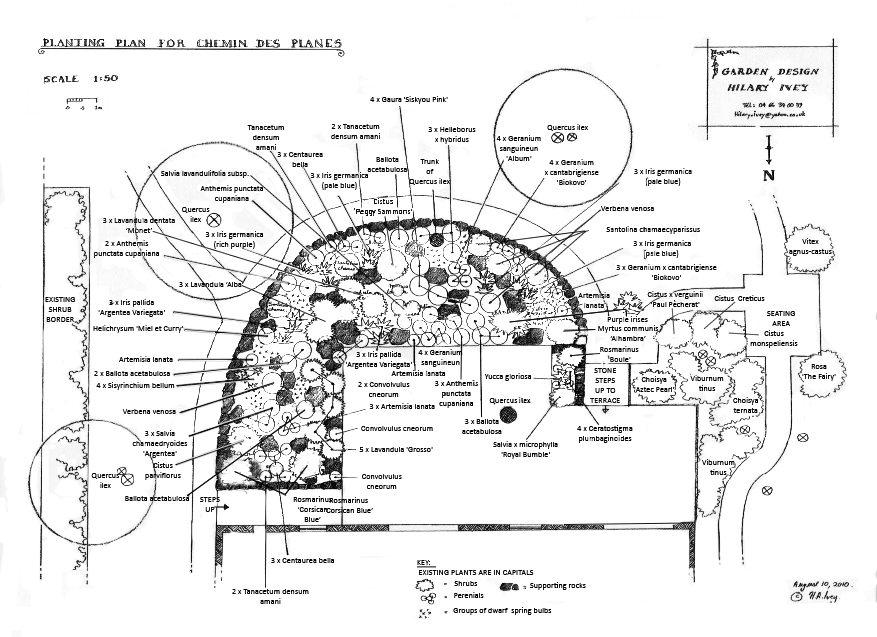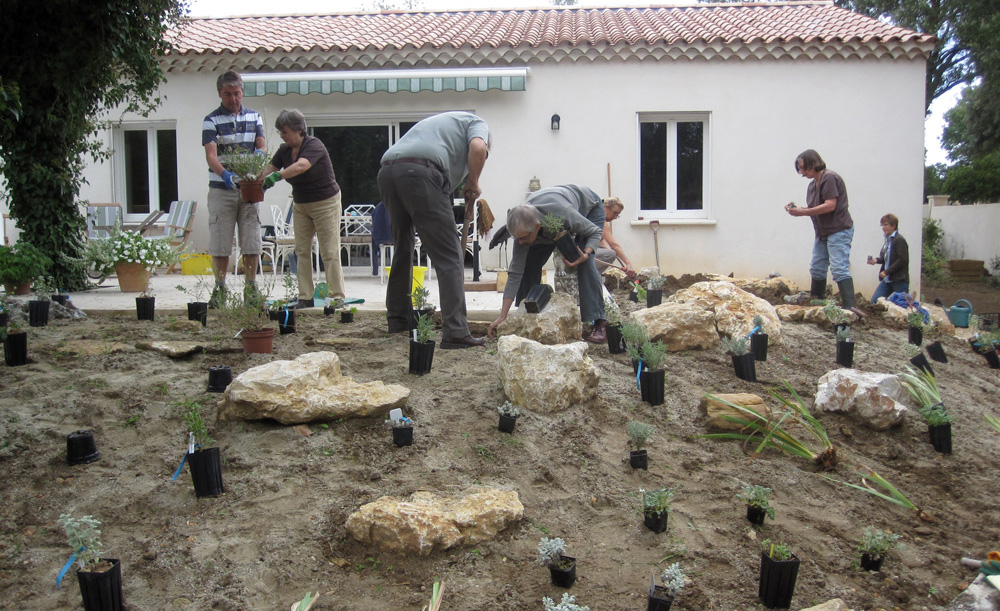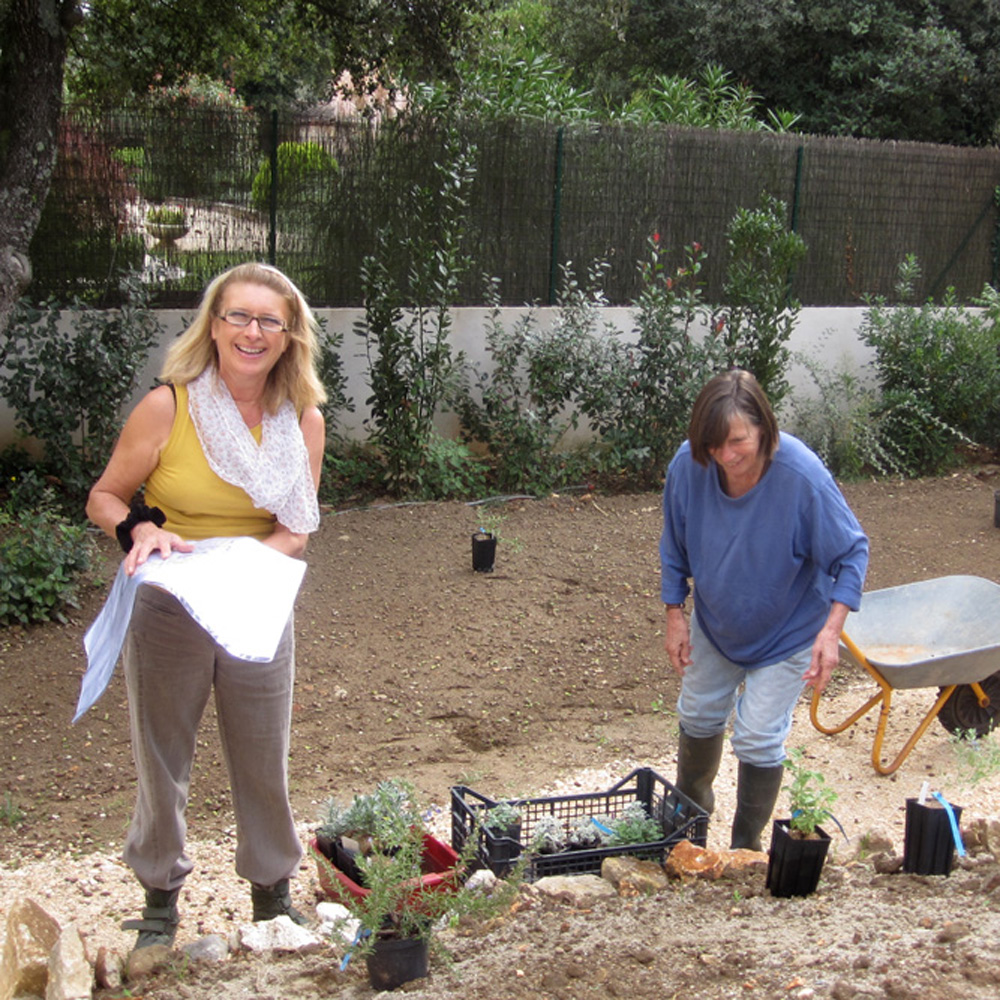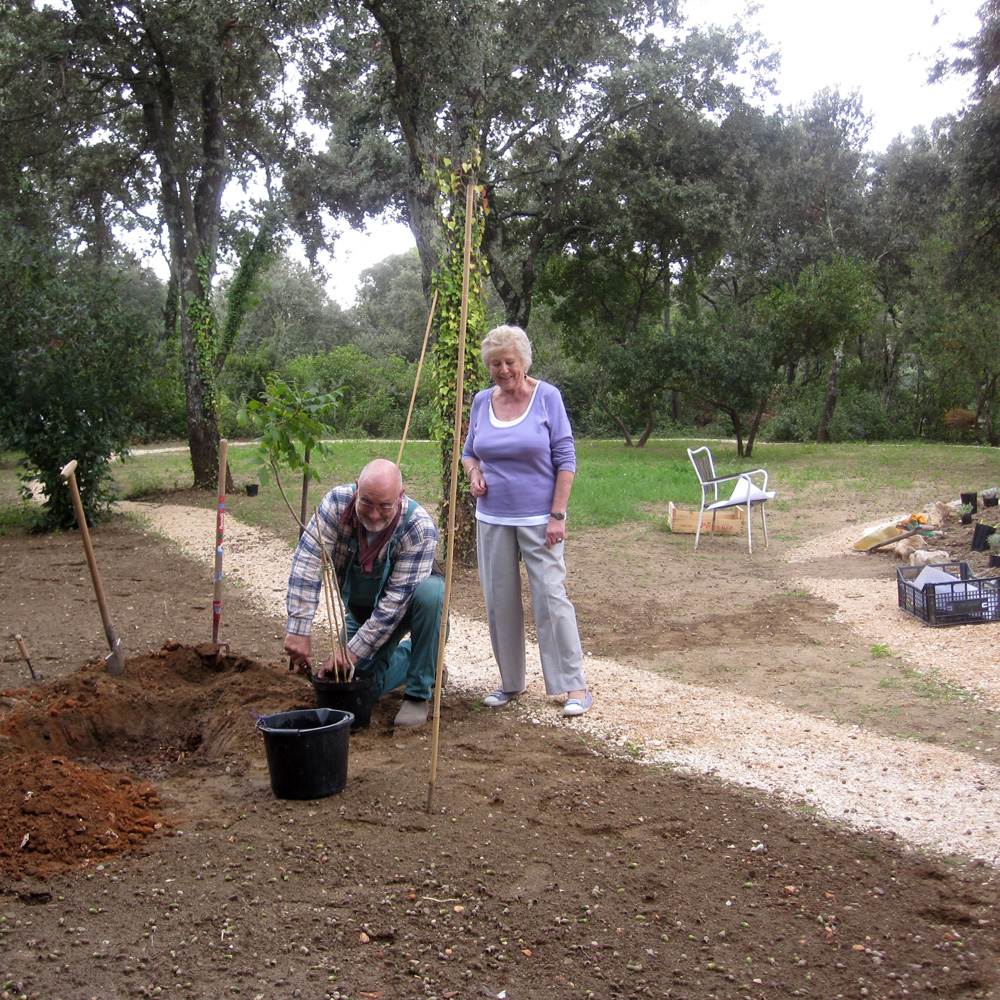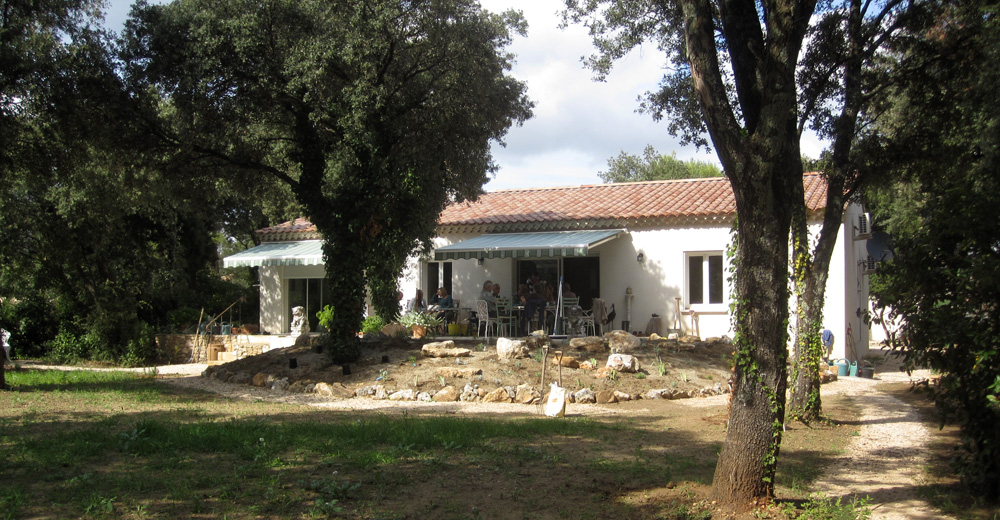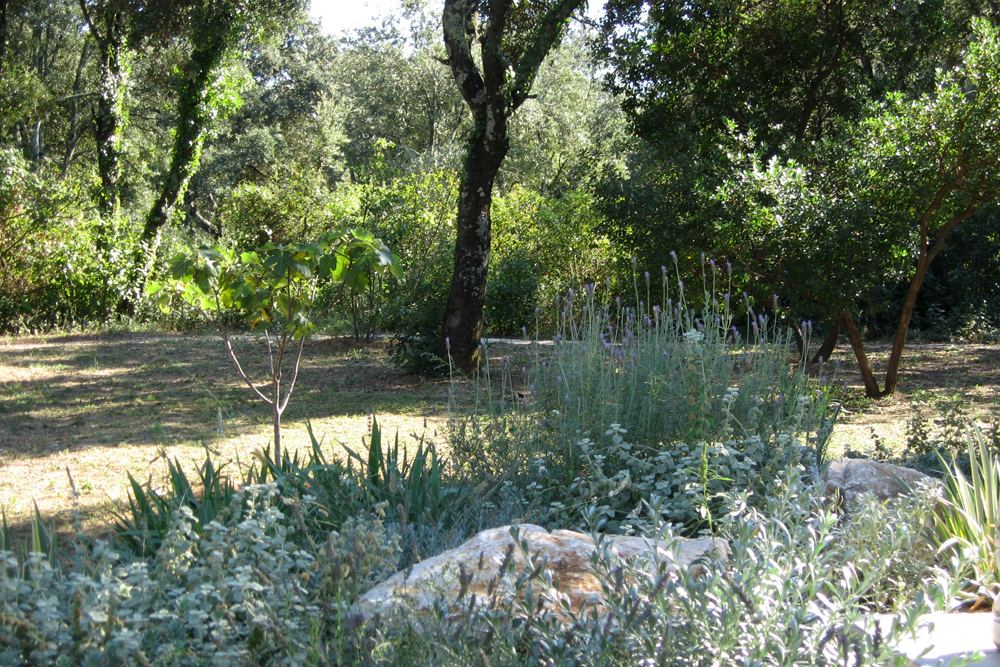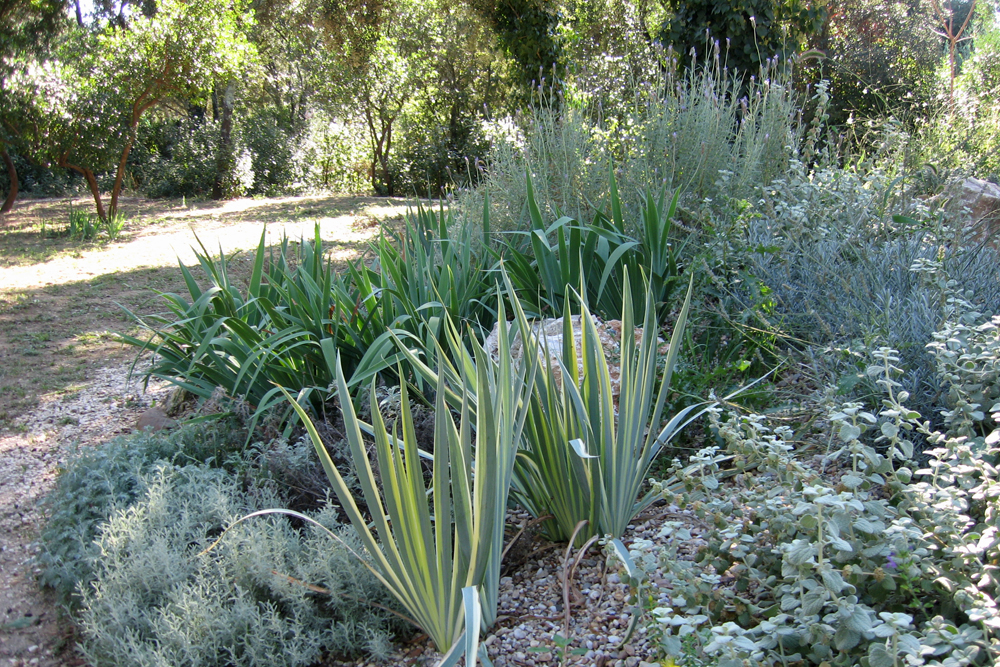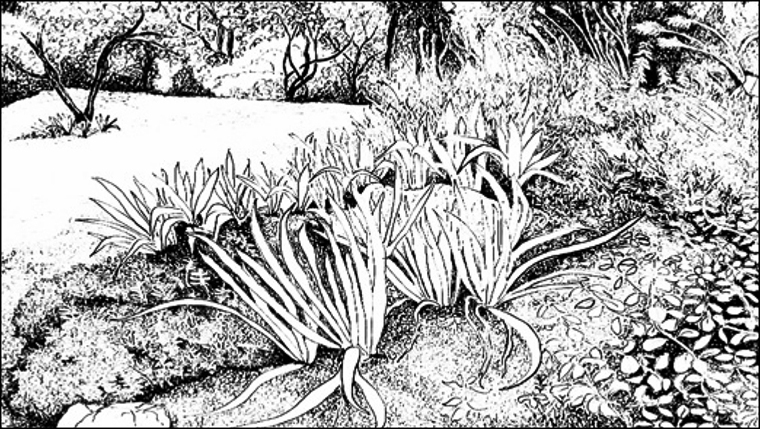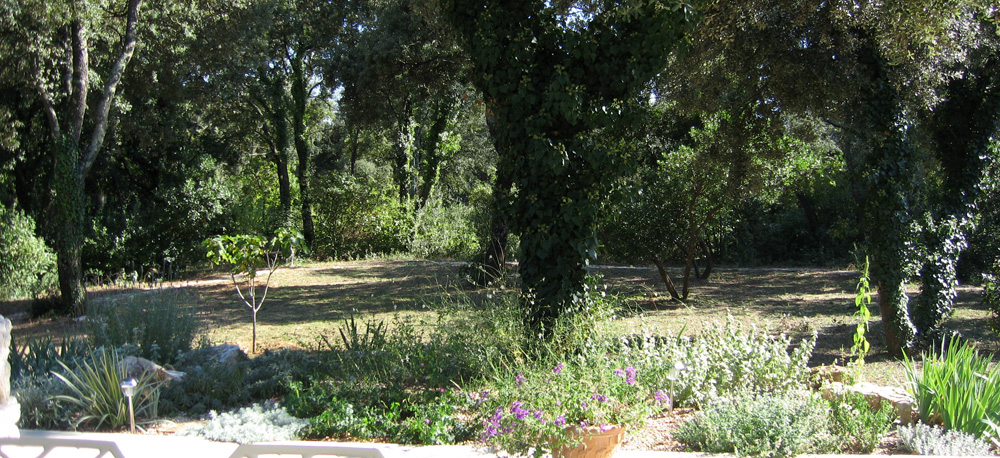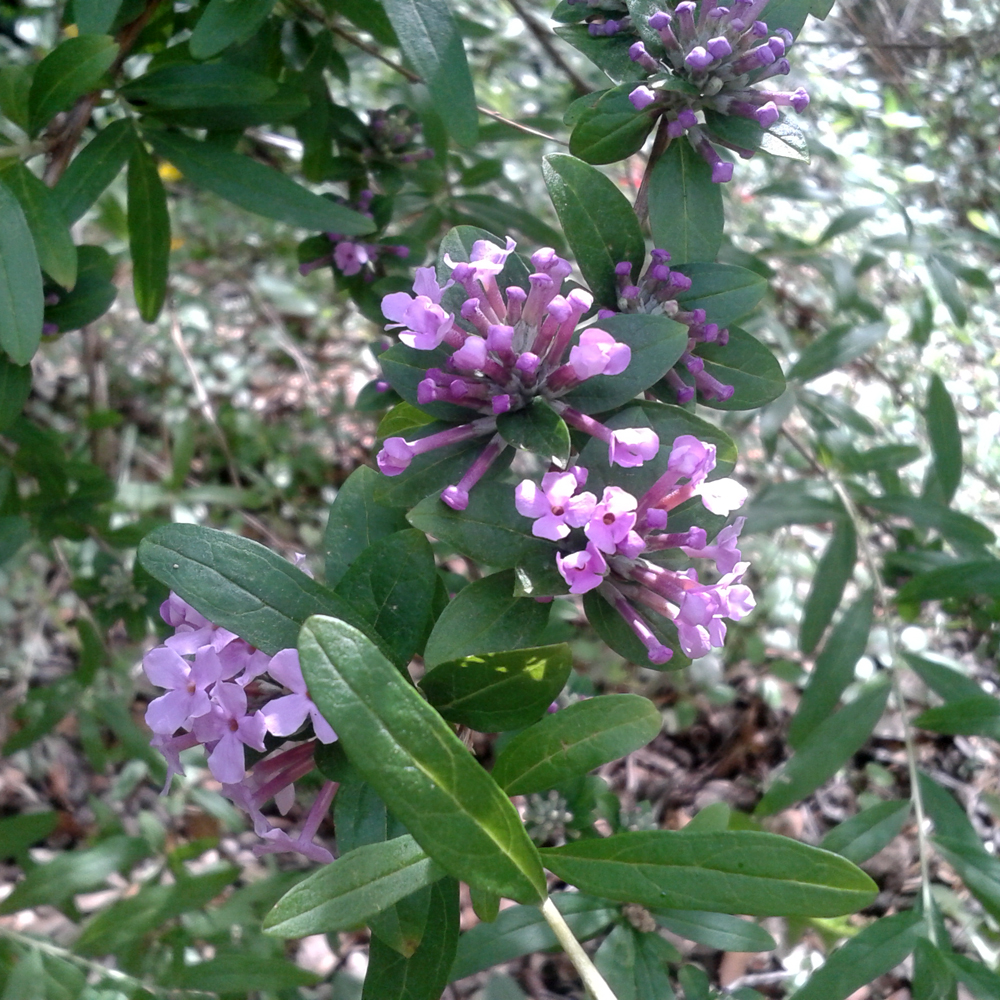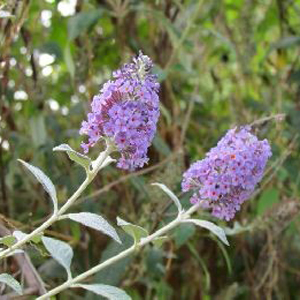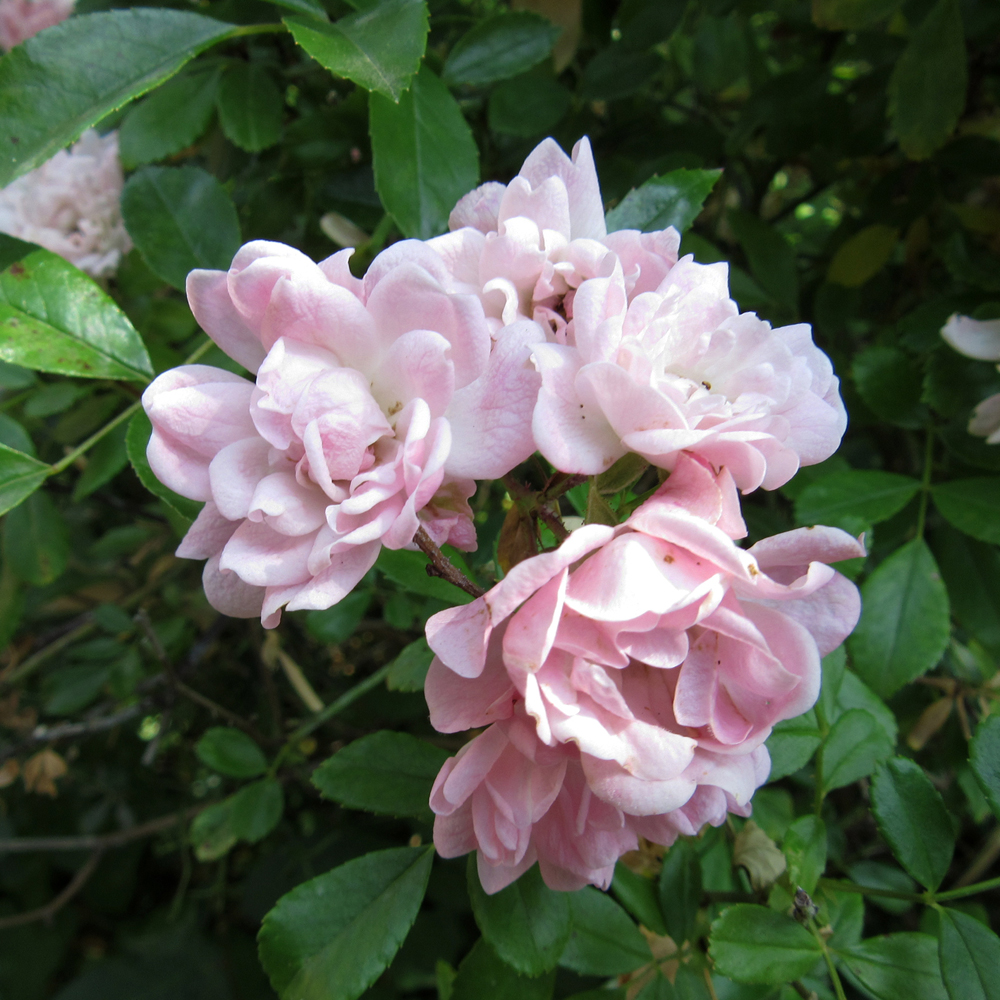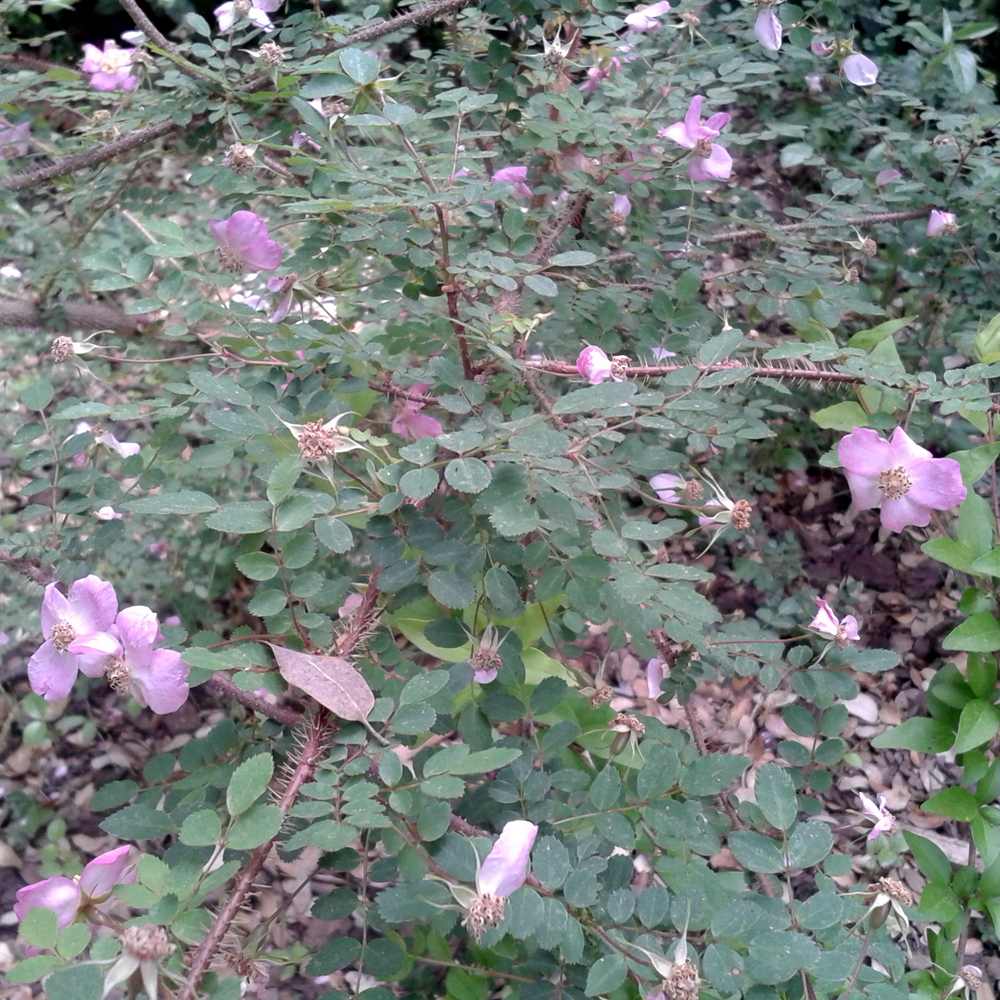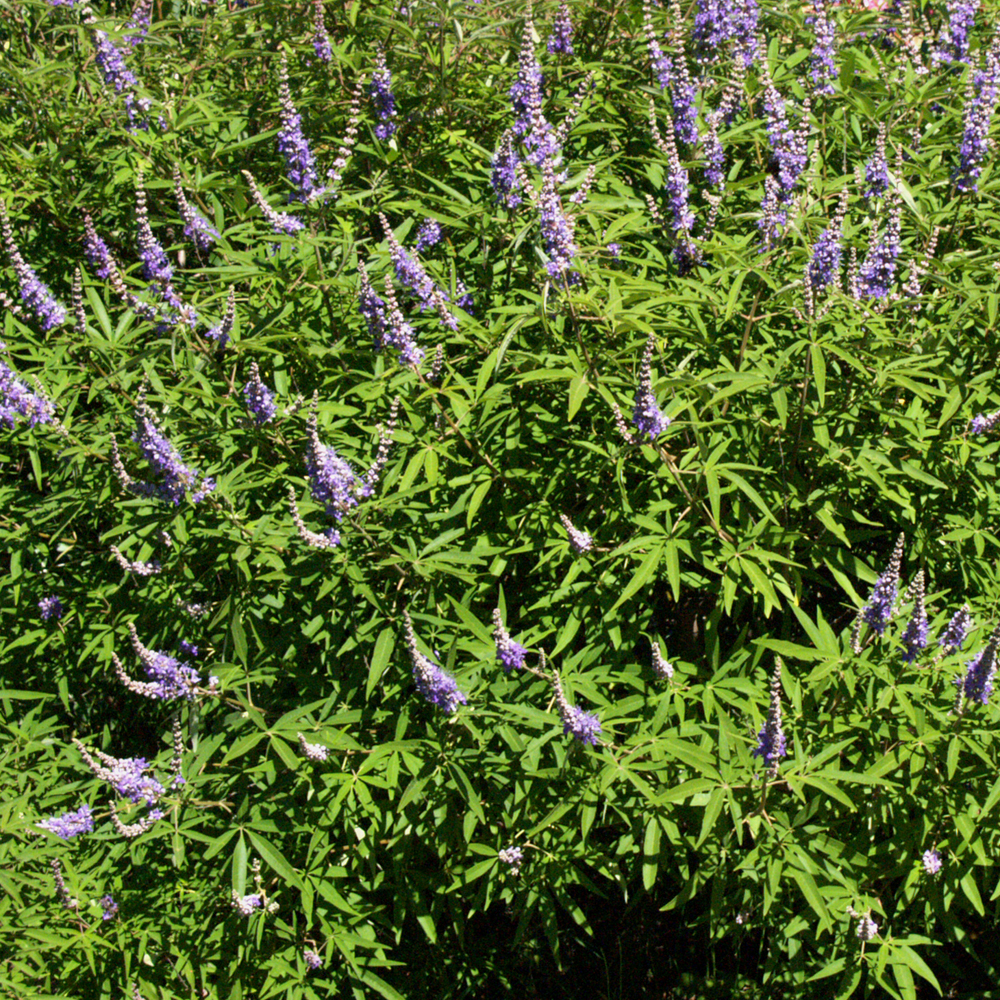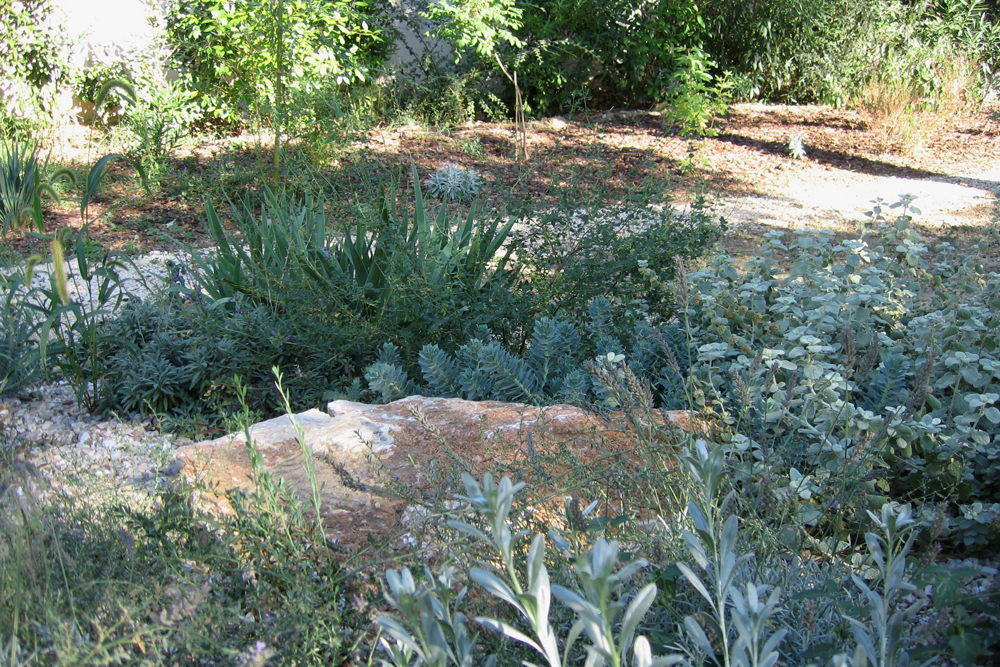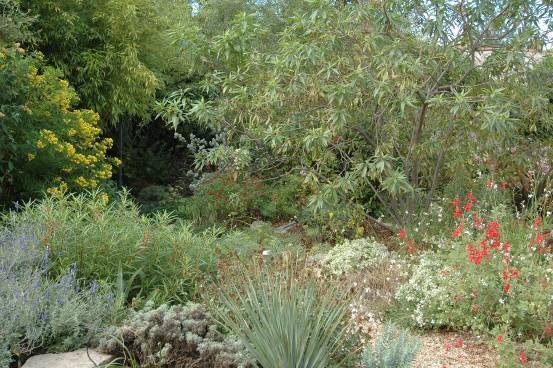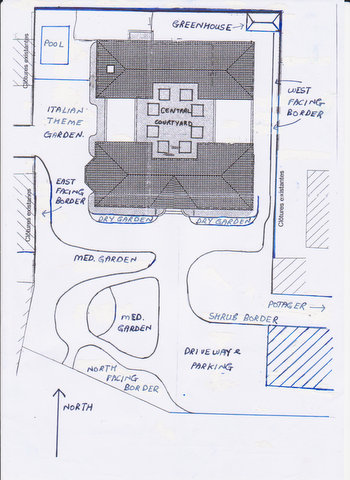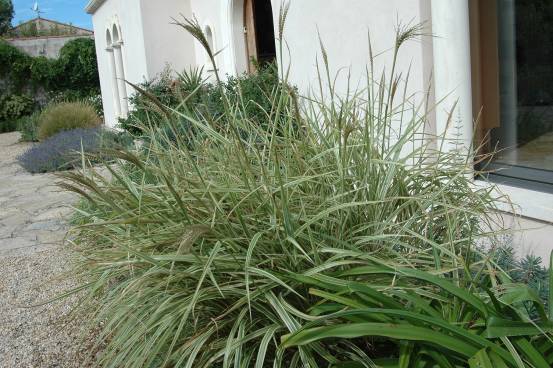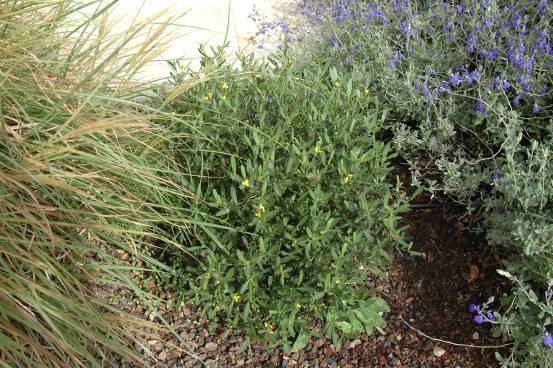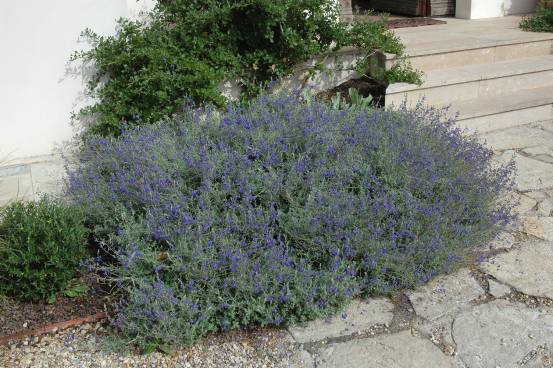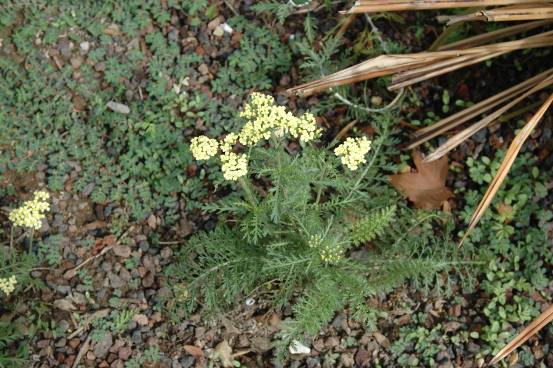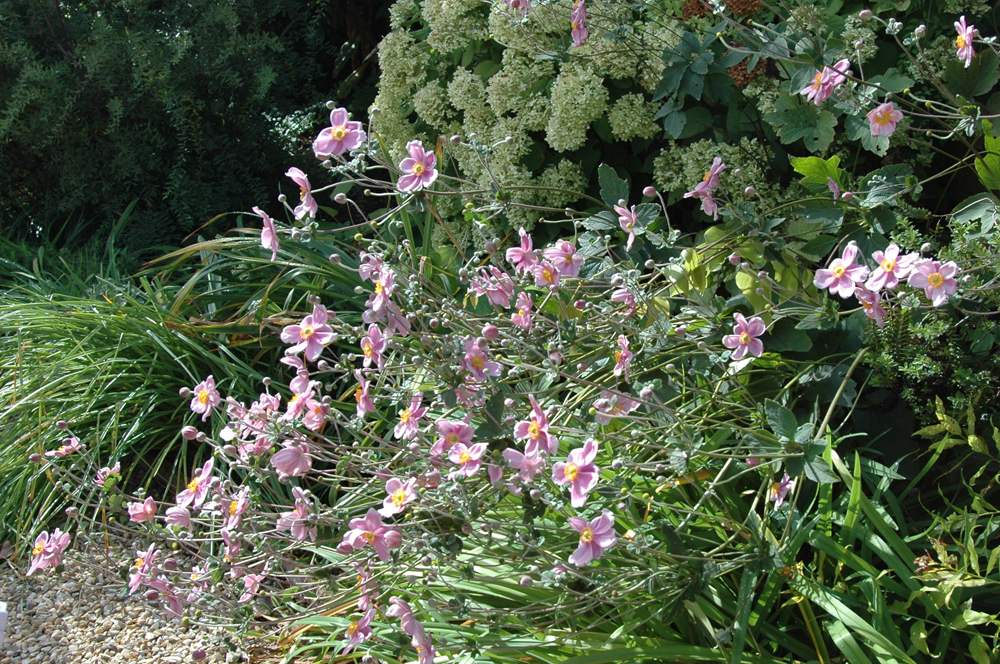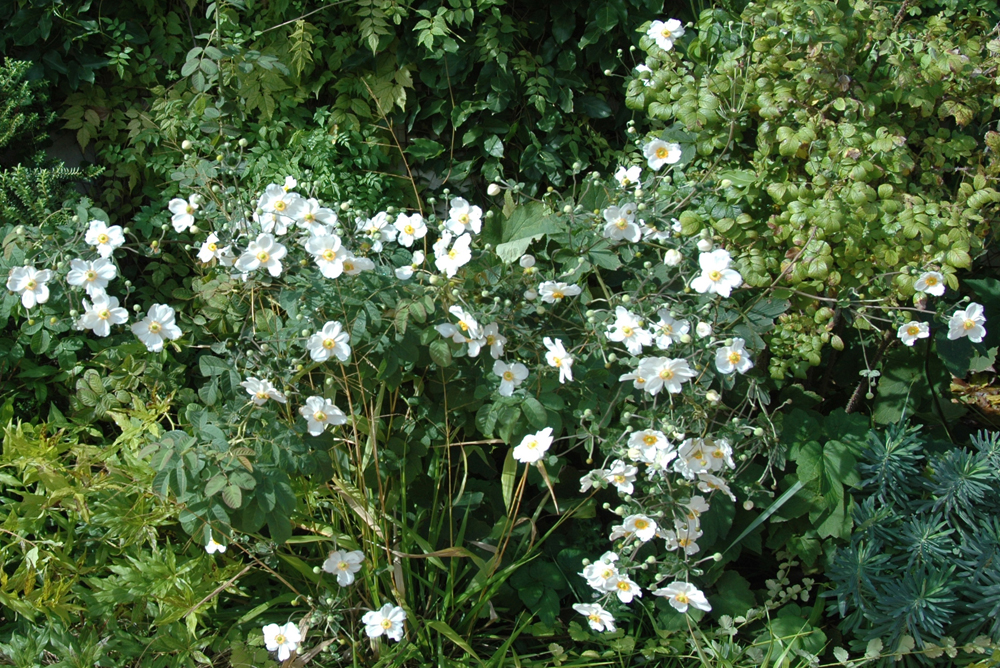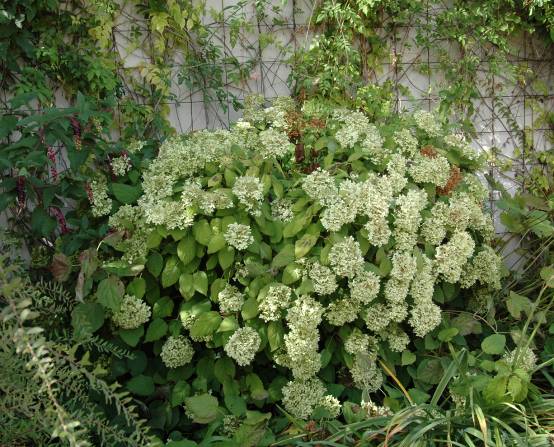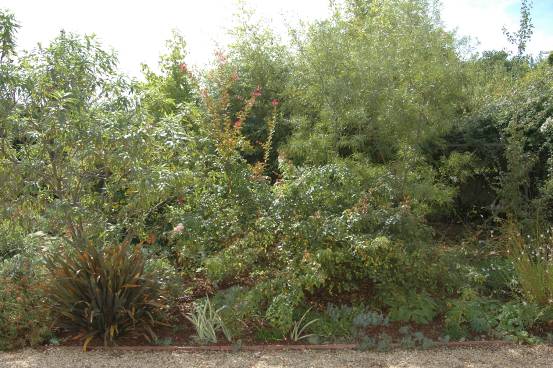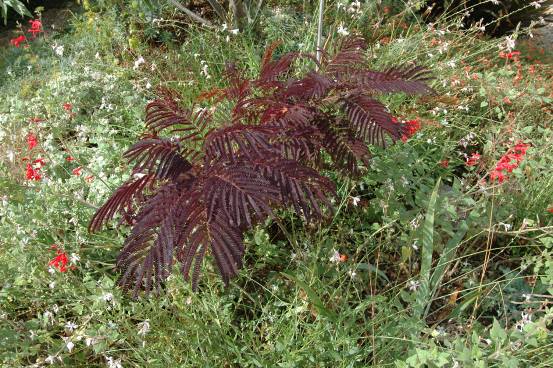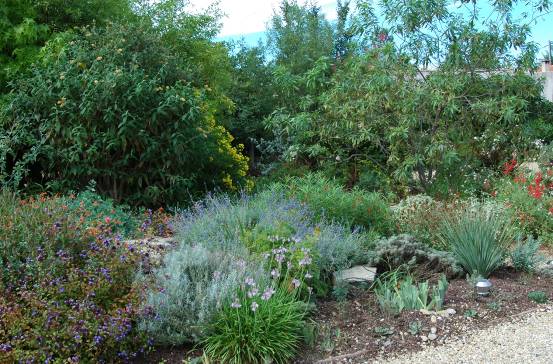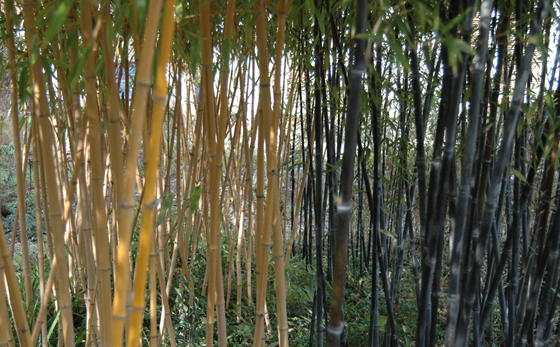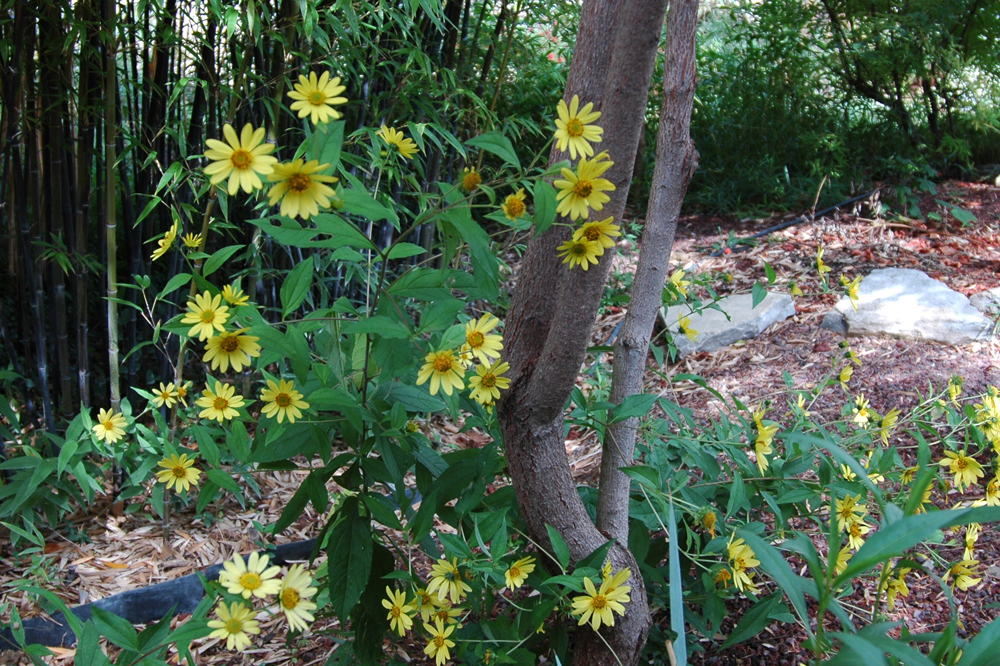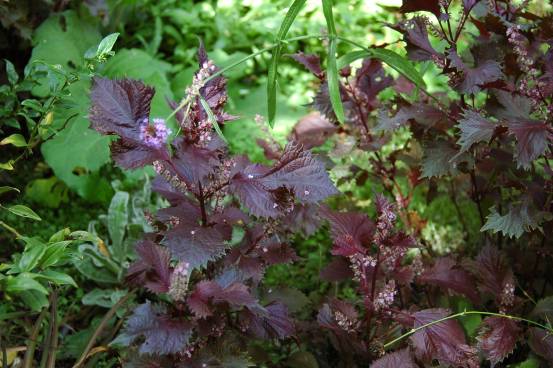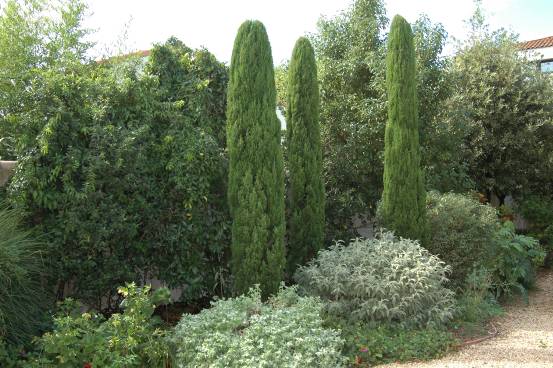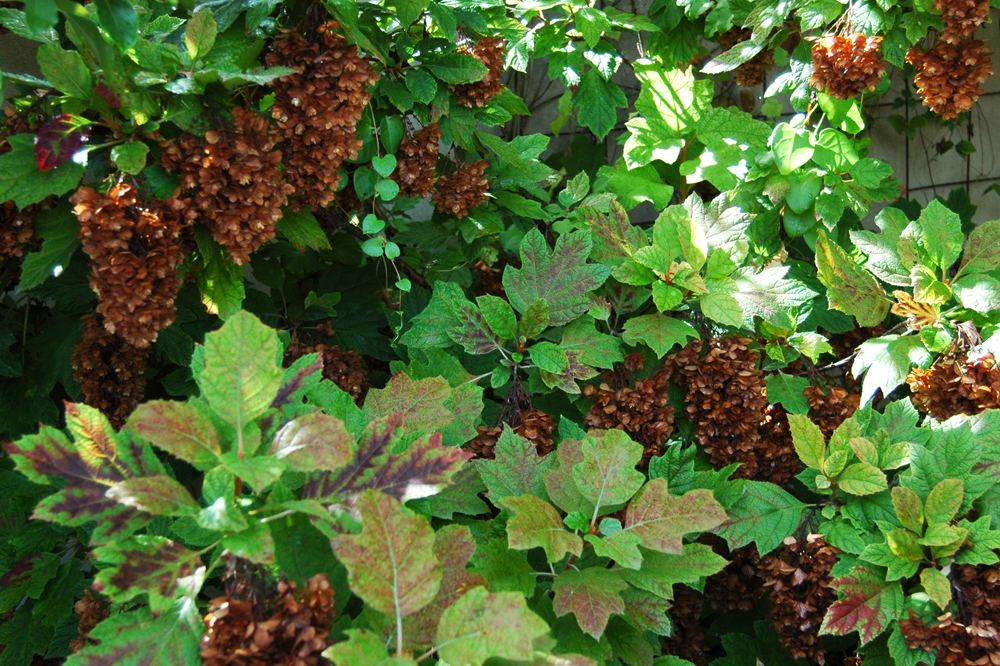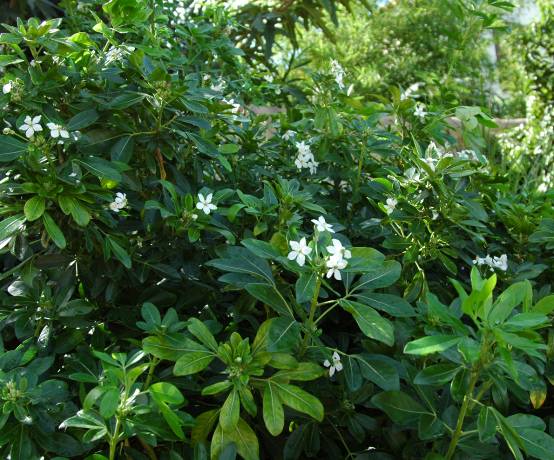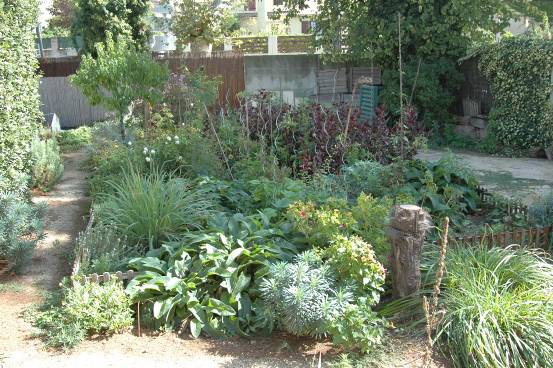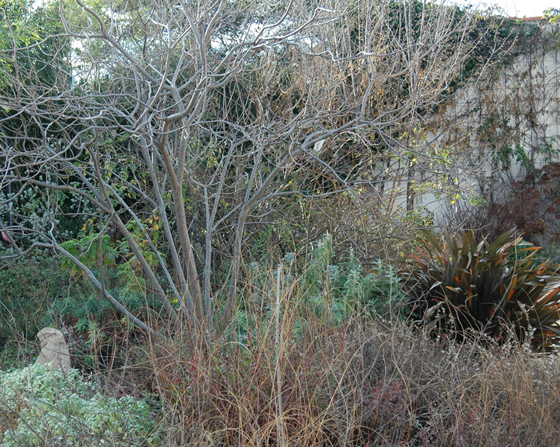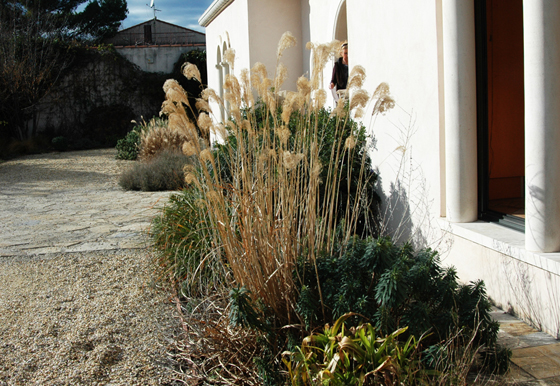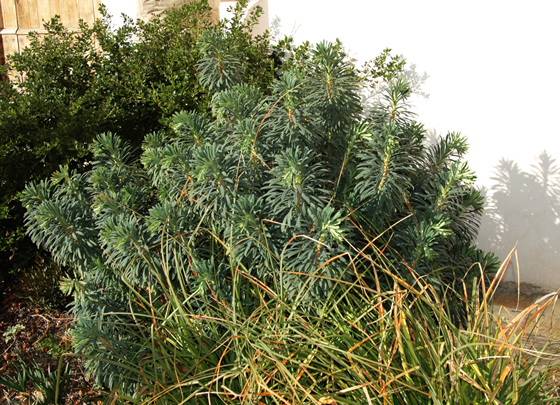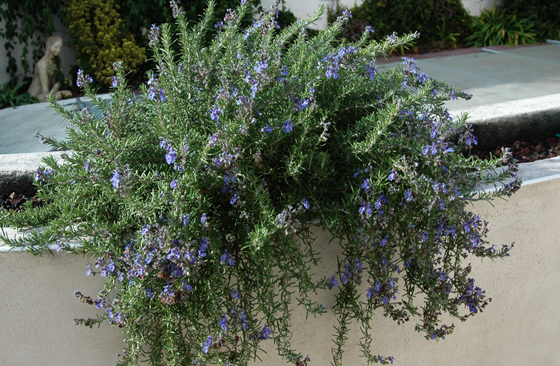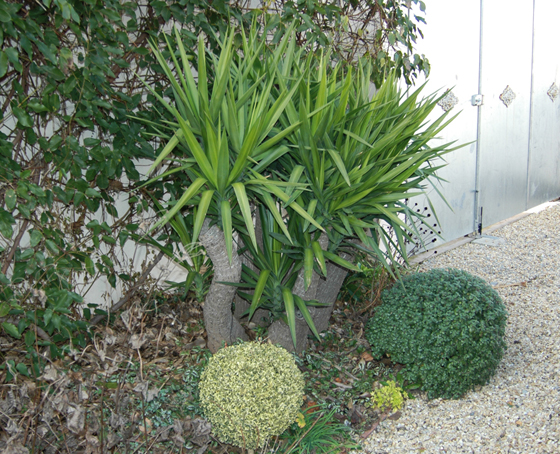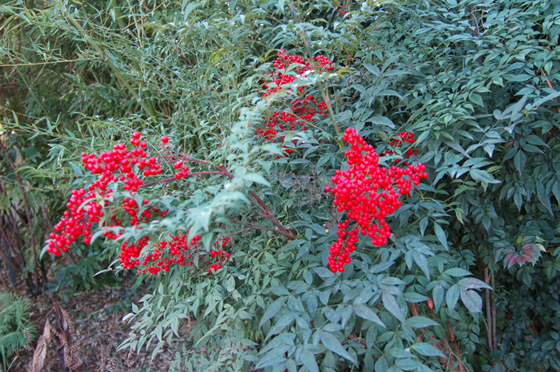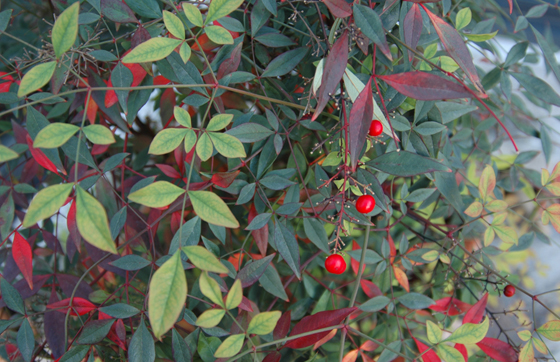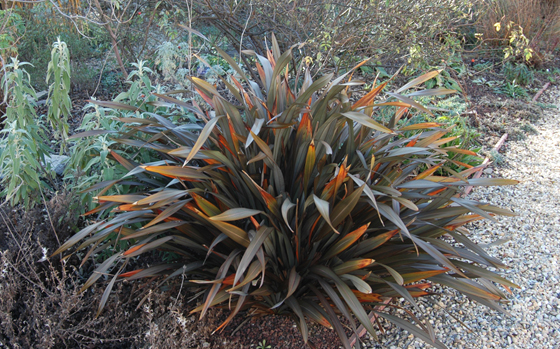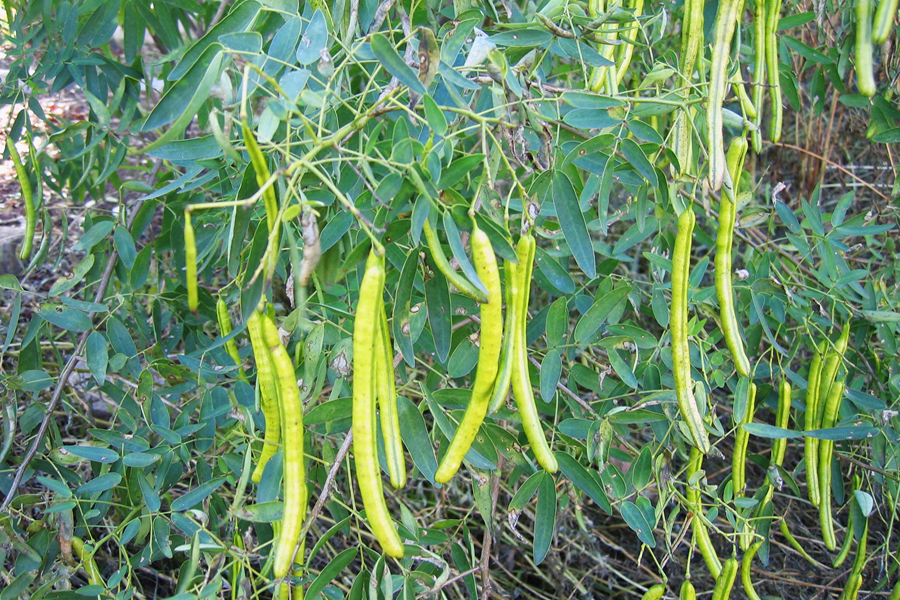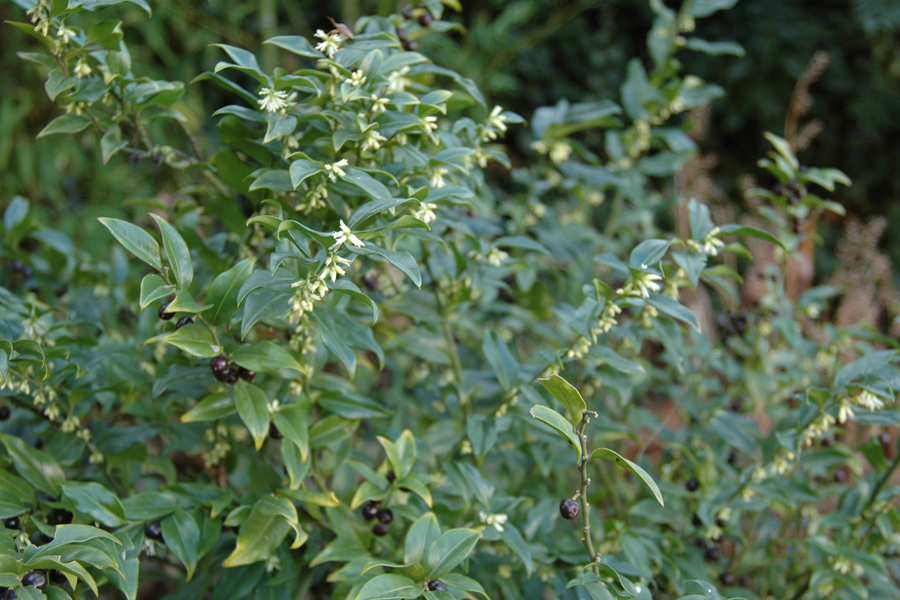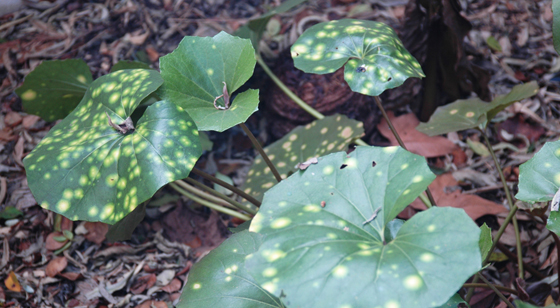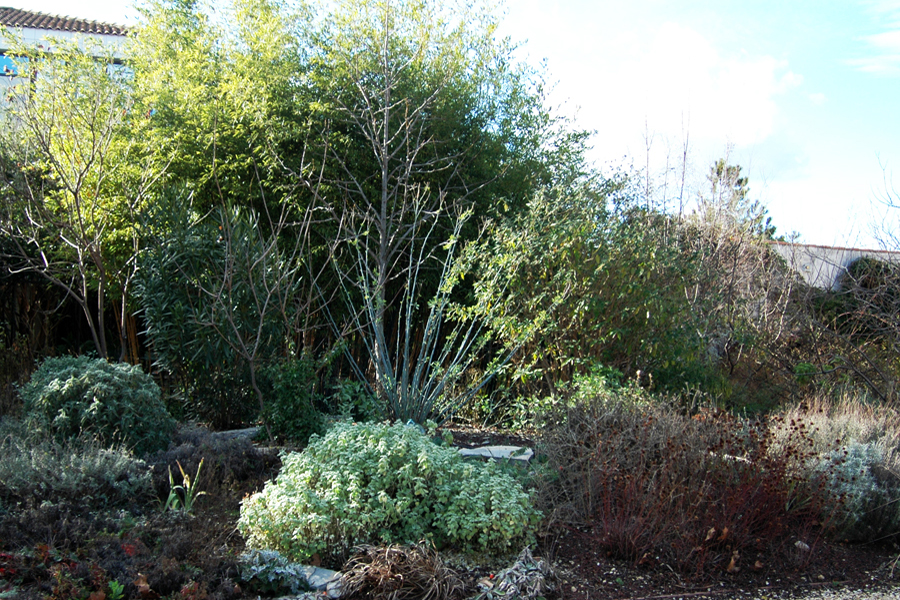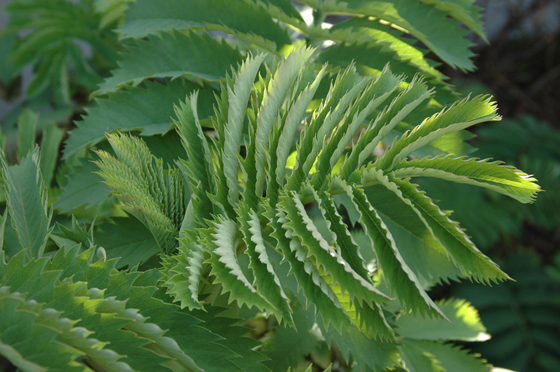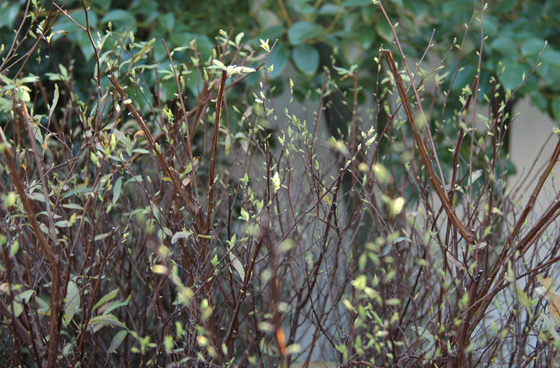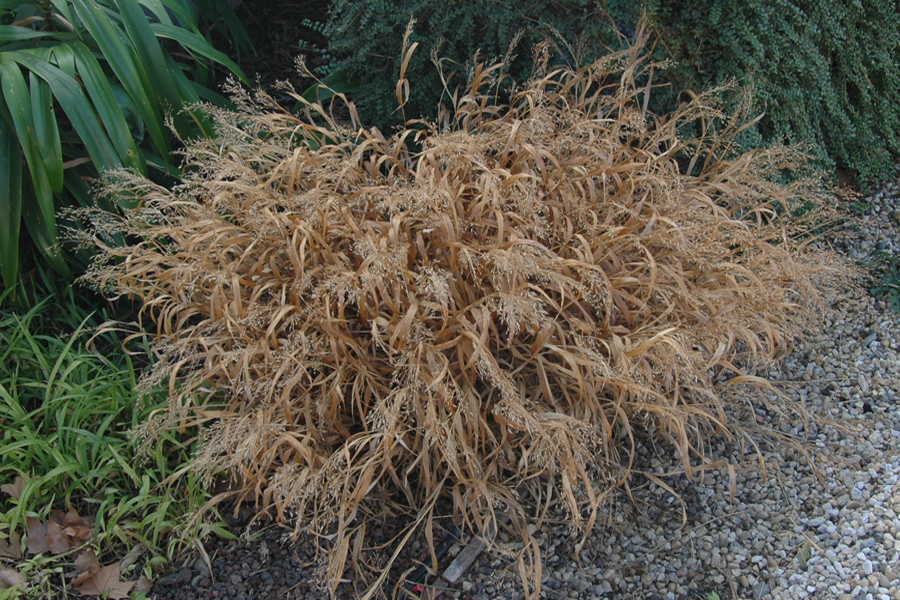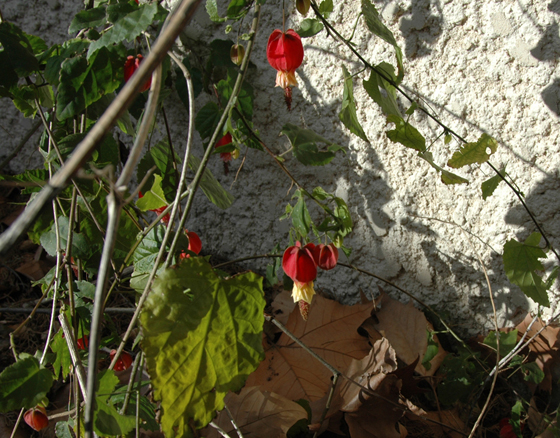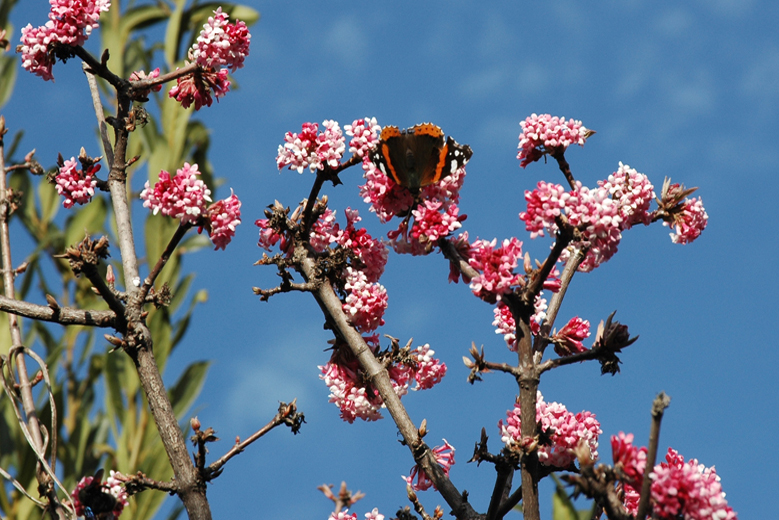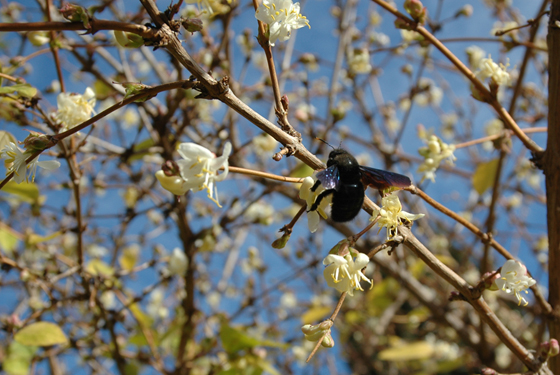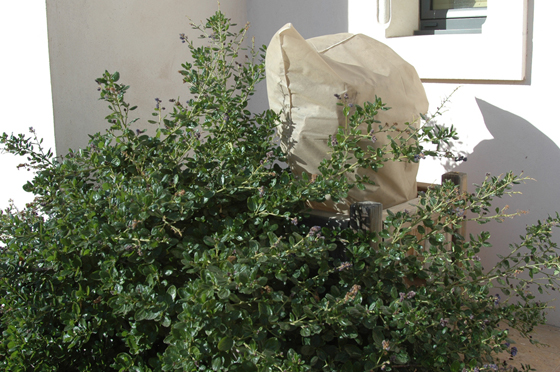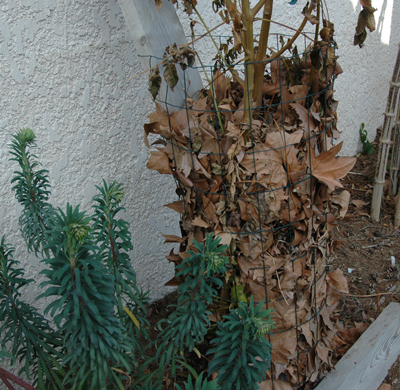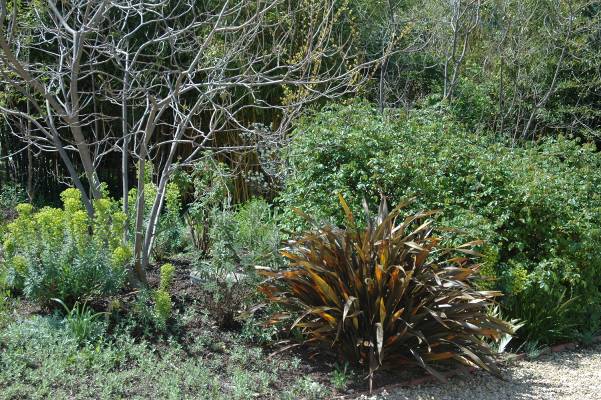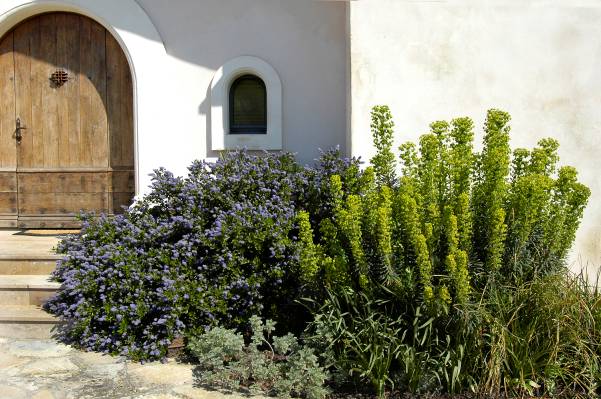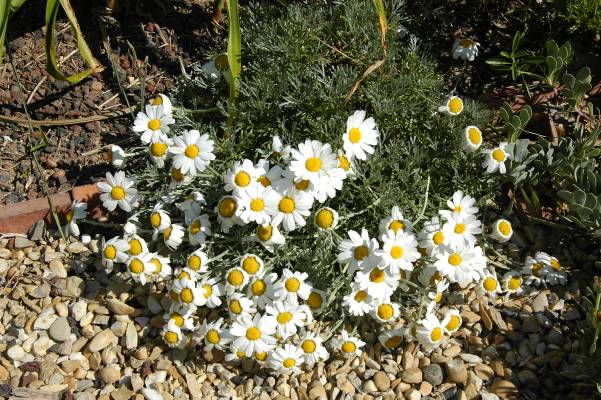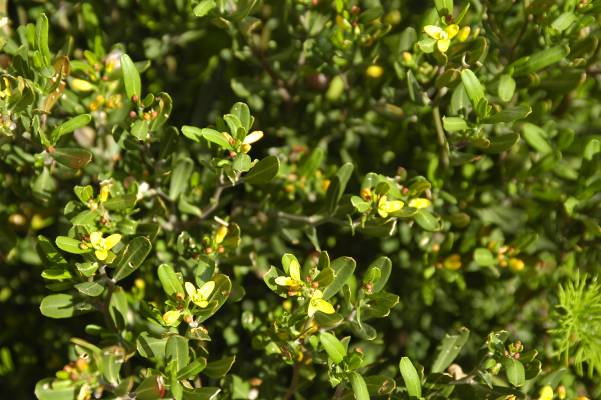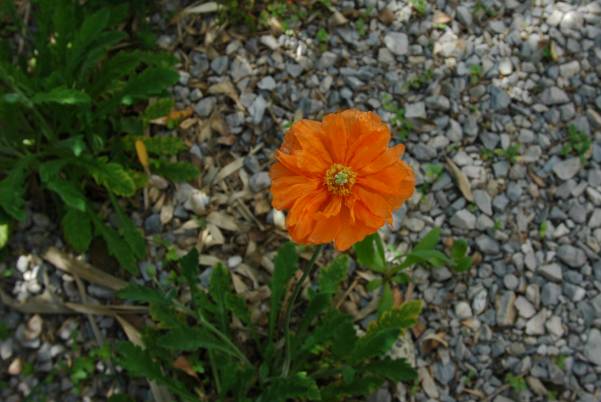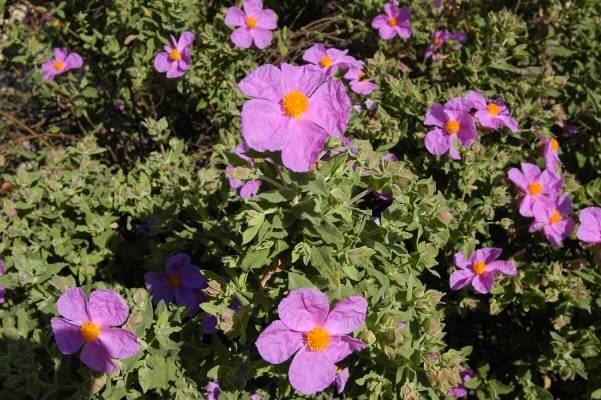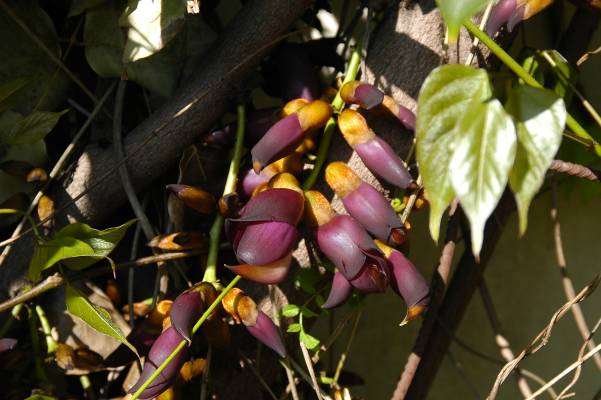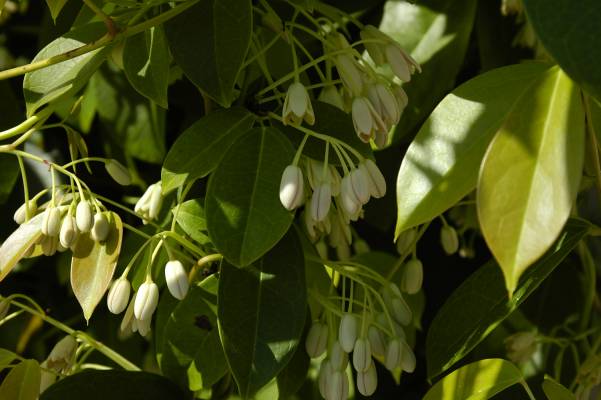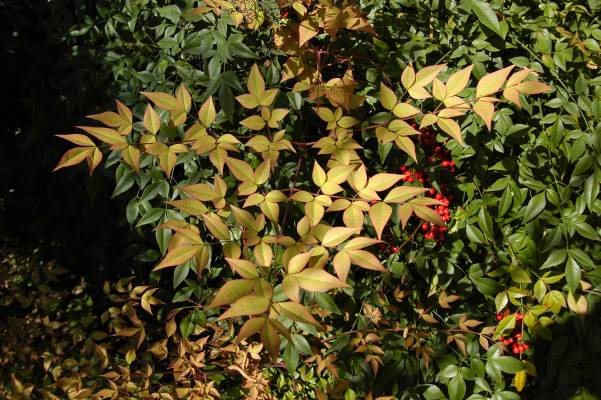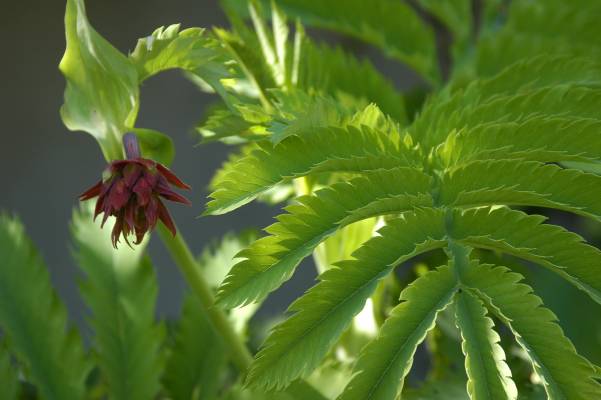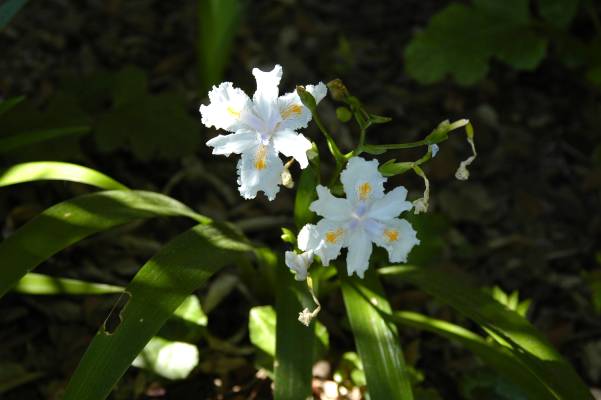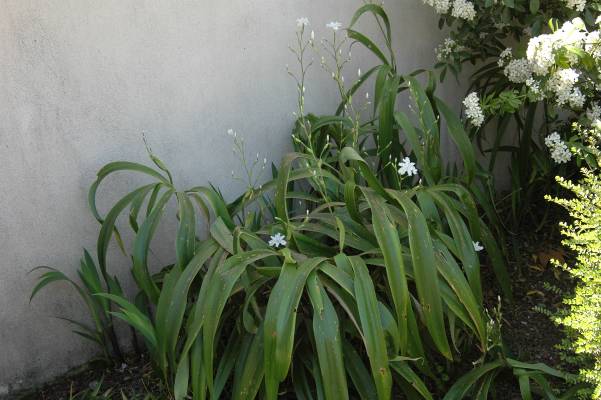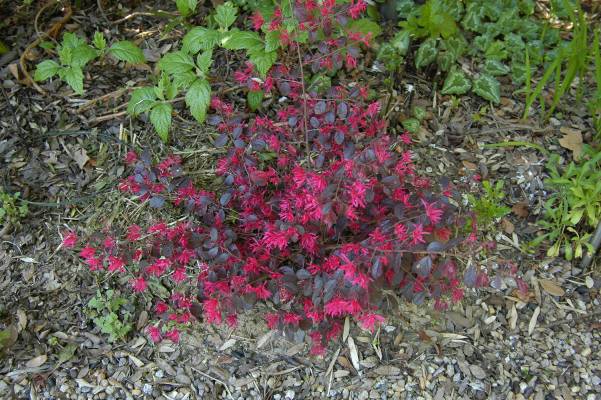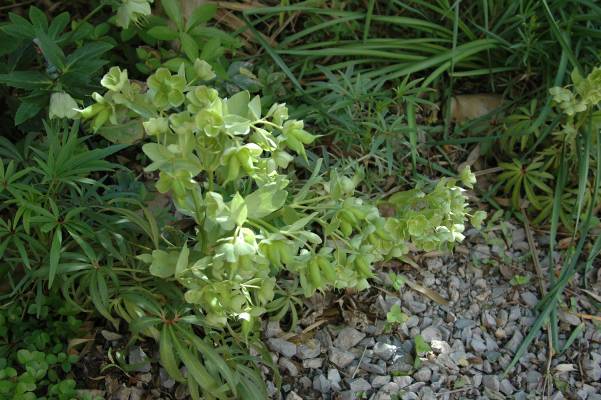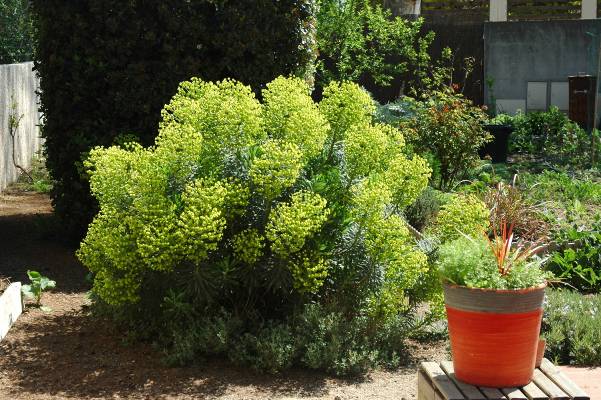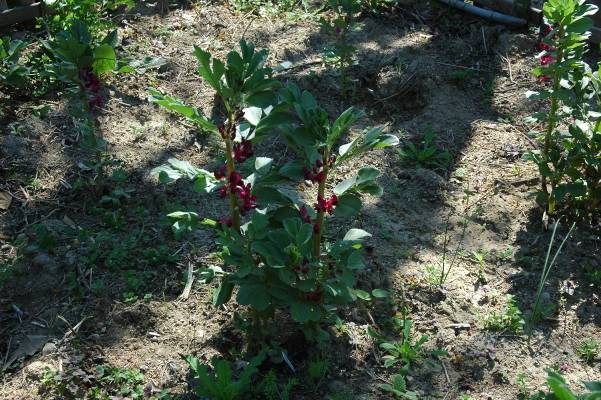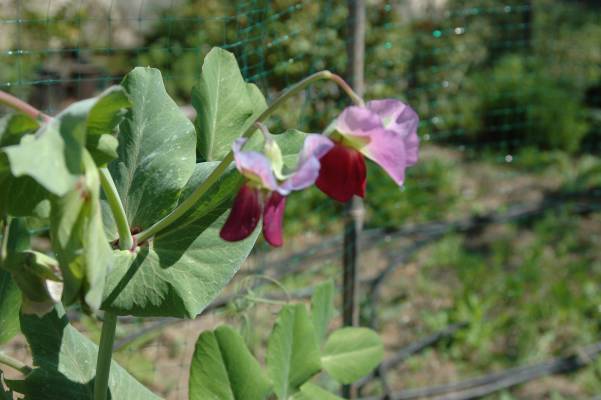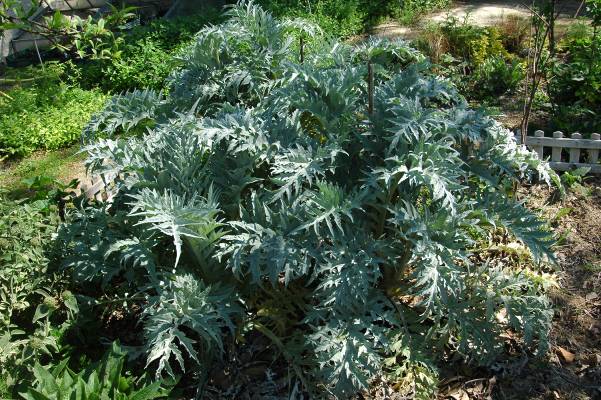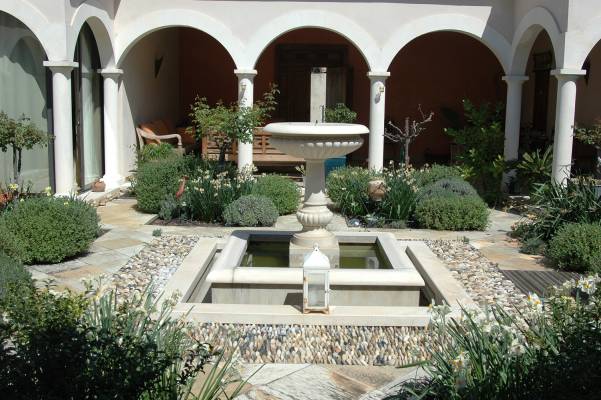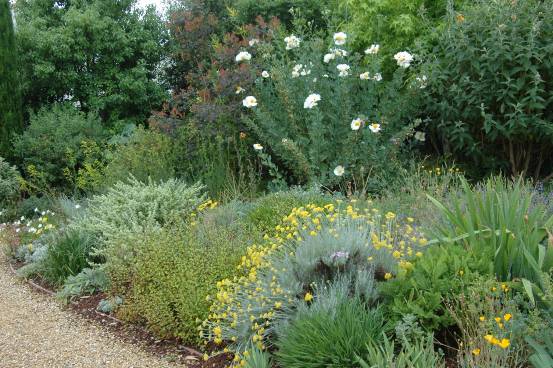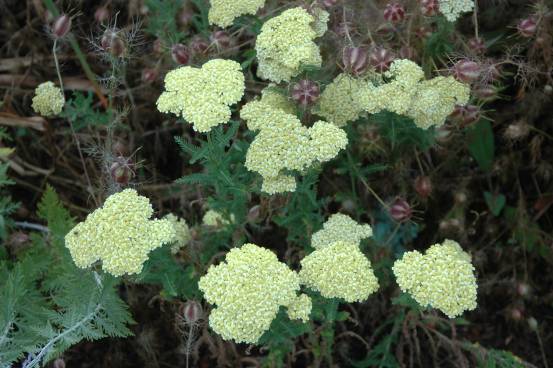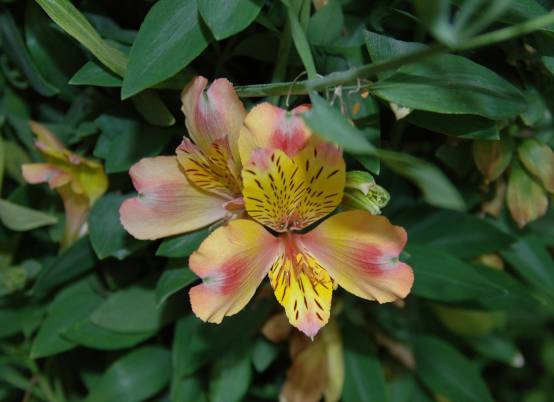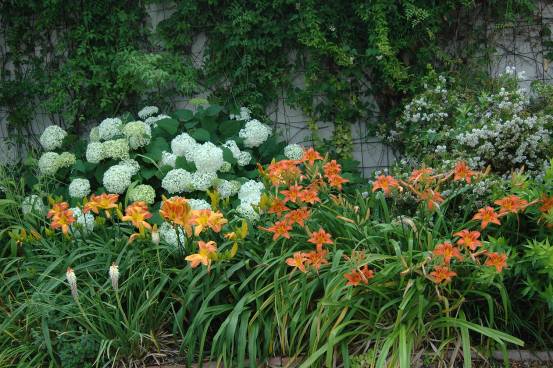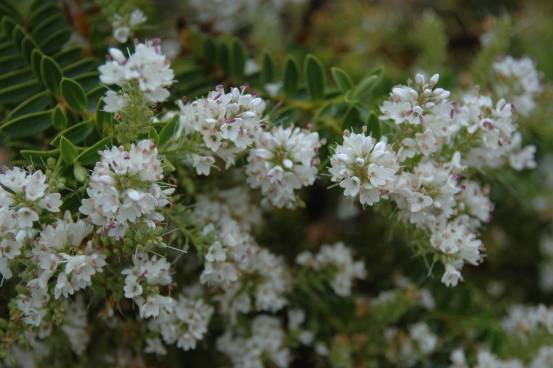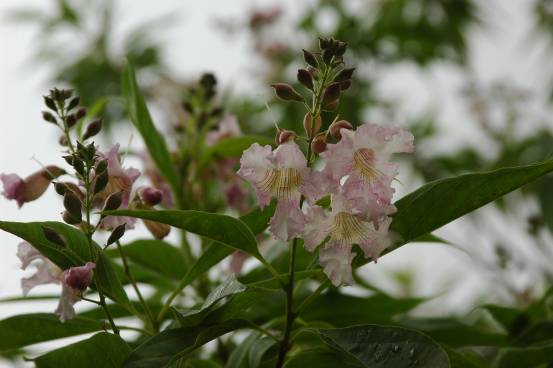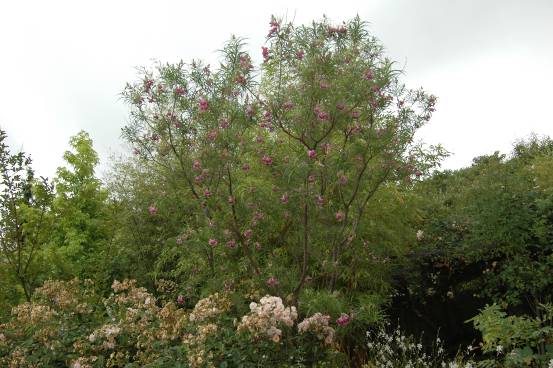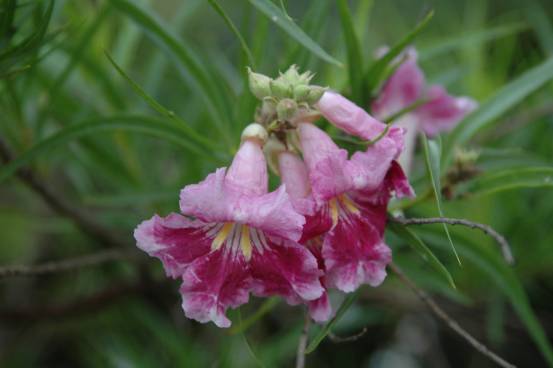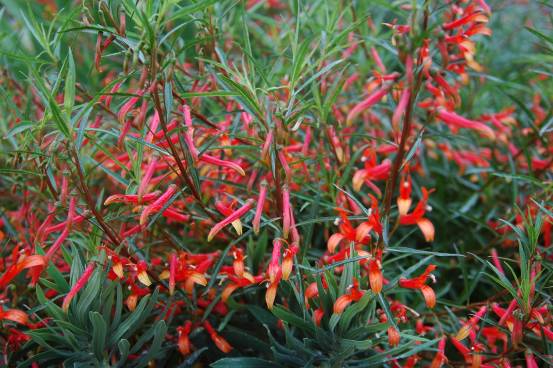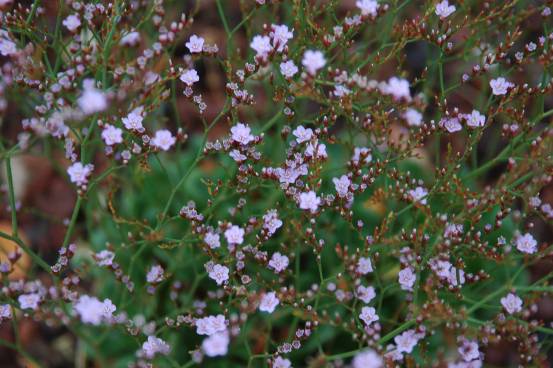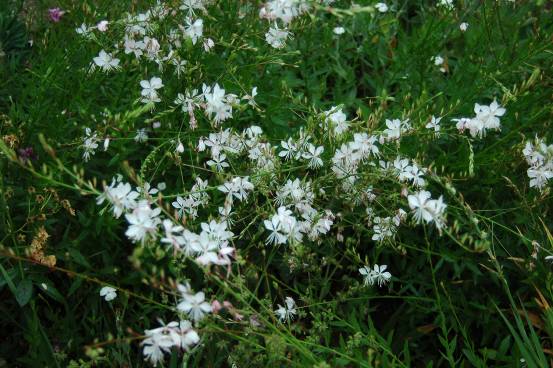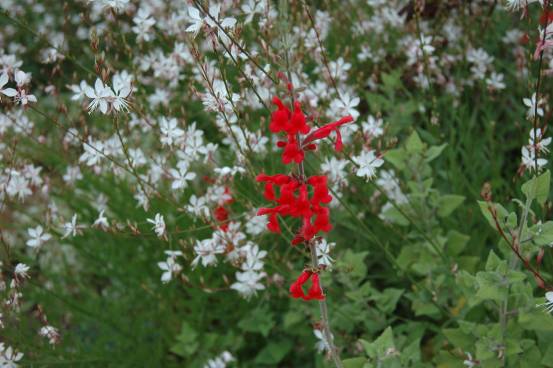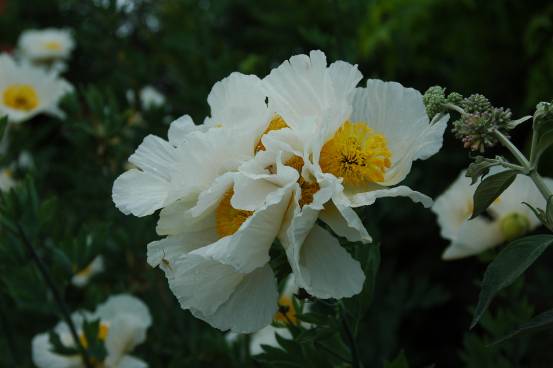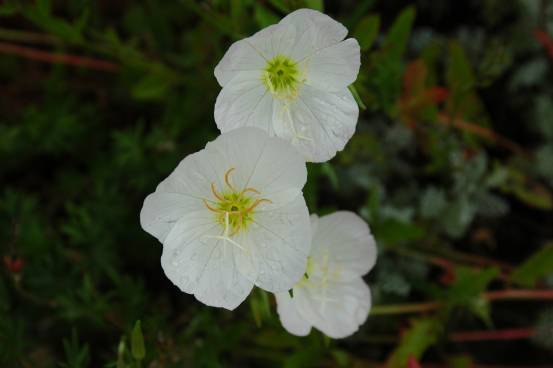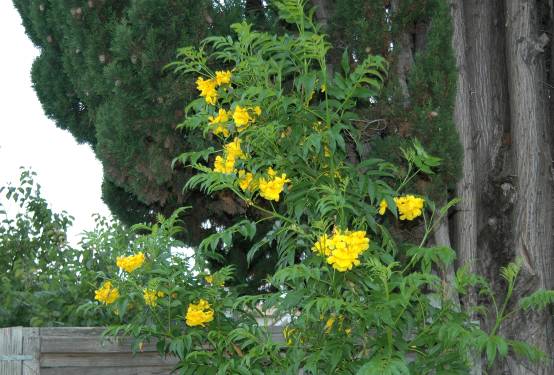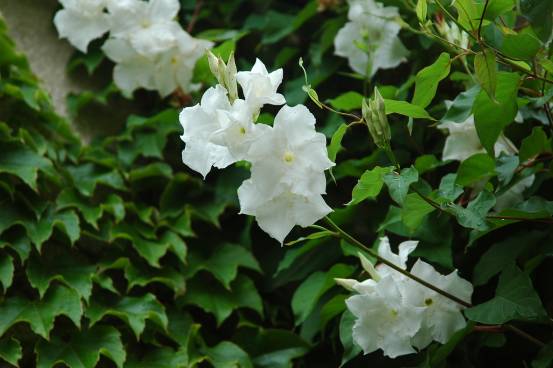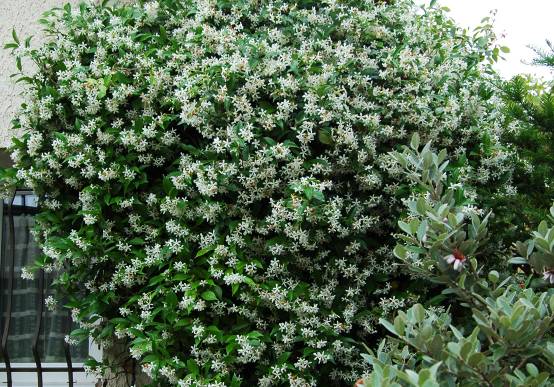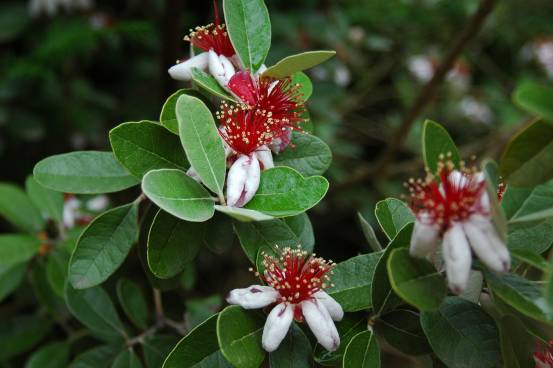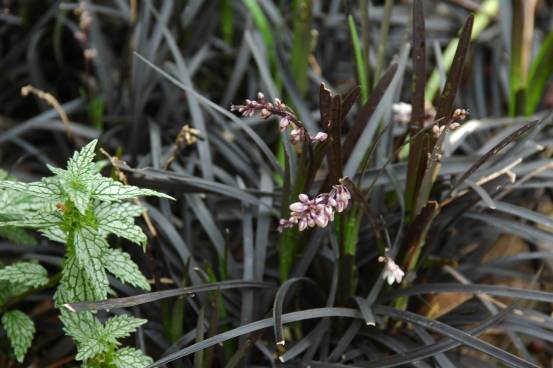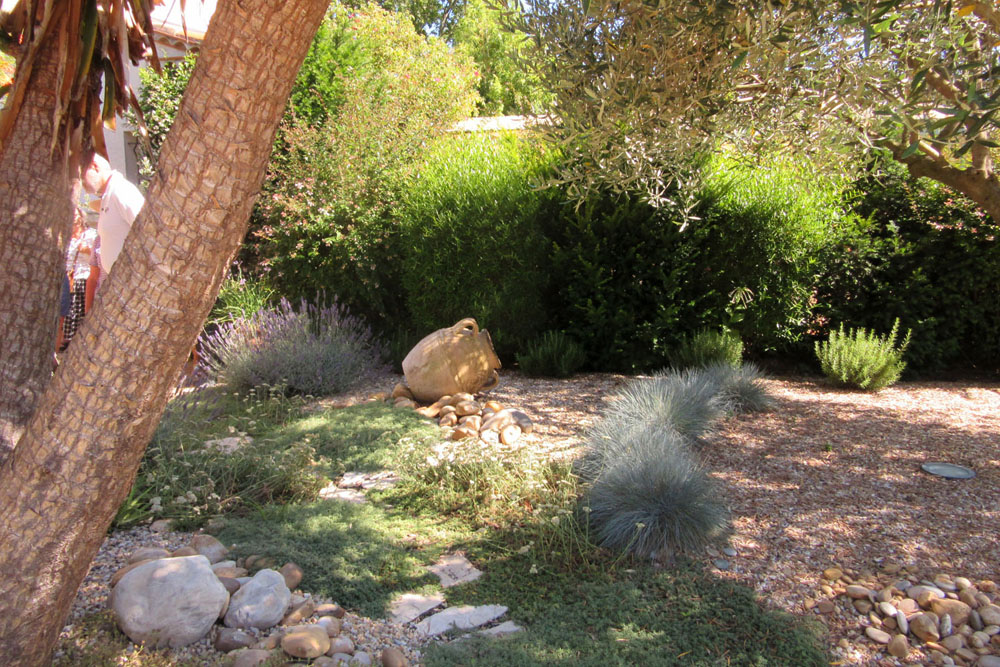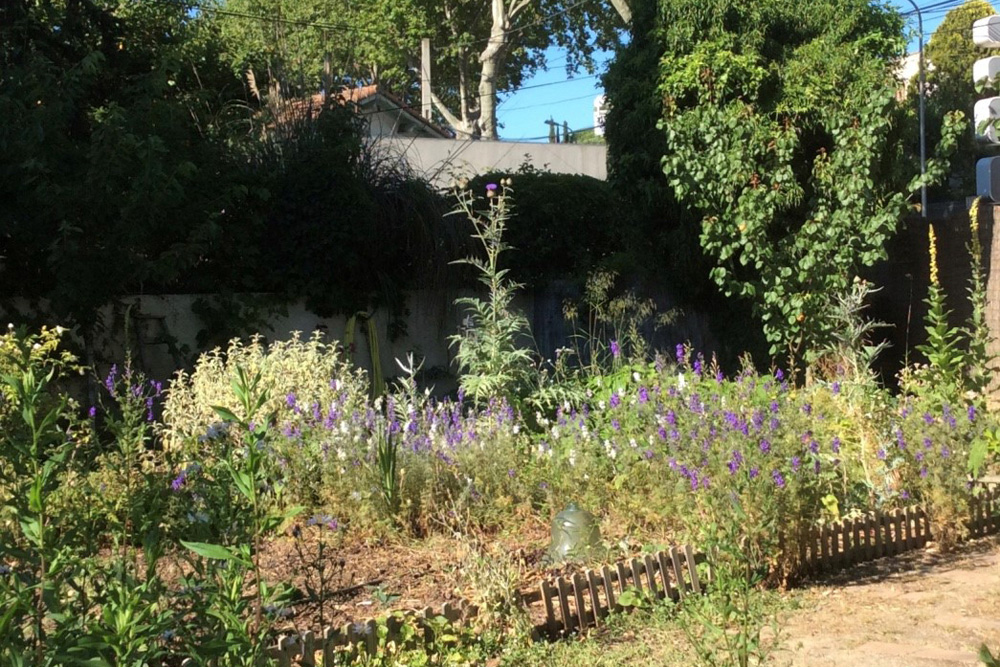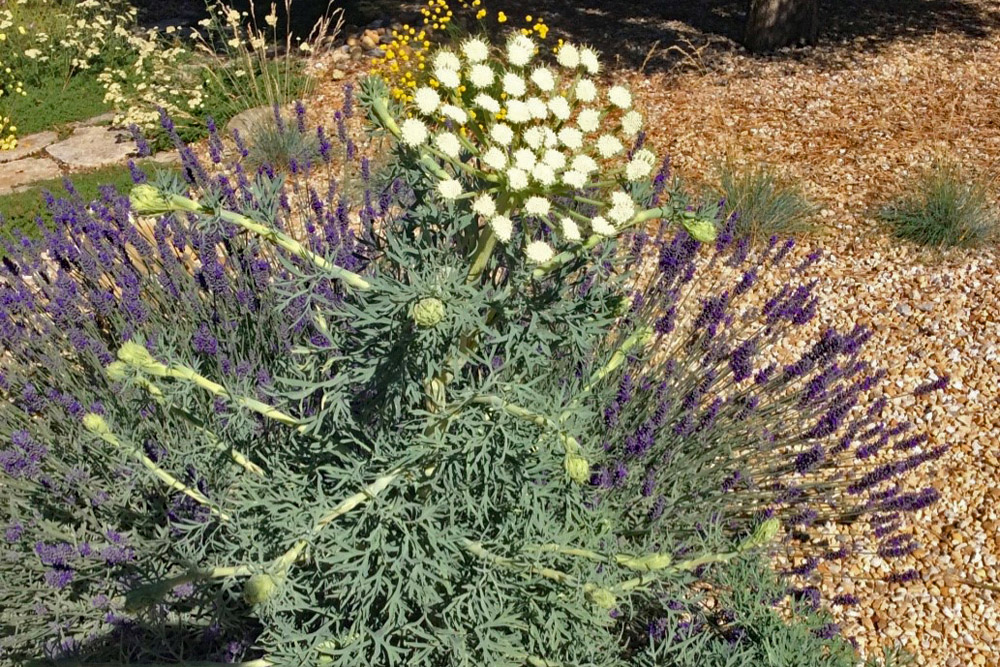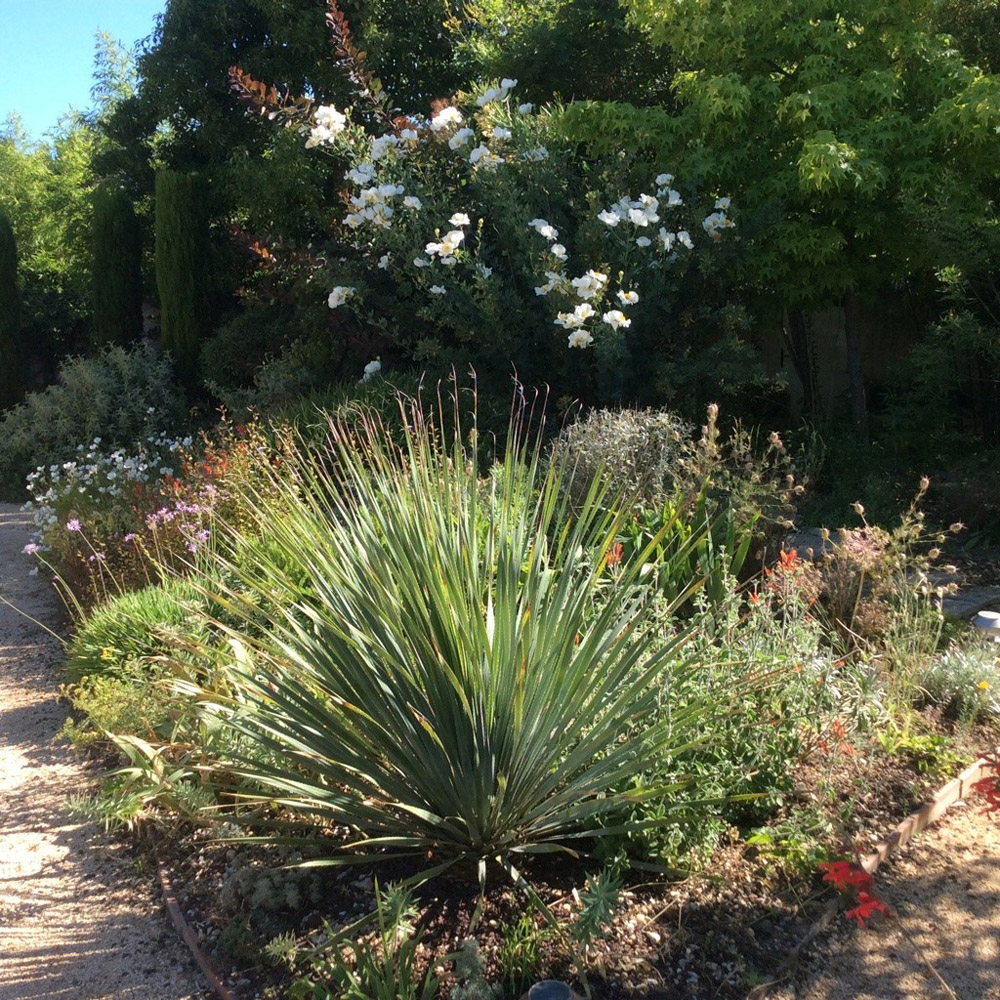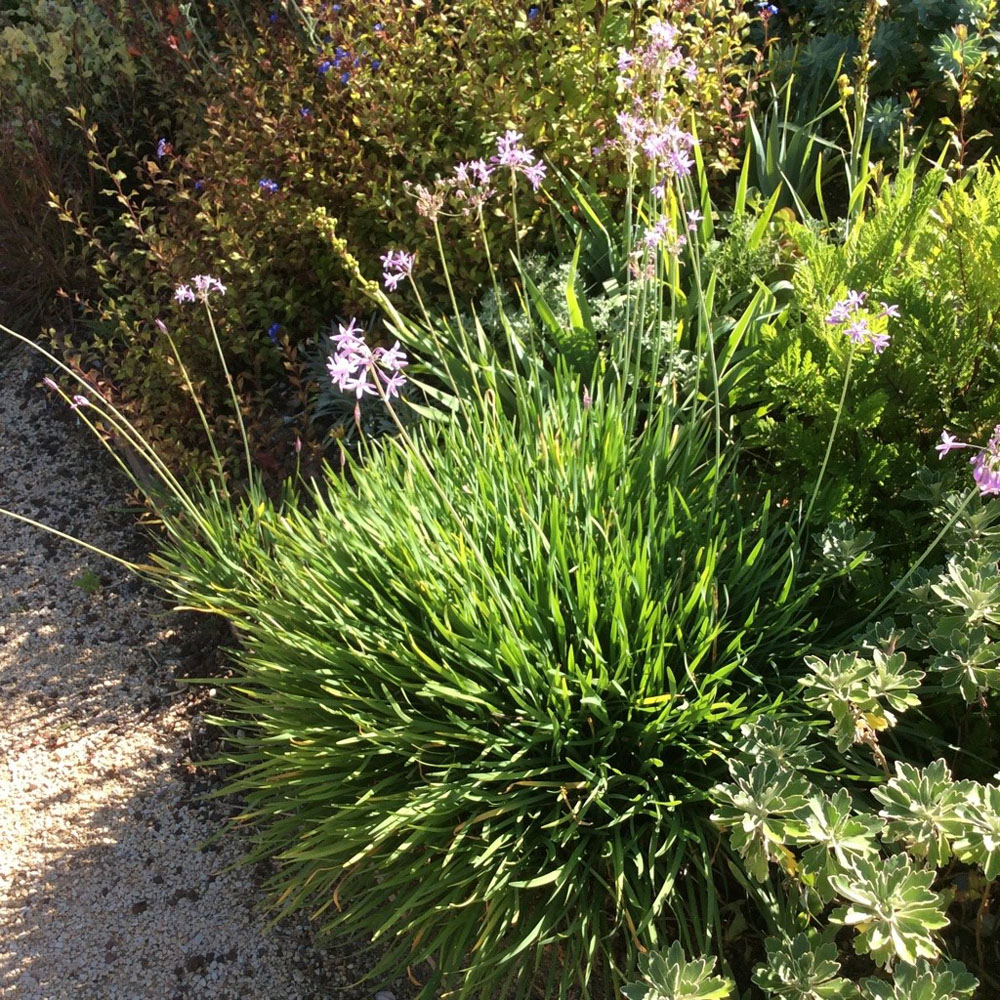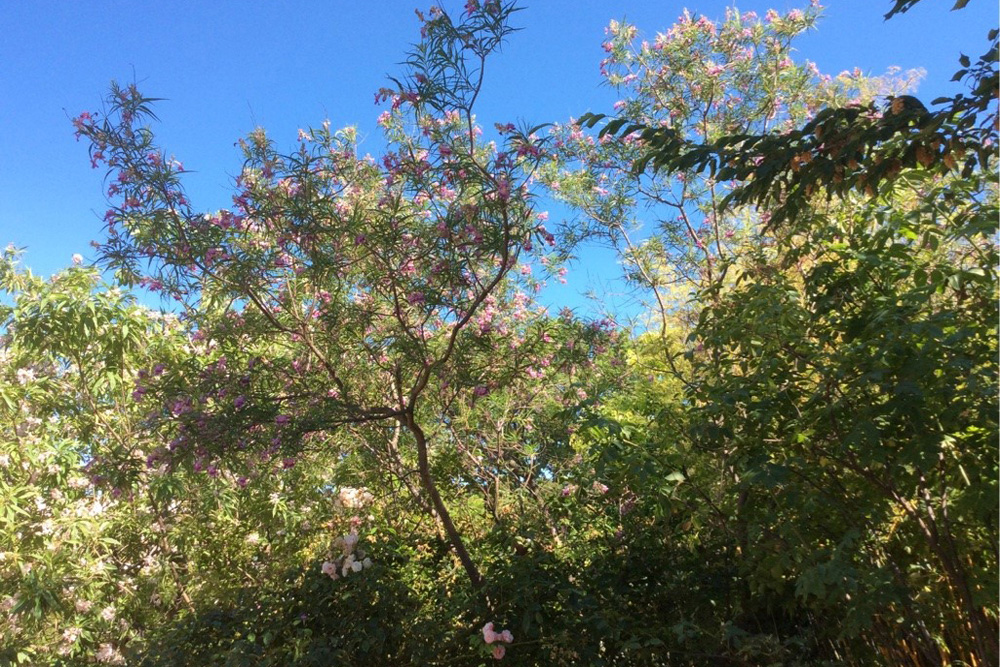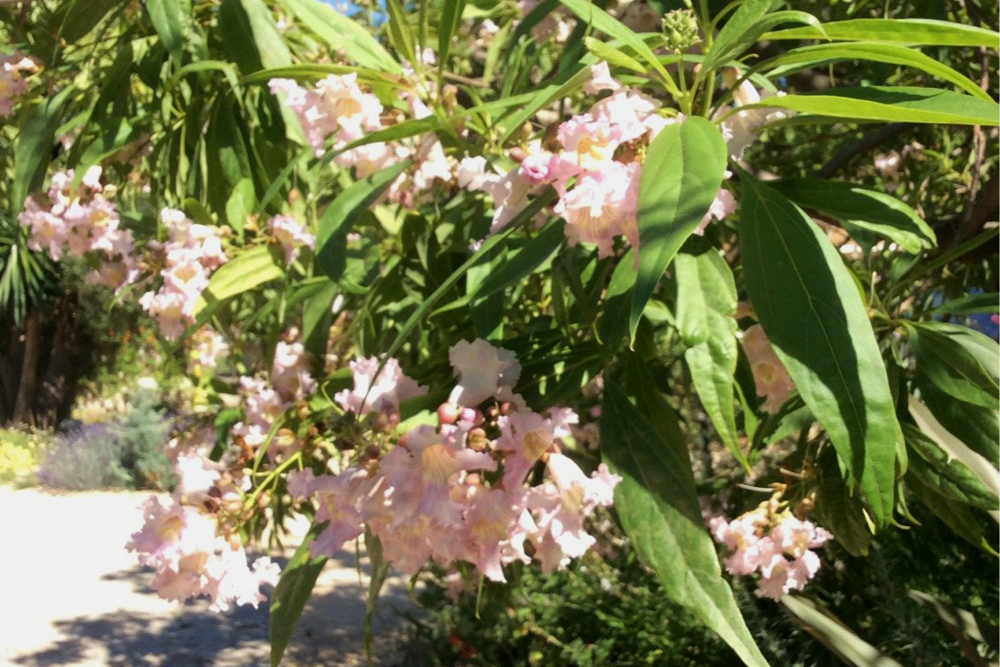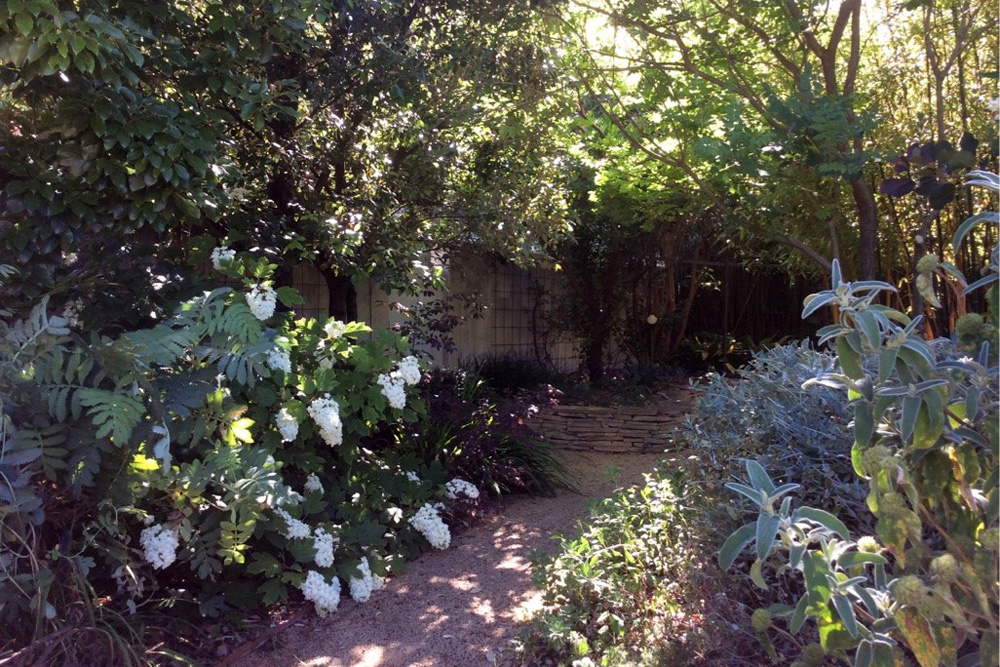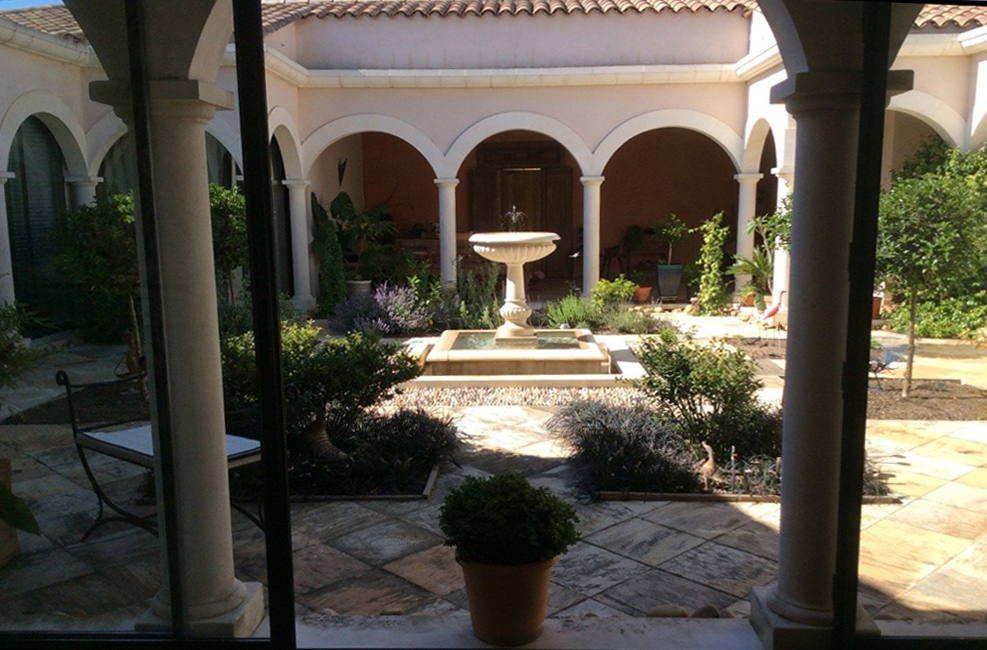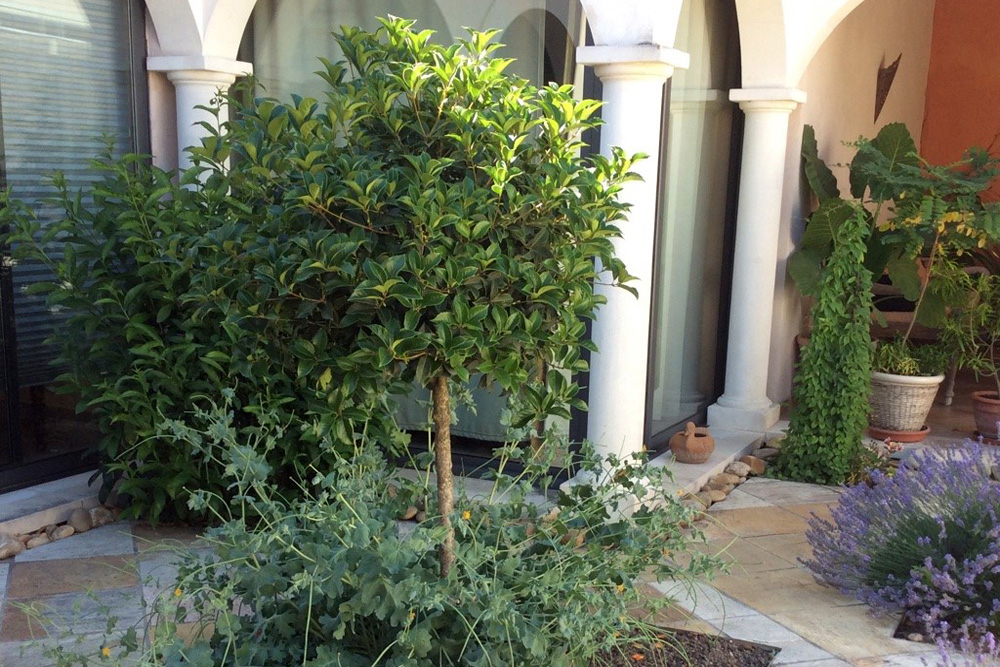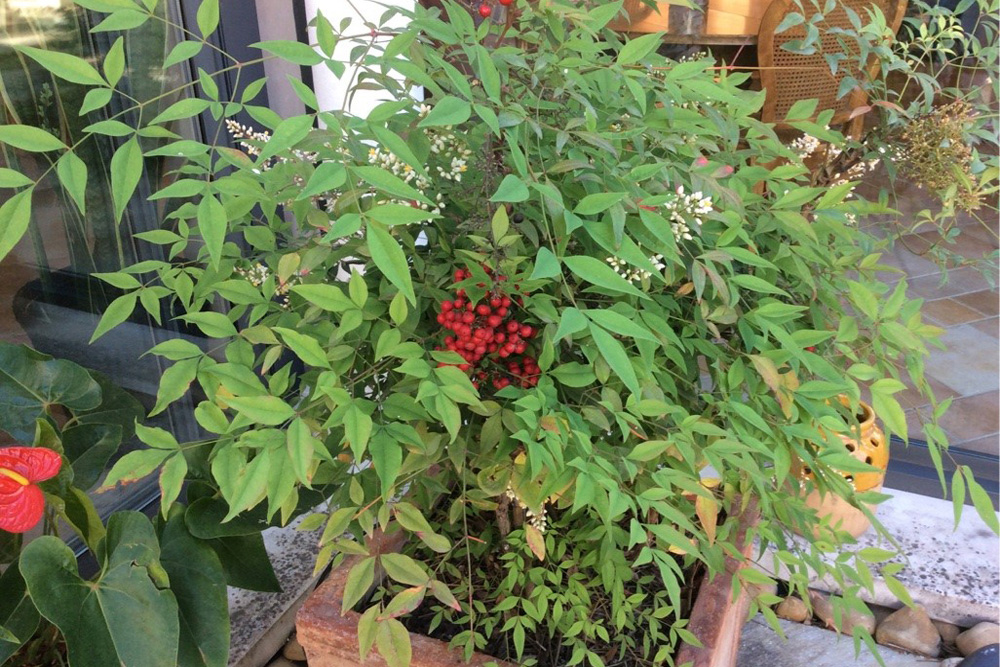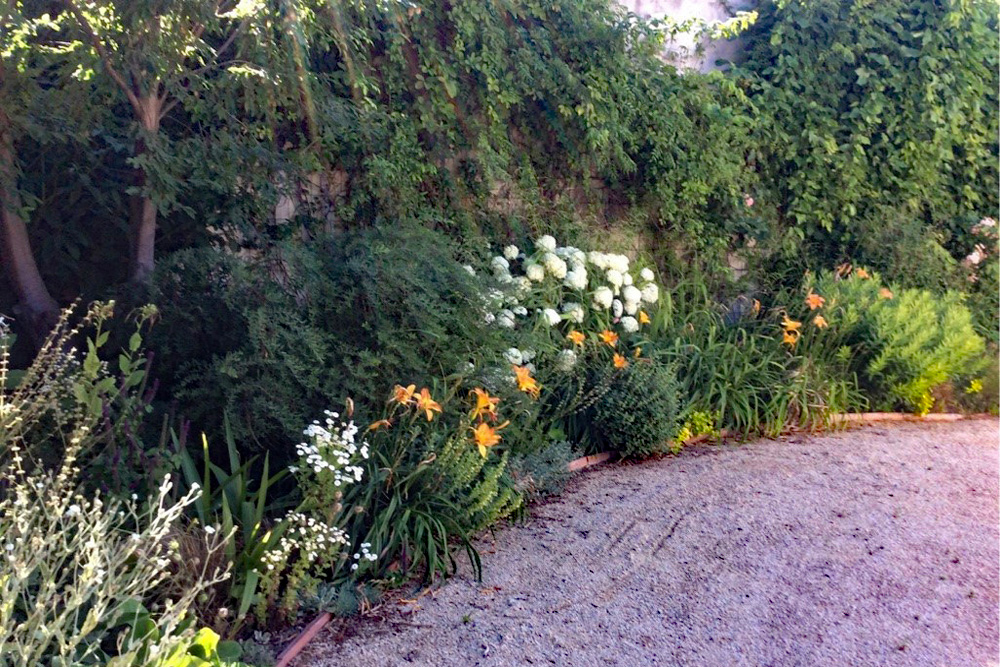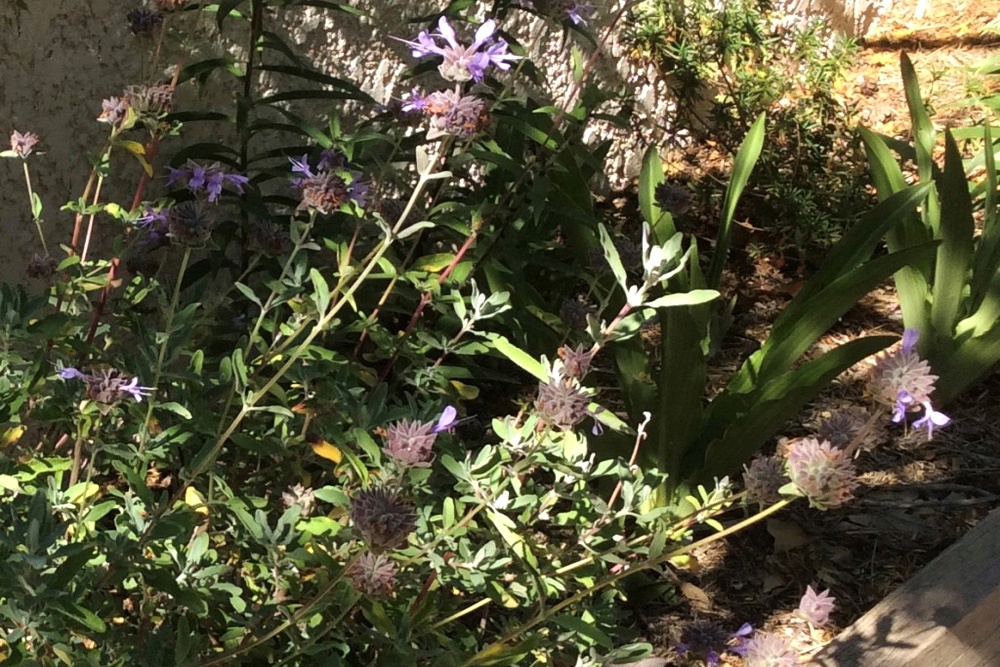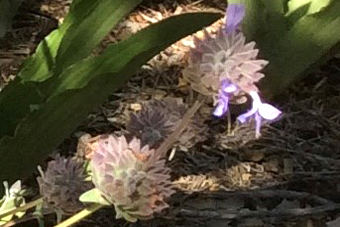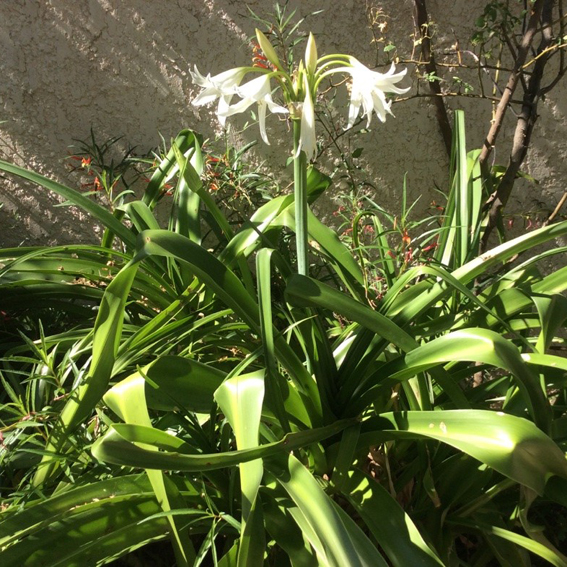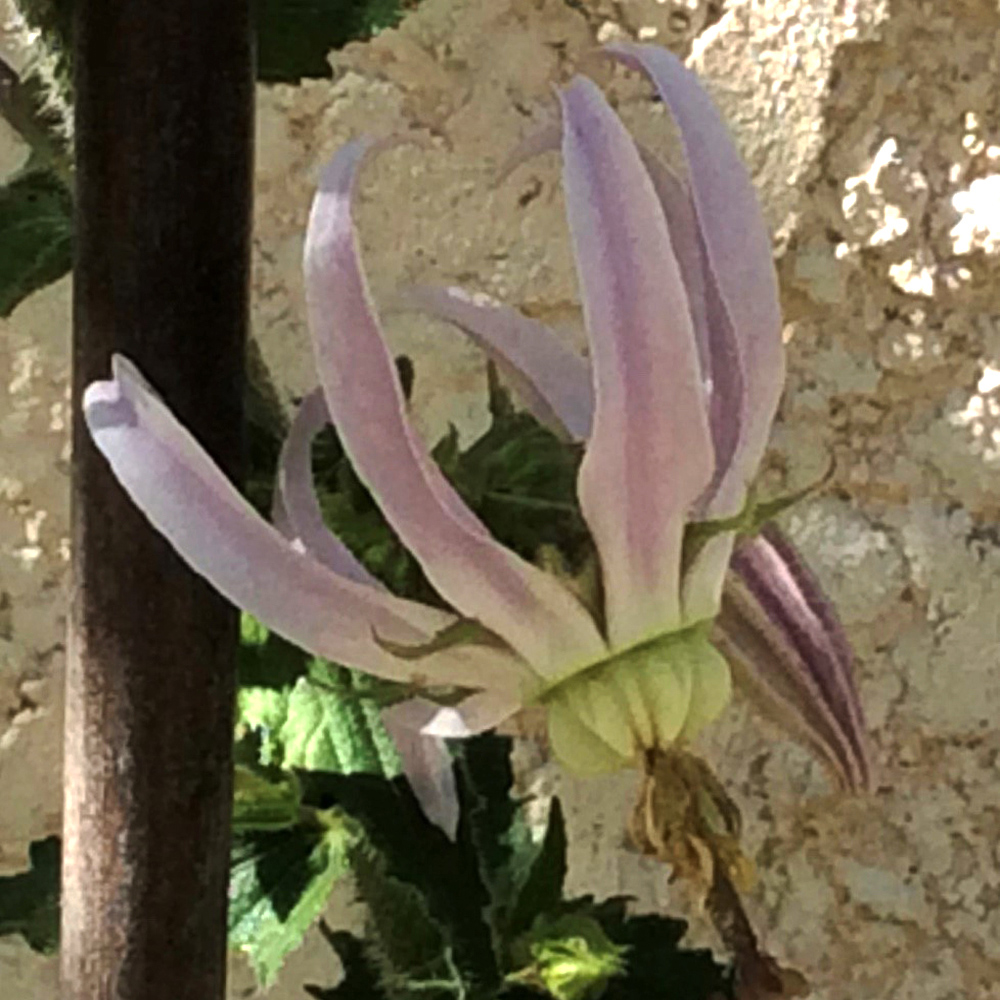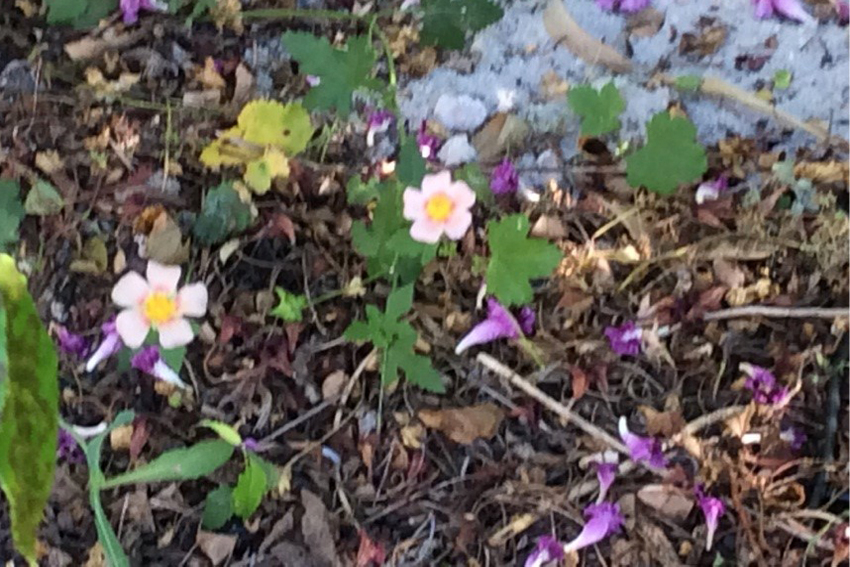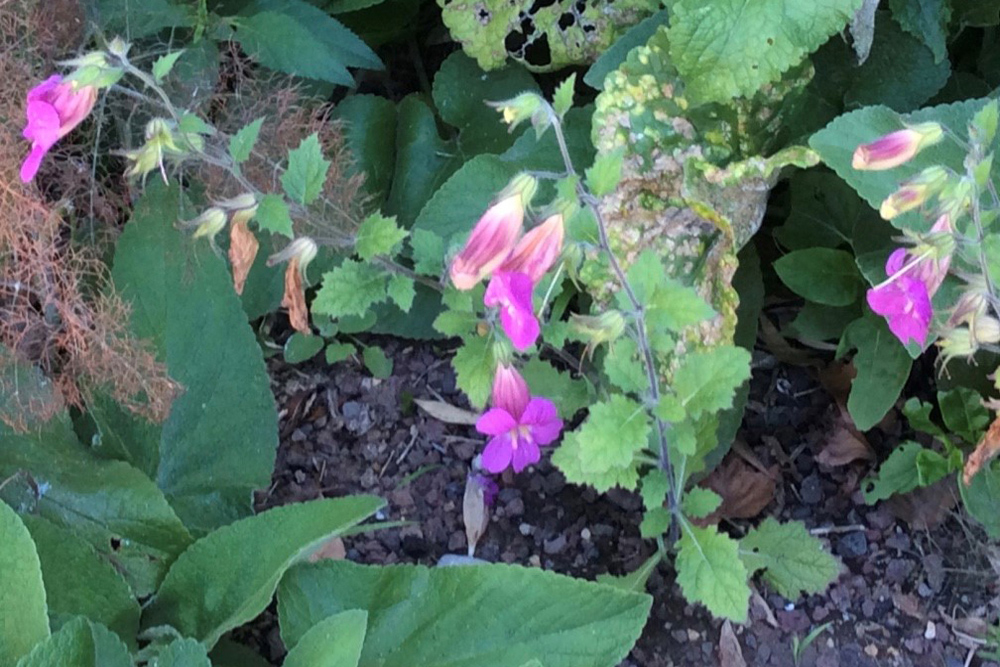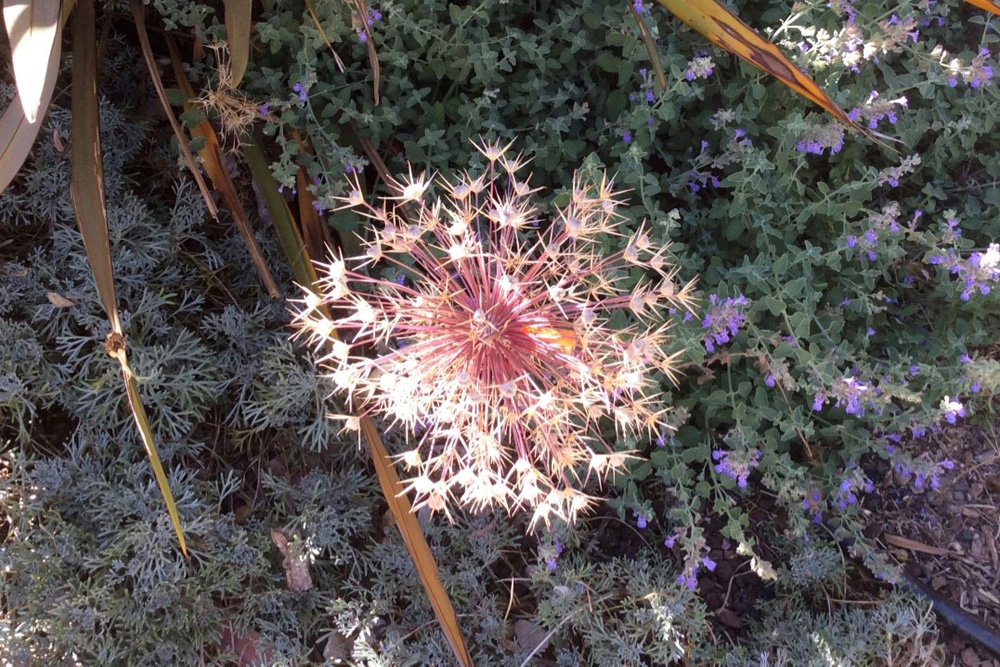A project to reconstruct a Mediterranean environment
Projet de reconstruction d’un paysage méditerranéen
Situation: Cetona (Sienne) – Toscane, Italie
Lat. 42.95664799 N – Long. 11.89851489 E
Chiara Padovan is an olive grower and works in Veneto and Tuscany. She already tends 1,309 olive trees of different ages and cultivars. This new plantation, of 120 olive trees and Mediterranean plants on one hectare of land, is going to take place in Tuscany.
Chiara Padovan est oléiculteur et travaille en Vénétie et en Toscane. Elle entretient déjà 1 309 oliviers d’âges et de cultivars différents. Cette nouvelle plantation de 120 oliviers et plantes méditerranéennes sur un hectare de terrain se situera en Toscane.
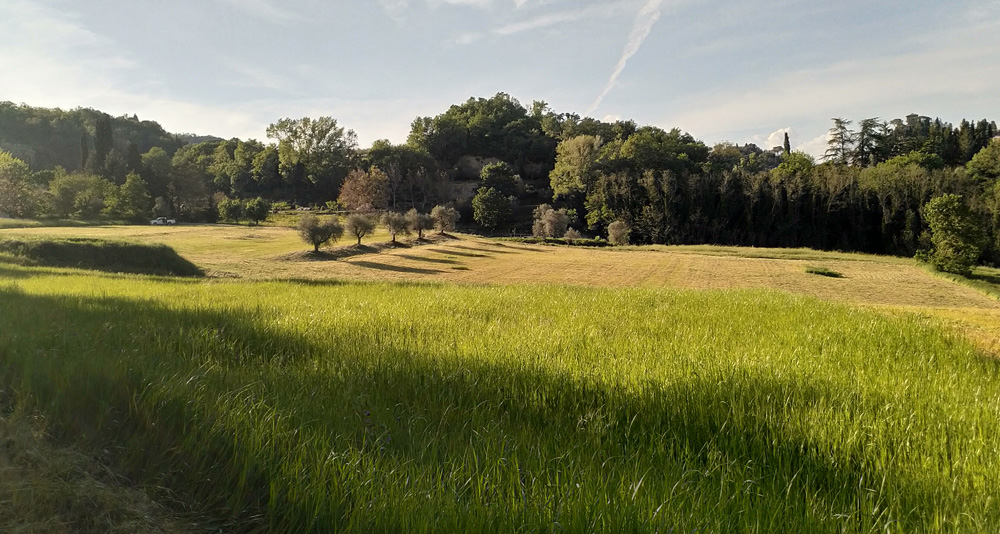
I don’t want to do modern planting, nor a monoculture. I imagine an integrated system of quintessentially Mediterranean plants, which, using different vegetative levels (trees, shrubs and herbaceous plants), will interact with each other in a collaborative way. Plants never grow alone, they are always together with others, interacting with each other and creating a community.
Je ne veux pas faire de plantations modernes, ni de monoculture. J’imagine un système intégré de plantes typiquement méditerranéennes, qui, utilisant différents niveaux végétatifs (arbres, arbustes et plantes herbacées), vont interagir entre elles de manière collaborative. Les plantes ne poussent jamais seules, elles sont toujours ensemble, interagissant les unes avec les autres et créant une communauté.
The choice of what to plant with the olive trees is based on the study of natural evolution typical of environments in transition. This type of habitat has a higher level of biodiversity.
Le choix de ce qu’il faut planter avec les oliviers est basé sur l’étude de l’évolution naturelle typique des milieux en transition. Ce type d’habitat a un niveau de biodiversité plus élevé.
The aim of the project is to plant fruit trees, forest trees, shrubs and aromatic plants in a high density, complex, composite planting scheme. The arrangement and choice of plant types will follow the relationships of the different layers and ecological succession* over time.
L’objectif du projet est de planter des arbres fruitiers, des arbres forestiers, des arbustes et des plantes aromatiques dans un schéma de plantation composite à haute densité et complexe. La disposition et le choix des végétaux suivront les relations des différentes strates et la succession écologique* dans le temps.
The structure and composition of the plant associations will undergo spatial and temporal variations determined by the growth and development of the individual entities. Associations will change as plants succeed each other, not only because they follow environmental variations, but also because they are the cause of it. The characteristics, relationships and distribution of the community of plants will in turn create and determine its own microclimate, an interaction with the climatic conditions of the area and the soil characteristics.
La structure et la composition des associations végétales subiront des variations spatiales et temporelles déterminées par la croissance et le développement des entités individuelles. Les associations vont changer au fur et à mesure que les plantes se succèdent, non seulement parce qu’elles suivent les variations environnementales, mais aussi parce qu’elles en sont la cause. Les caractéristiques, les relations et la distribution de la communauté de plantes créeront et détermineront à leur tour un propre microclimat, une interaction avec les conditions climatiques de la région et les caractéristiques du sol.
Critical issue: It is possible to create plantations of several species, but the transition from a simple plantation to a ‘community’, able to evolve and sustain itself, according to natural successional patterns, is a rare event.
Enjeu critique : Il est possible de créer des plantations de plusieurs espèces, mais le passage d’une simple plantation à une « communauté », capable d’évoluer et de se maintenir, selon des schémas de succession naturels, est un événement rare.
With the exception of the olive trees, which I bought in a nursery, all the other plants have been propagated from seed or from shoots collected from nearby natural areas. Tree species, in particular, have been chosen from the communities of the region.
A l’exception des oliviers que j’ai achetés en pépinière, toutes les autres plantes ont été multipliées à partir de graines ou de pousses récoltées dans des zones naturelles proches. Les espèces d’arbres, en particulier, ont été choisies parmi les communautés de la région
Olive trees / Les oliviers
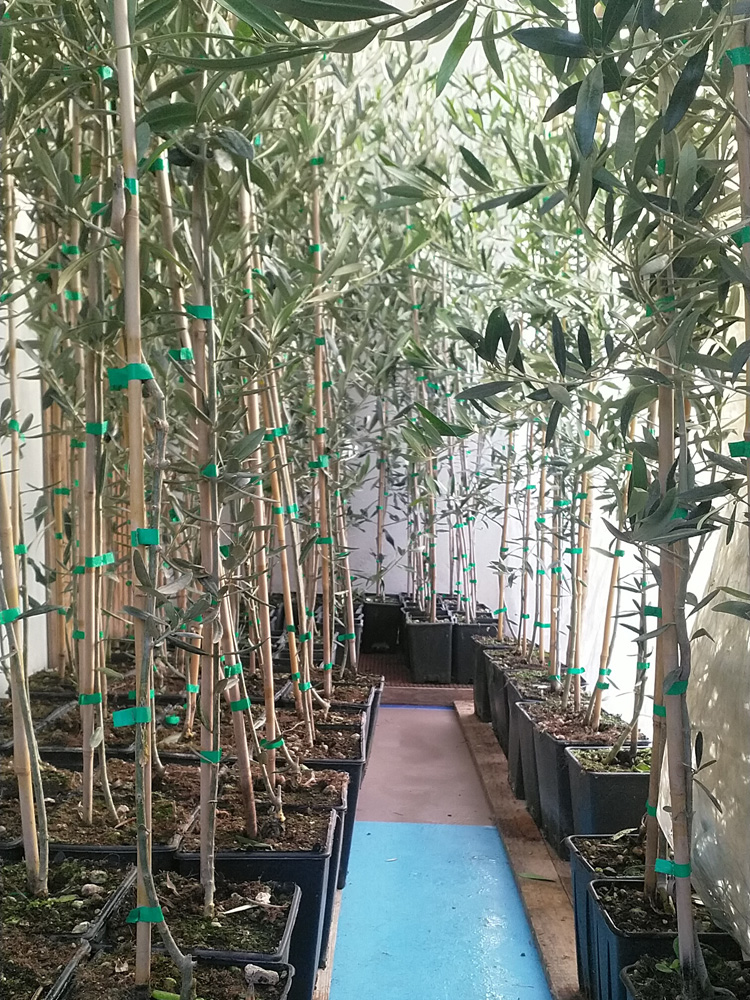
Cultivars
The Correggiolo olive tree is a cultivar originally from the Florentine area but now widespread throughout Tuscany. It produces an oil of excellent flavour, intense and fruity, bitter and spicy, with a prevalent scent of fresh almond and light sensations of grass/leaf and artichoke.
L’olivier Correggiolo est un cultivar originaire de la région florentine mais maintenant répandu dans toute la Toscane. Il produit une huile d’excellente saveur, intense et fruitée, amère et épicée, avec un parfum prédominant d’amande fraîche et de légères sensations d’herbe/feuille et d’artichaut.
The Itrana olive tree is an original and typical cultivar of the province of Latina. It is also known as ‘Oliva di Gaeta’. The green, fruity oil has an aromatic profile characterised by hints of grass, almond, artichoke, tomato, apple and aromatic herbs.
L’olivier Itrana est un cultivar original et typique de la province de Latina. Il est également connu sous le nom de « Oliva di Gaeta ». L’huile verte et fruitée a un profil aromatique caractérisé par des notes d’herbe, d’amande, d’artichaut, de tomate, de pomme et d’herbes aromatiques.
.
The plan is to implement the project in stages. By not planting all the plants at the same time (as for some plants the existing conditions would not be conducive to their survival), I will nurture each type individually and as the habitat grows and evolves, I will choose the time to introduce the various seedlings.
Le plan est de mettre en œuvre le projet par étapes. En ne plantant pas toutes les plantes en même temps (car pour certaines plantes les conditions existantes ne seraient pas propices à leur survie), je vais nourrir chaque type individuellement et au fur et à mesure que l’habitat grandit et évolue, je choisirai le moment d’introduire les différentes plantules.
I have chosen to start from seeds due to the cost (buying all the seedlings from the nursery would be too expensive) but also to limit the risk of introducing new pathogens or fungi and avoiding the input of uncontrolled, unsterilised cultivation soil, from nurseries.
J’ai choisi de produire les plantes à partir de semis en raison du coût (acheter tous les plants de la pépinière serait trop cher) mais aussi pour limiter le risque d’introduction de nouveaux pathogènes ou champignons et éviter l’apport de terre de culture non maîtrisée, non stérilisée, issue des pépinières.
Furthermore, seeds contain the plant’s genetic heritage which is the basis of its evolution and adaptability to climate change. It has been demonstrated that exposing a plant to stress can raise its natural defenses, not only in the single plant but also in its progeny. Plants evolve and this progress is passed on to their seeds.
De plus, les graines contiennent le patrimoine génétique de la plante qui est à la base de son évolution et de son adaptabilité au changement climatique. Il a été démontré que l’exposition d’une plante à un stress peut augmenter ses défenses naturelles, non seulement chez la plante seule mais aussi chez sa descendance. Les plantes évoluent et ce progrès est transmis à leurs graines.
All plants produce seeds: it is their way of spreading and transmitting their genes, and therefore of surviving climate change. There are seeds that are more or less easy to germinate, but the potential is there for all seeds.
Toutes les plantes produisent des graines : c’est leur manière de diffuser et de transmettre leurs gènes, et donc de survivre au changement climatique. Il existe des graines plus ou moins faciles à faire germer, mais le potentiel est là pour toutes les graines.
This is an ambitious project. In addition to integrating varieties of different species, it aims to increase the genetic heritage by drawing on resources from various parts of the Mediterranean-climate region. The seeds are the wayfarers who carry this heritage with them.
C’est un projet ambitieux. En plus d’intégrer des variétés d’espèces différentes, il vise à accroître le patrimoine génétique en puisant dans les ressources de diverses parties de la région de climat méditerranéen. Les graines sont les voyageuses qui portent cet héritage en elles.
List of selected plants / Liste des plantes choisies :
Achillea millefolium
Arbutus unedo
Ceratonia siliqua
Cydonia oblonga
Euphorbia dendroides
Helichrysum
Laburnum anagyroides
Lavandula stoechas
Ligustrum vulgare
Myrtus communis
Olea europaea var. sylvestris
Pistacia lentiscus
Phillyrea angustifolia
Phillyrea latifolia
Quercus ilex
Quercus pubescens
Rhamnus alaternus
Rosmarinus officinalis
Salvia officinalis
Teucrium fruticans
Teucrium flavum
Thymus capitatus
Thymus vulgaris
.
.
*Ecological succession
Plants naturally follow one another on any piece of soil – from pioneer plants (often grasses), continuing with shrub species and small trees and ending with forests. This process also takes place on abandoned cultivated areas.
*Succession écologique
Les plantes se succèdent naturellement sur n’importe quel type de sol – des plantes pionnières (souvent des graminées), en passant par les espèces arbustives et les petits arbres et en terminant par les forêts. Ce processus a également lieu sur des zones cultivées abandonnées.
.
Further reading:
Syntropic farming by Ernst Götsch
“The method, in essence, is an attempt at imitating nature. In nature most species live in consortium with other species and need these other species for their optimal growth. Furthermore, in nature, plant consortia succeed one another in a dynamic, ongoing process called “natural species succession”. Destroyed, depleted or leached out sites are colonised by pioneer species. These pioneers are succeeded by secondary forest species which are, in turn, succeeded by primary forest species. Similarly, I use pioneers to recover soils in the initial phases of the new plantations, and I also use at later stages the dynamics of natural species succession as the driving force which ensures the health and vigour of the plants.”
Lecture complémentaire :
Syntropic farming by Ernst Götsch
« La méthode, par essence, est une tentative d’imitation de la nature. Dans la nature, la plupart des espèces vivent en consortium avec d’autres espèces et ont besoin de ces autres espèces pour leur croissance optimale. De plus, dans la nature, les consortiums végétaux se succèdent dans un processus dynamique et continu appelé « succession naturelle des espèces ». Les sites détruits, appauvris ou lessivés sont colonisés par des espèces pionnières. A ces pionnières succèdent des essences forestières secondaires qui sont à leur tour succédées par des essences forestières primaires. De même, j’utilise des pionnières pour récupérer les sols dans les phases initiales des nouvelles plantations, et j’utilise également dans les phases ultérieures la dynamique de la succession naturelle des espèces comme moteur qui assure la santé et la vigueur des plantes.
Text and photos : Chiara Padovan
![]()

